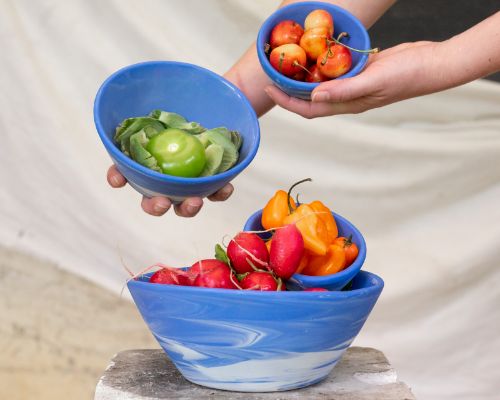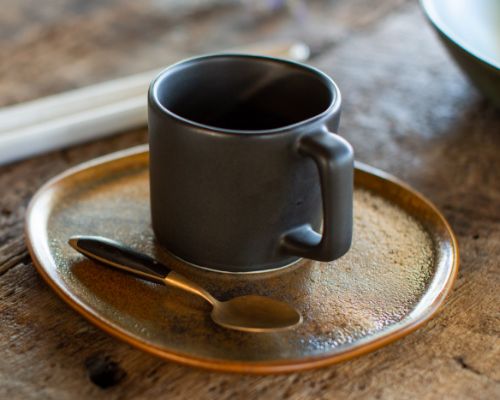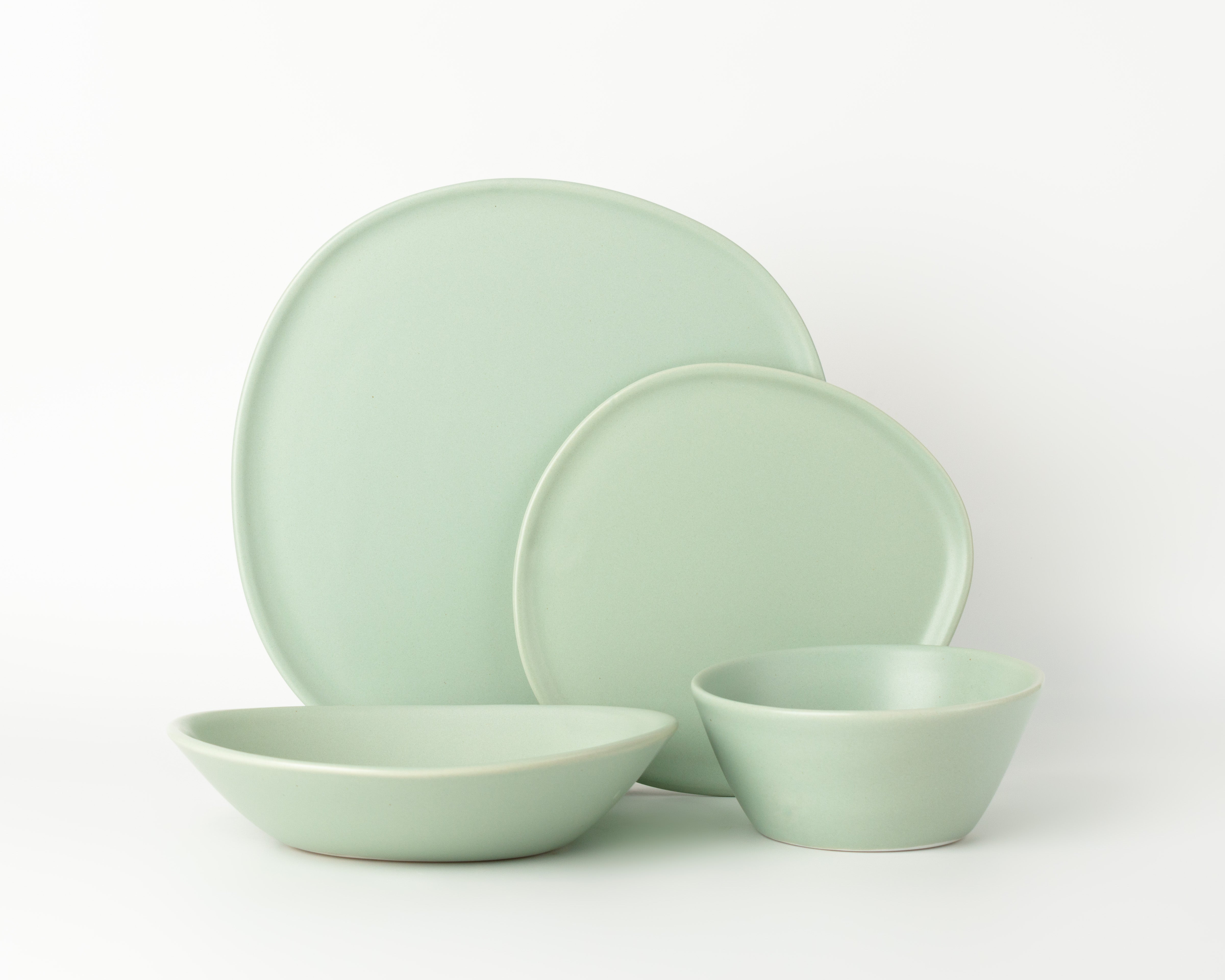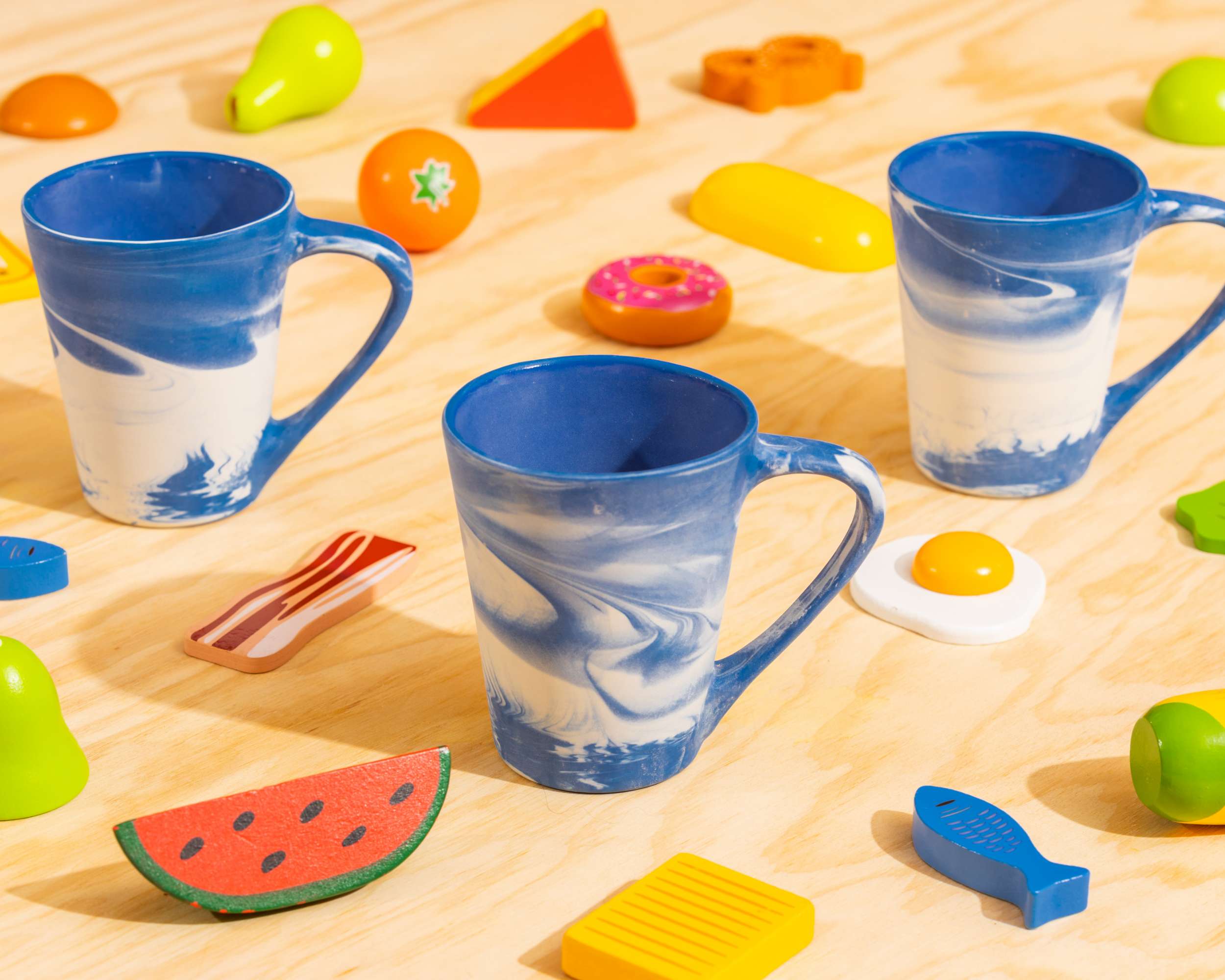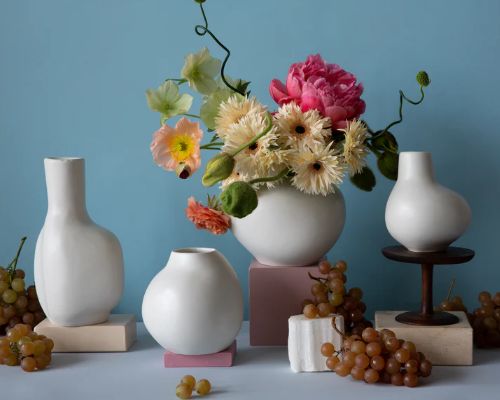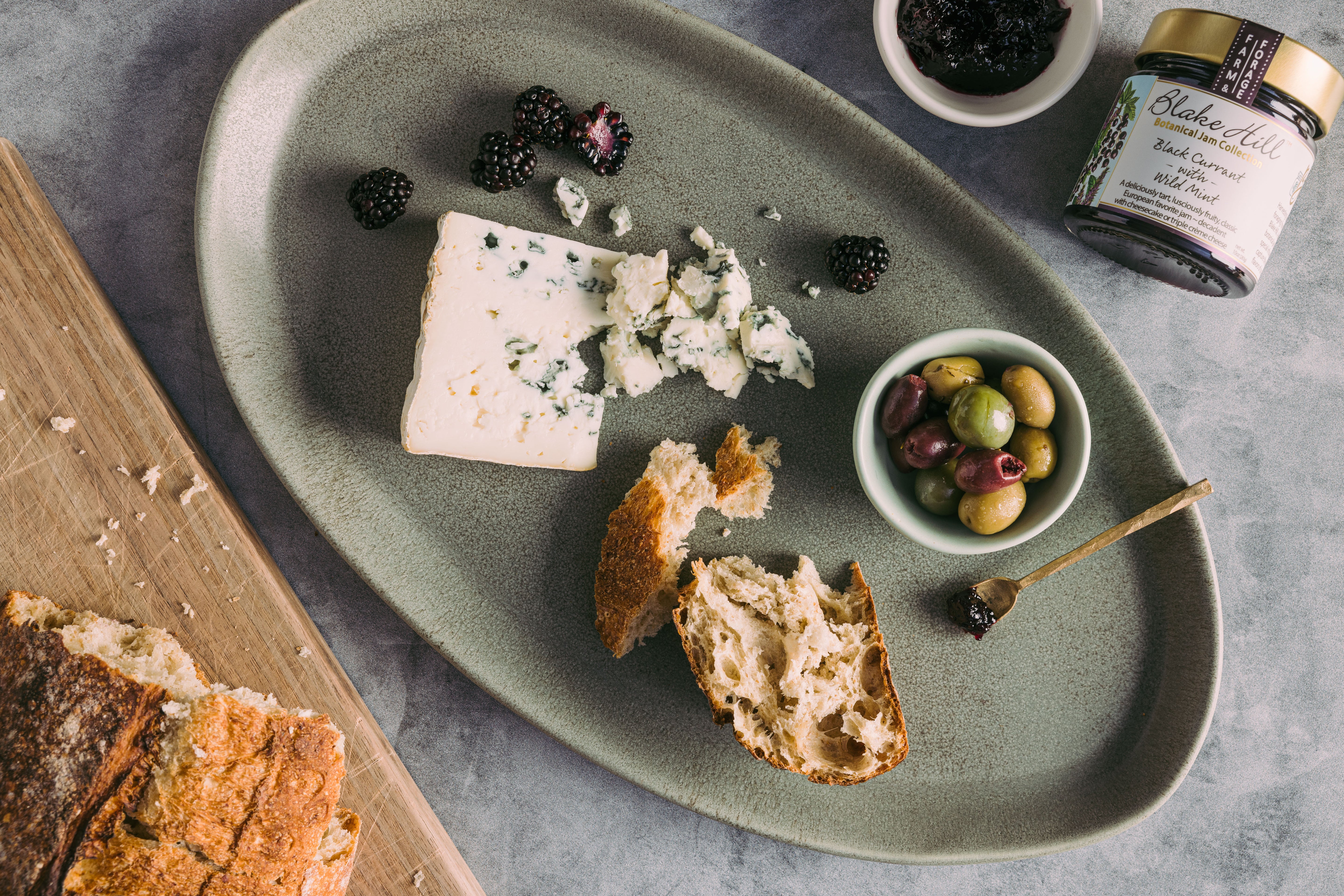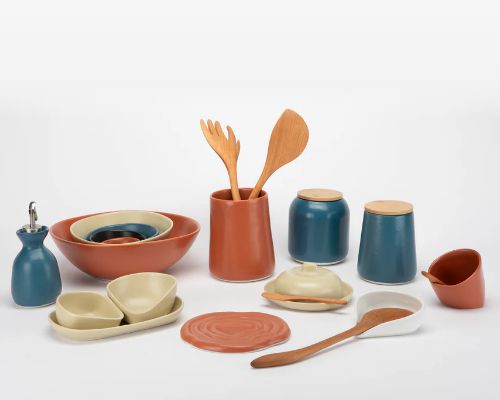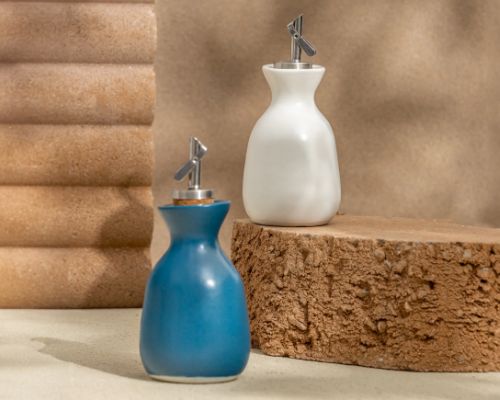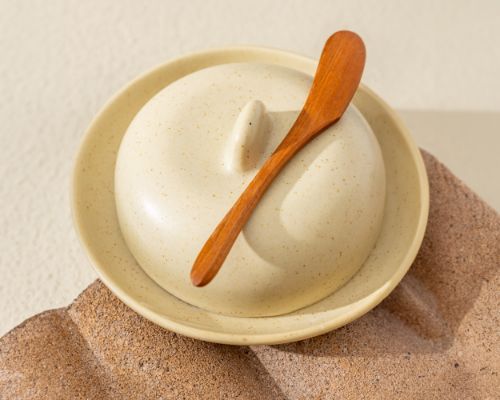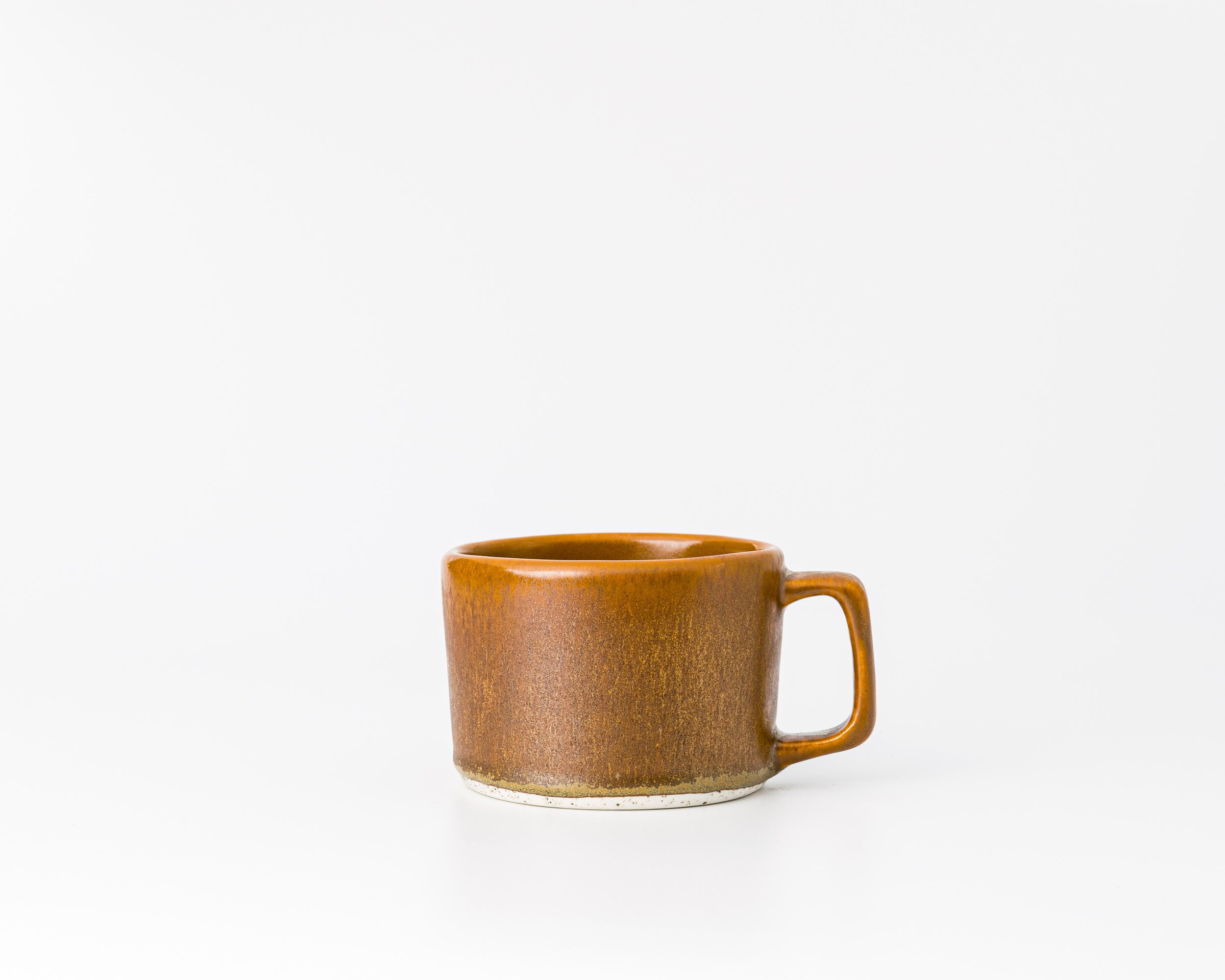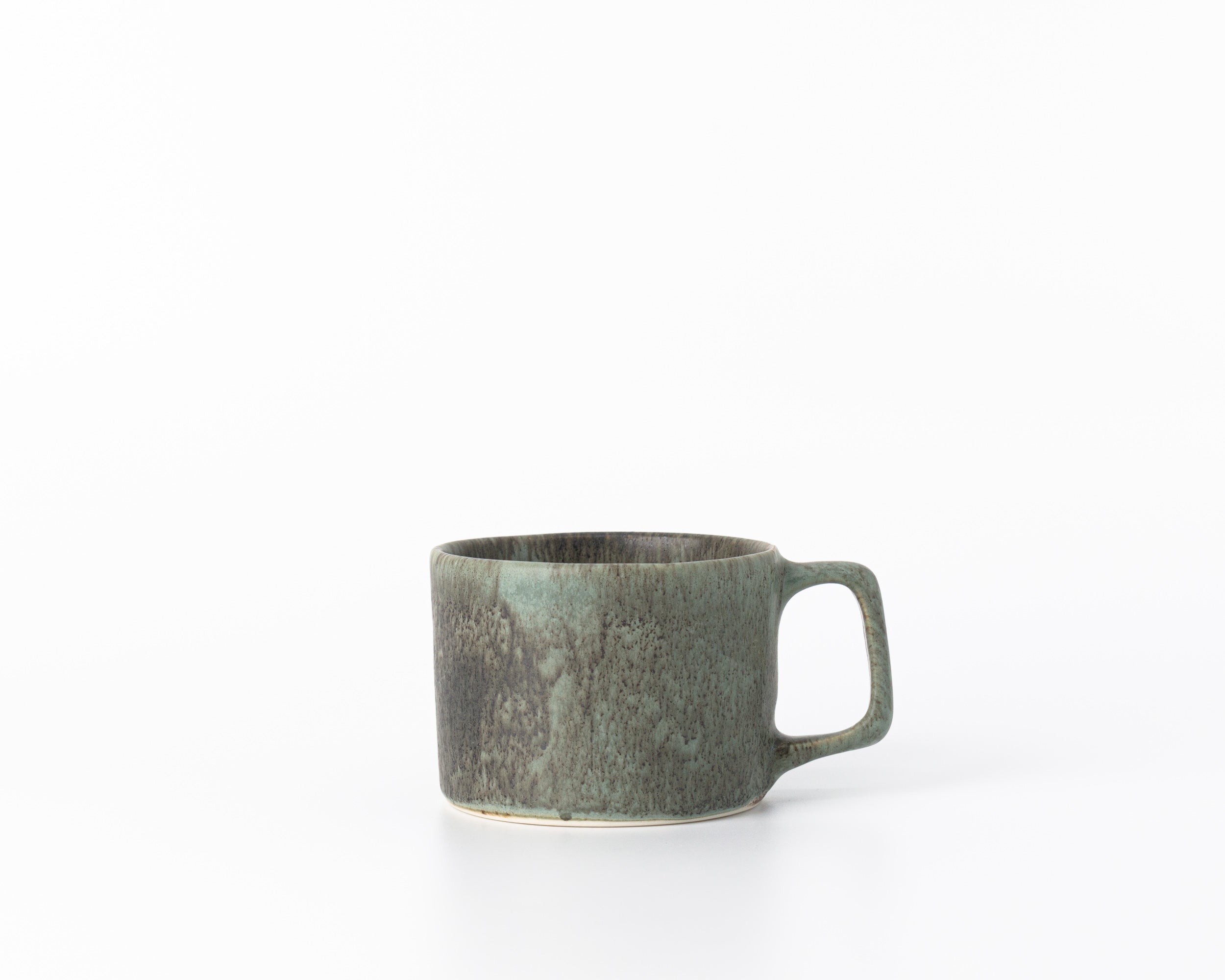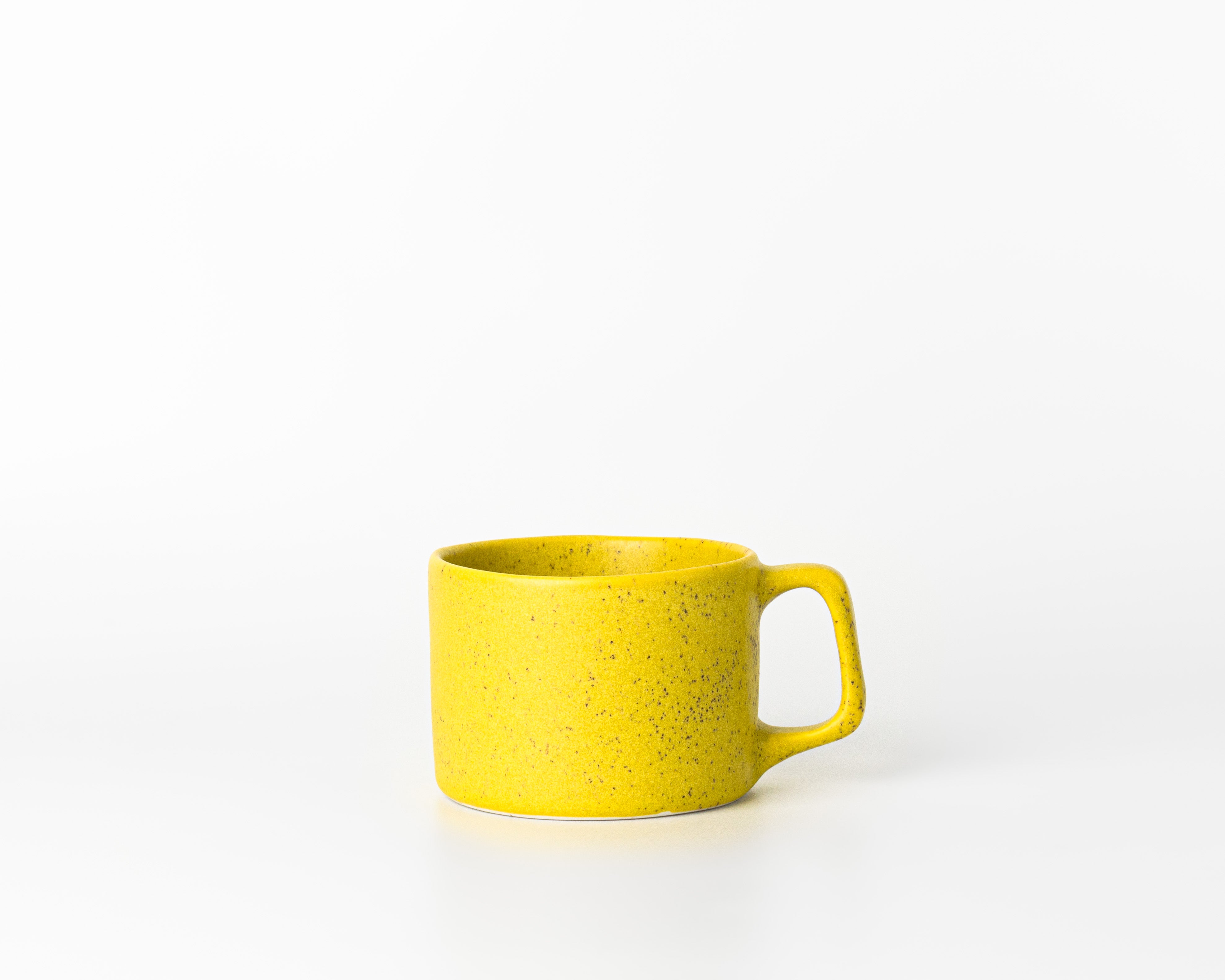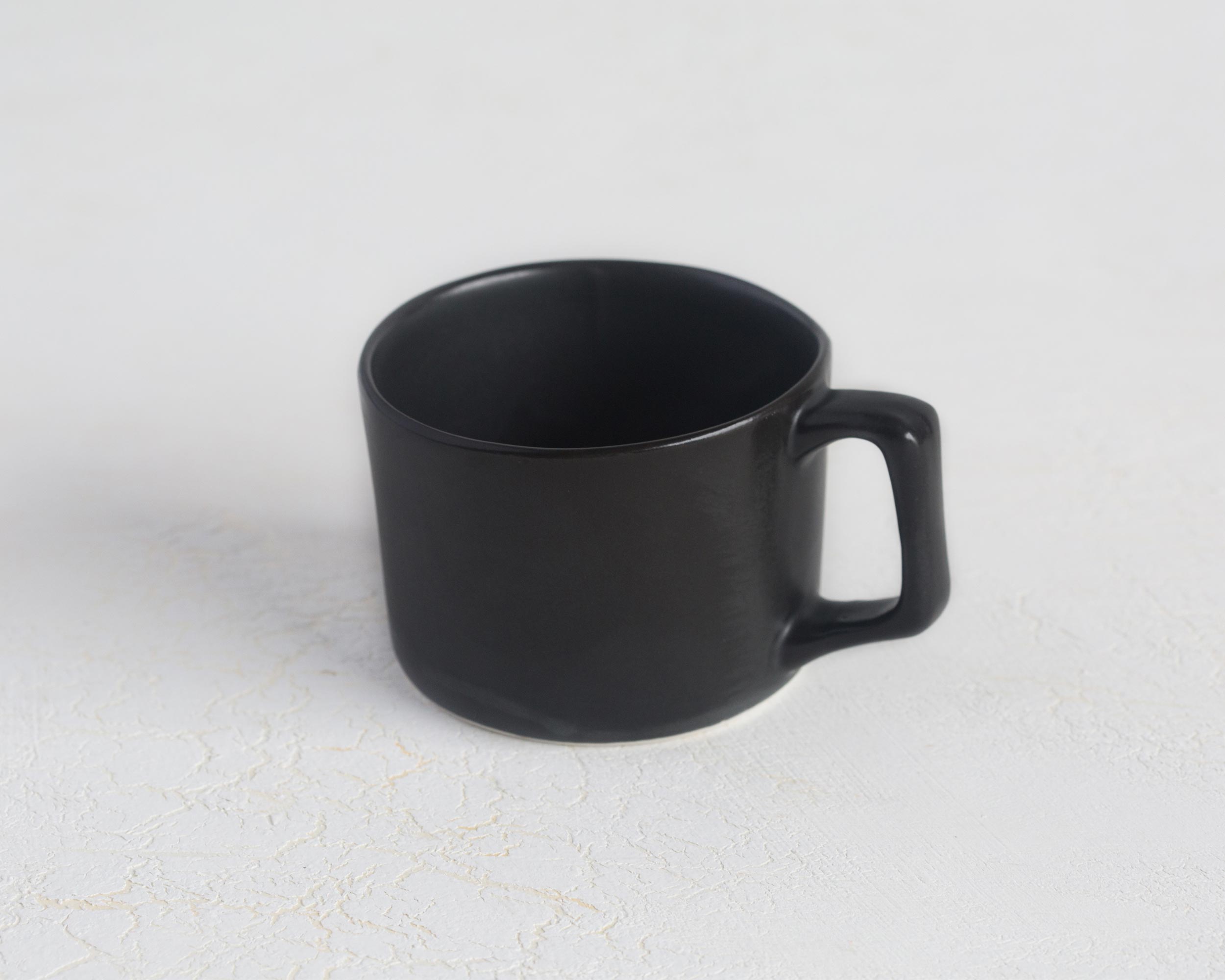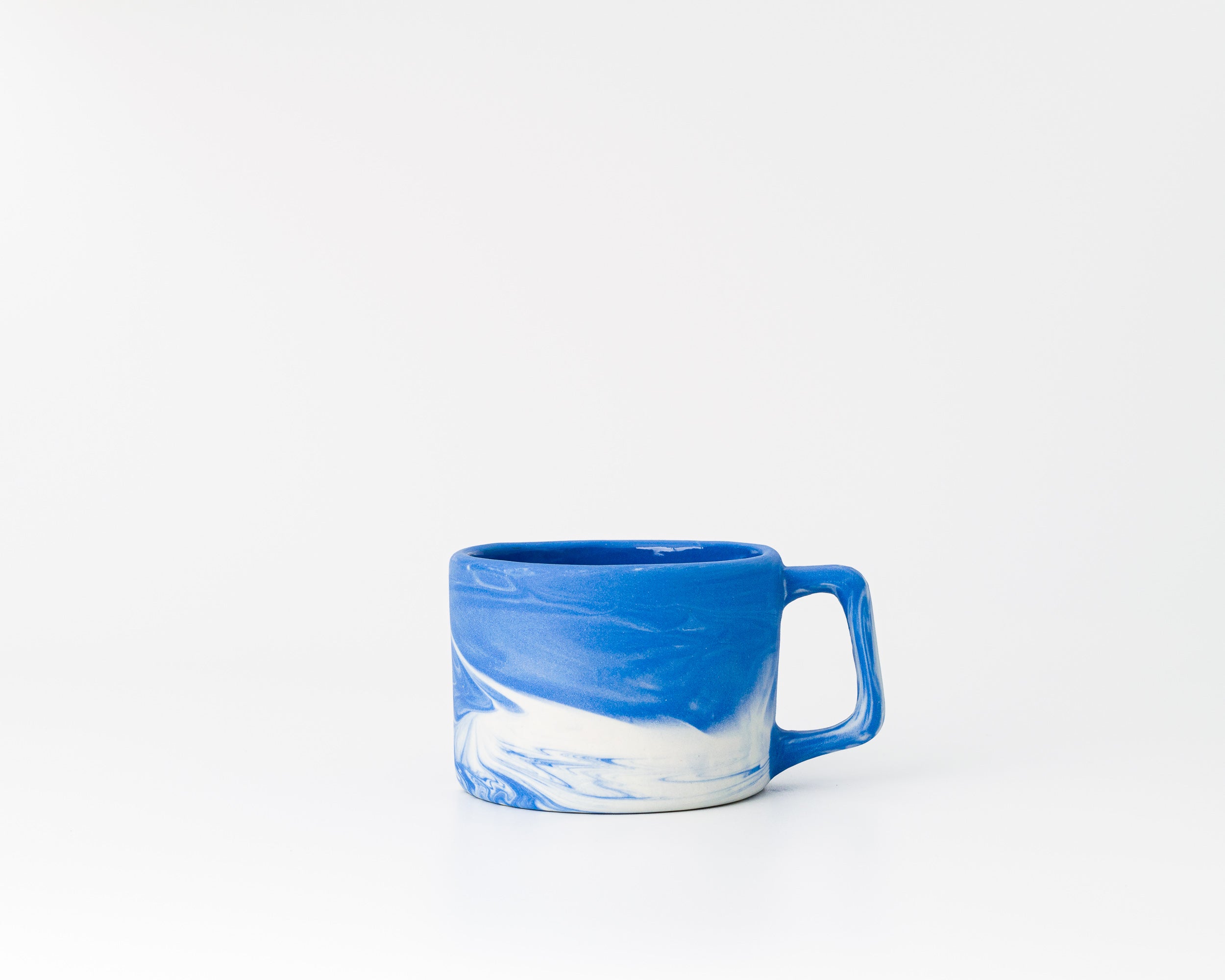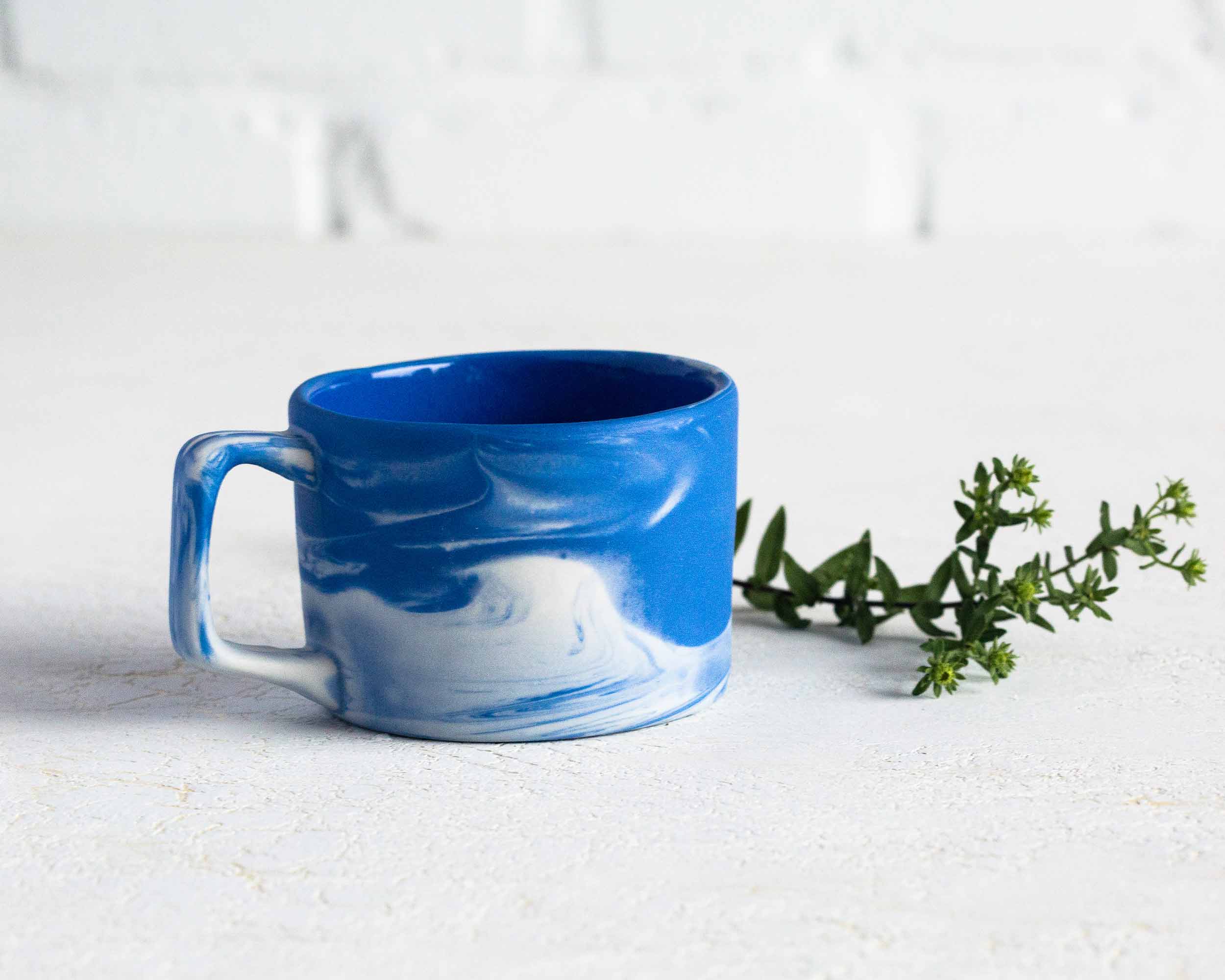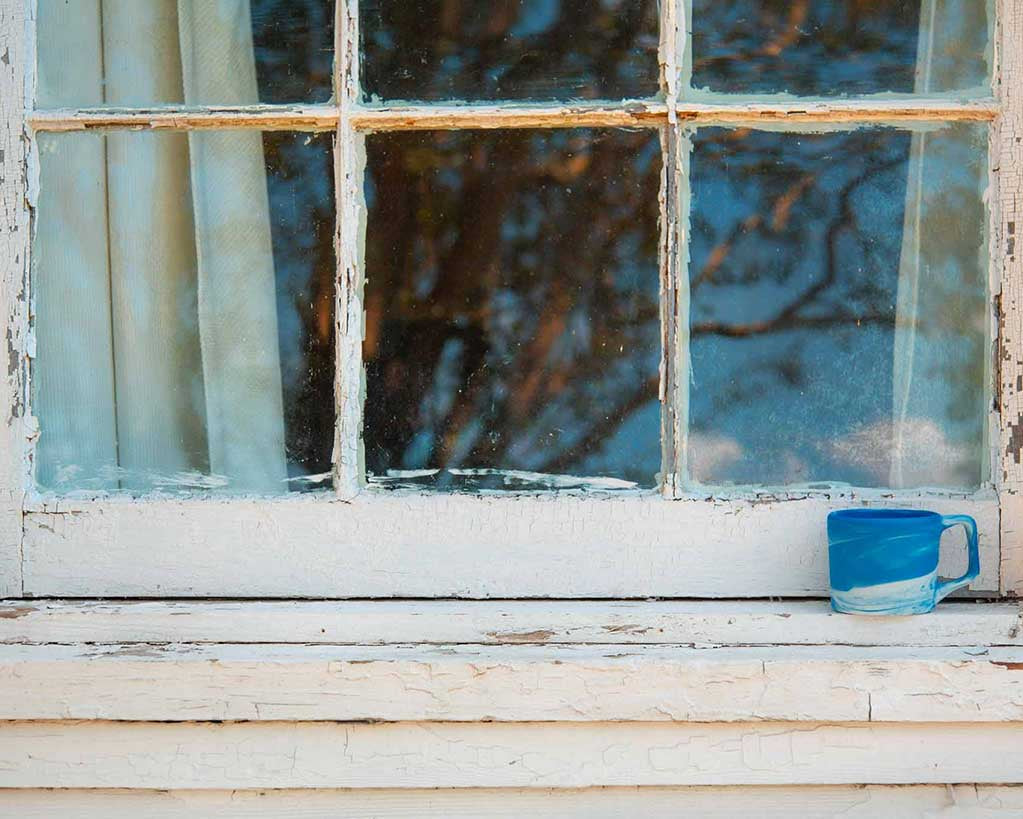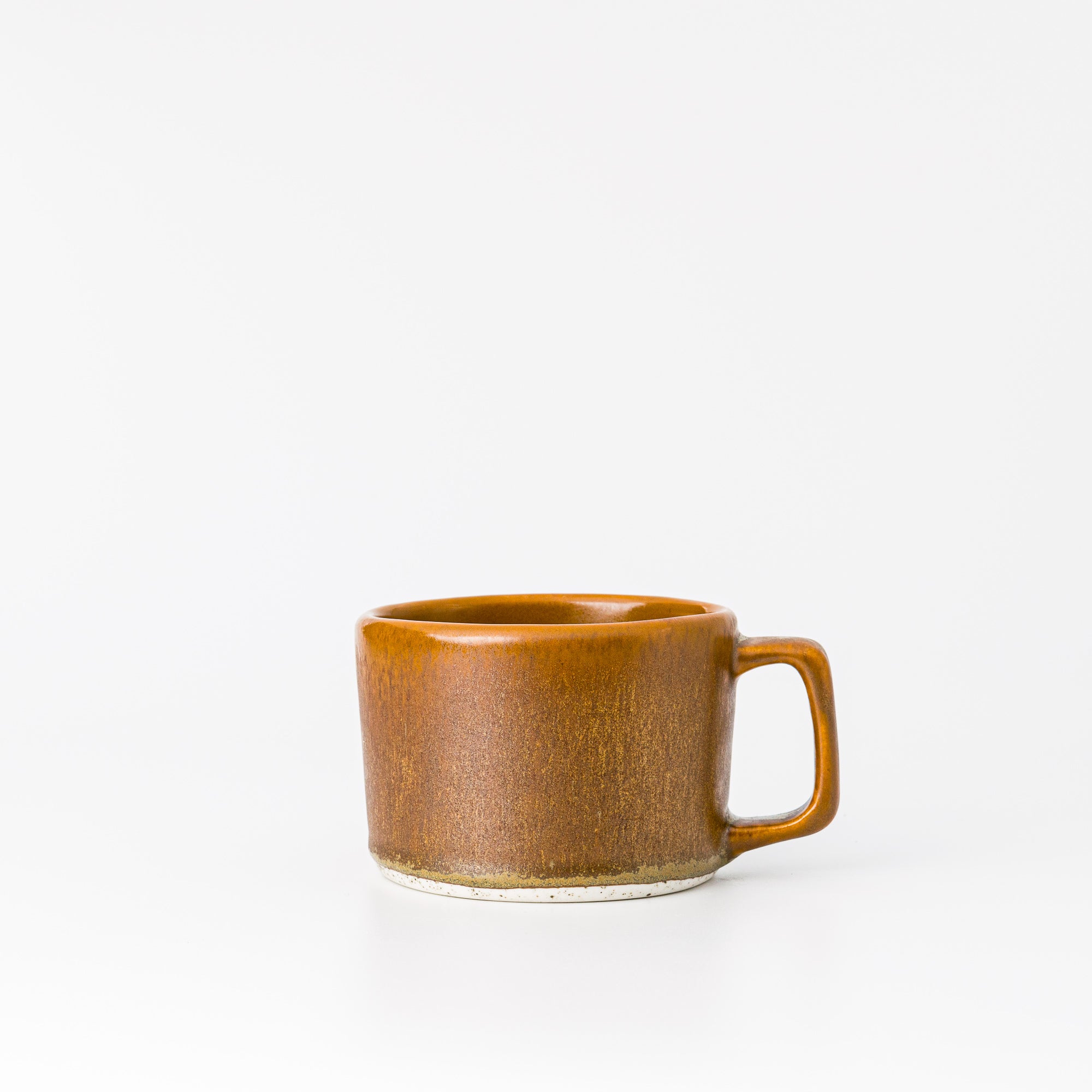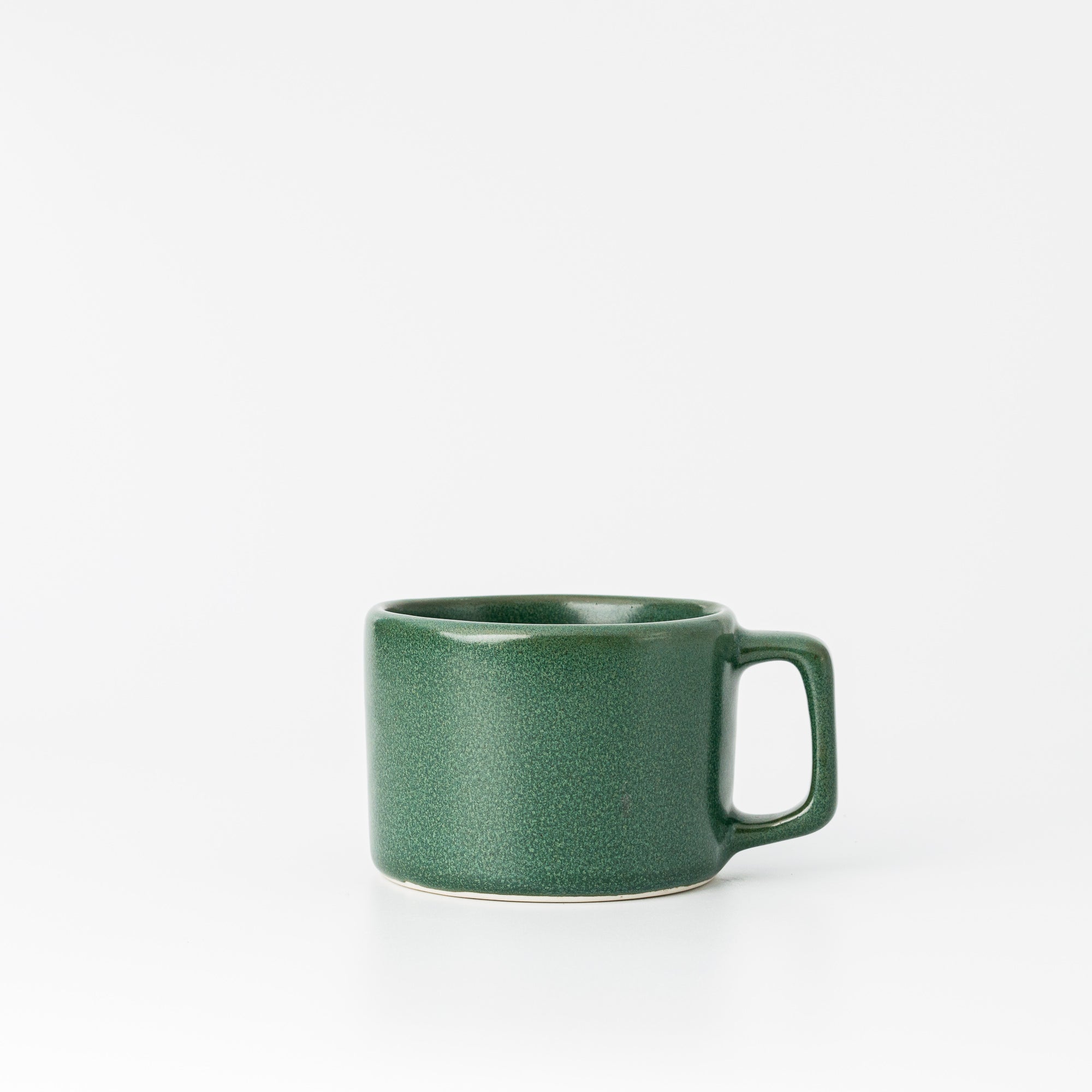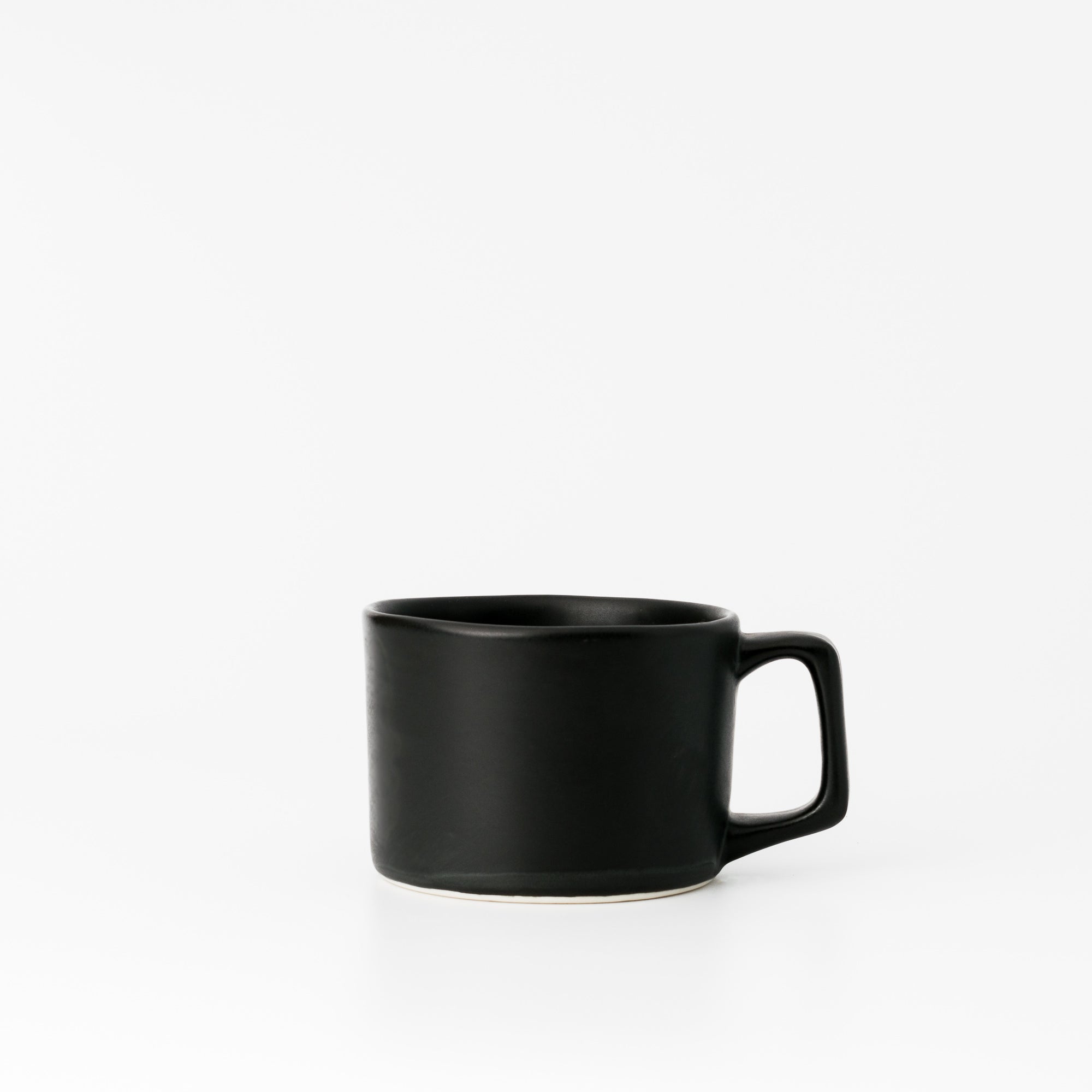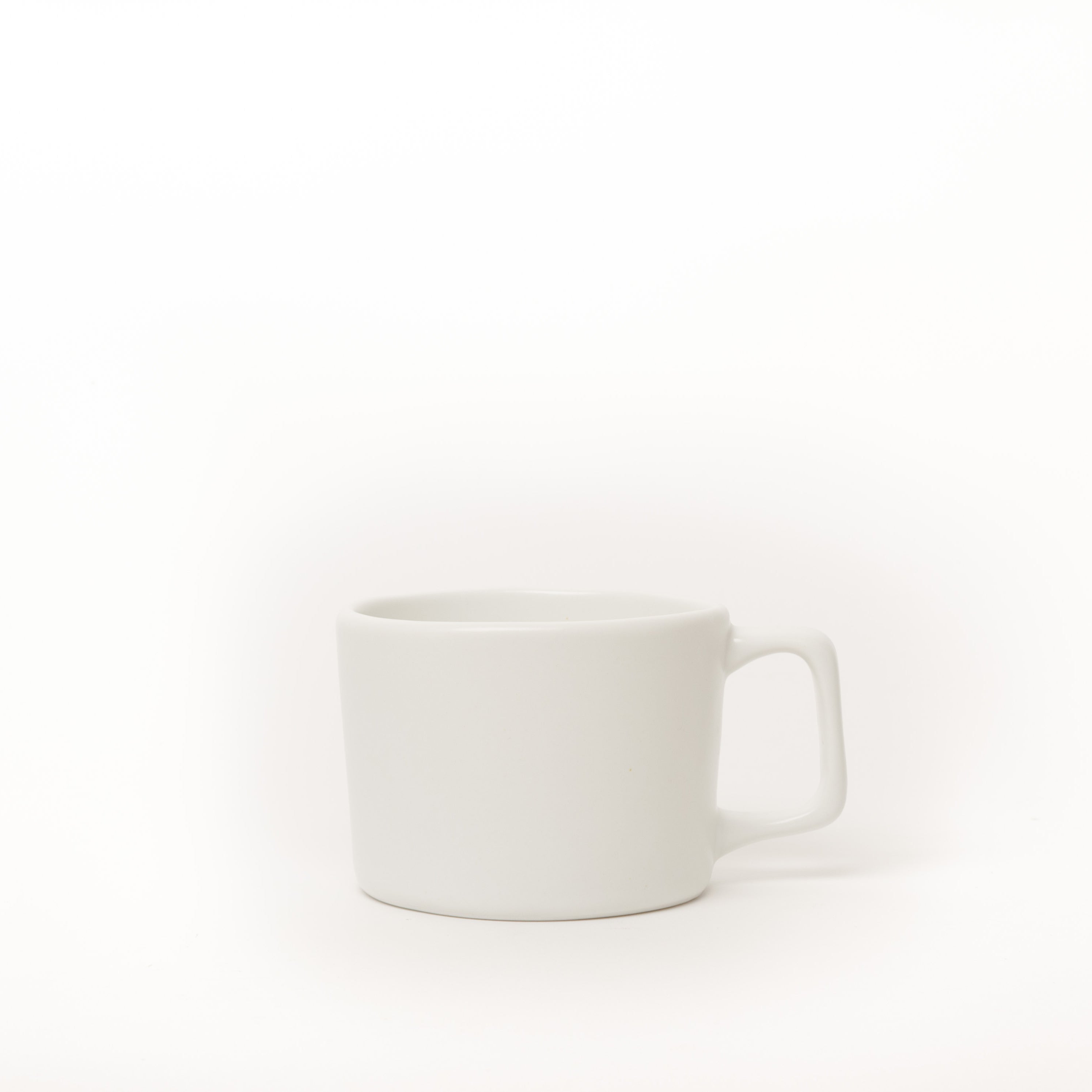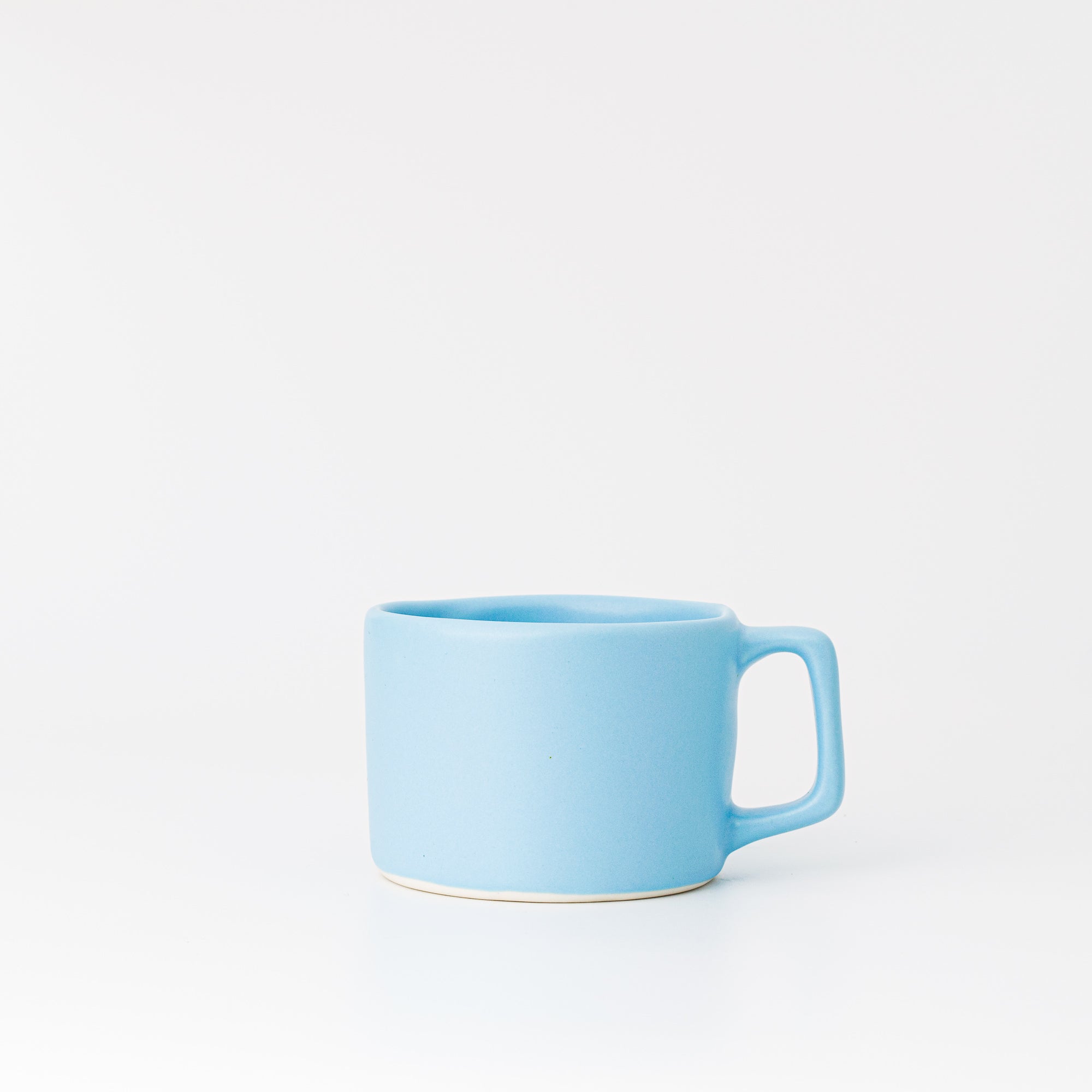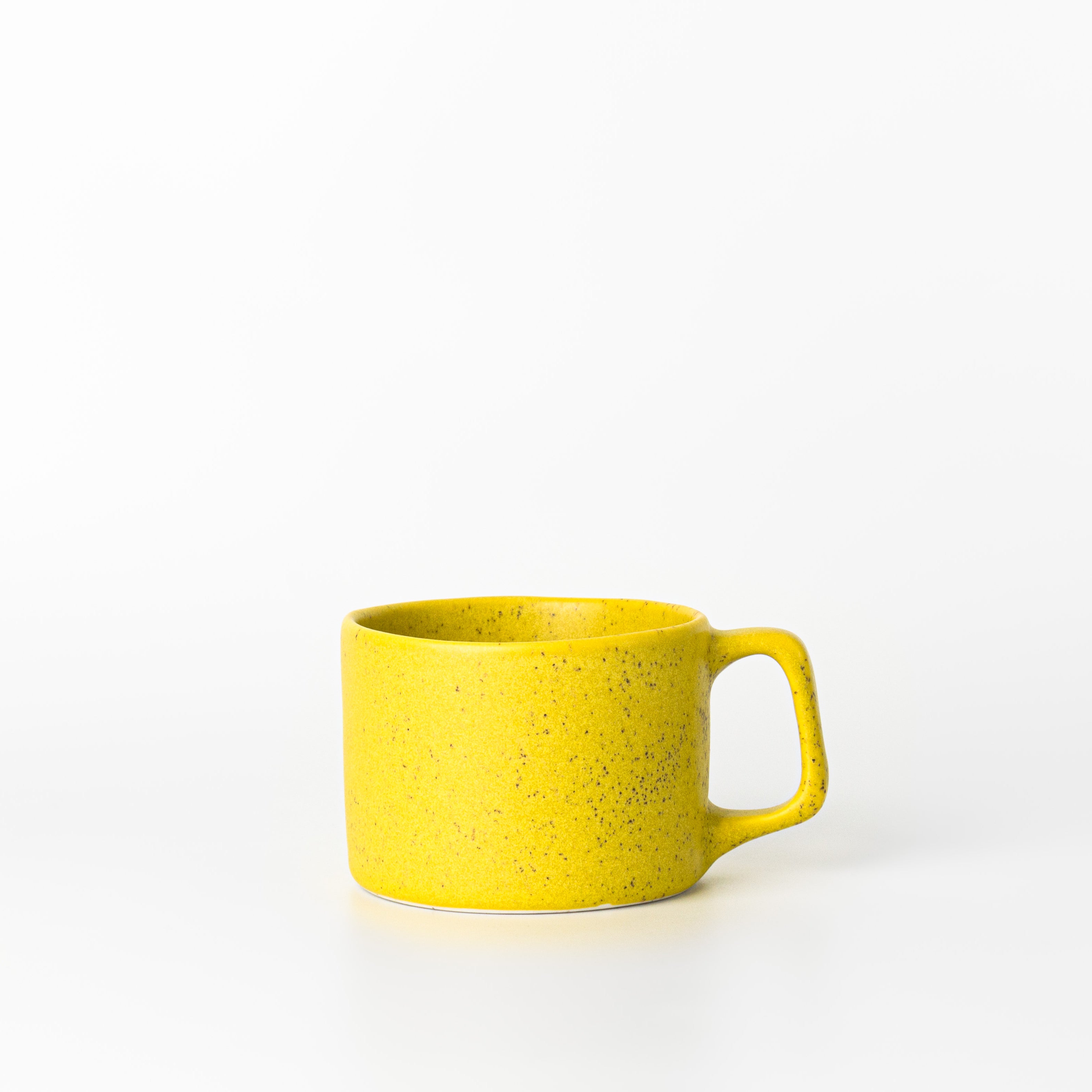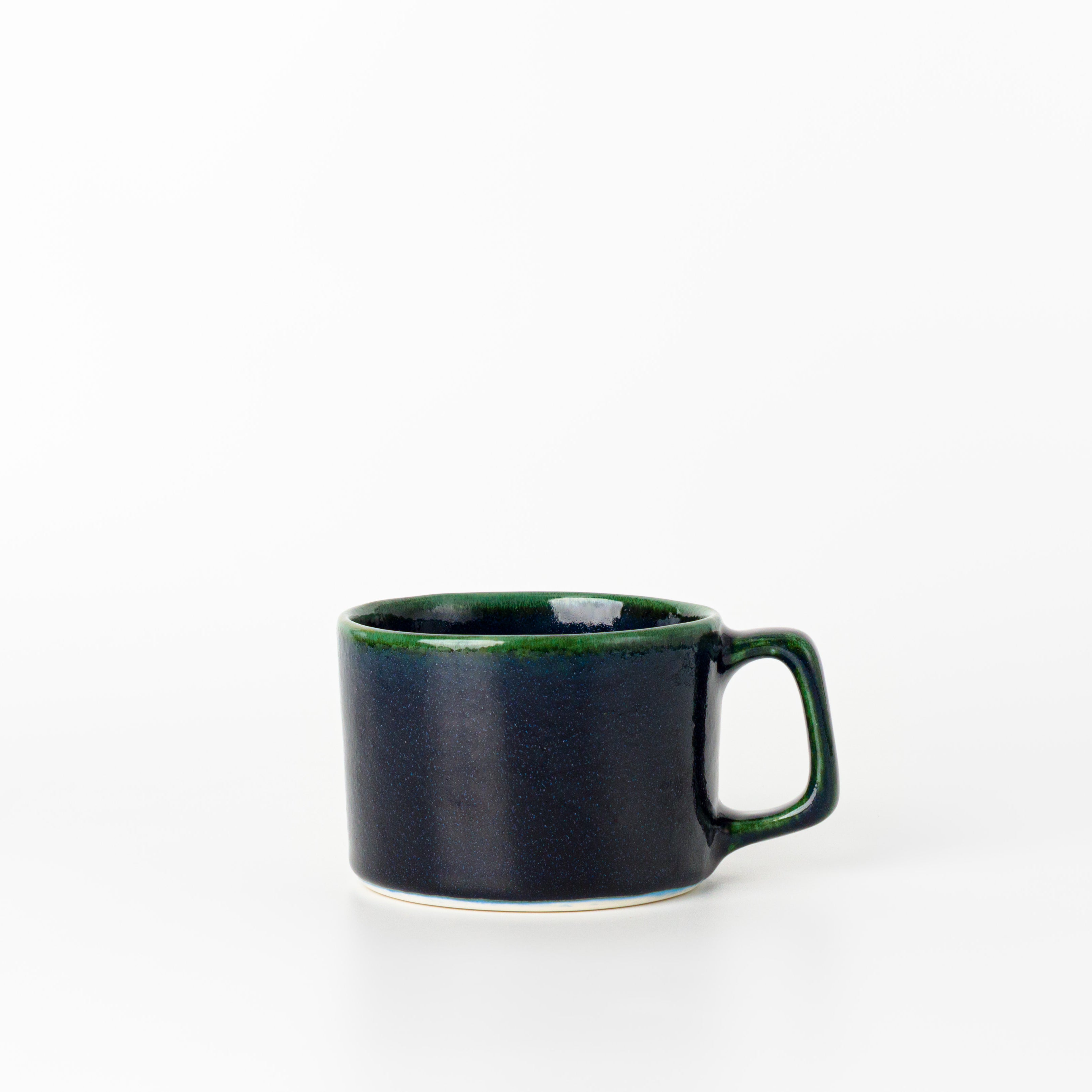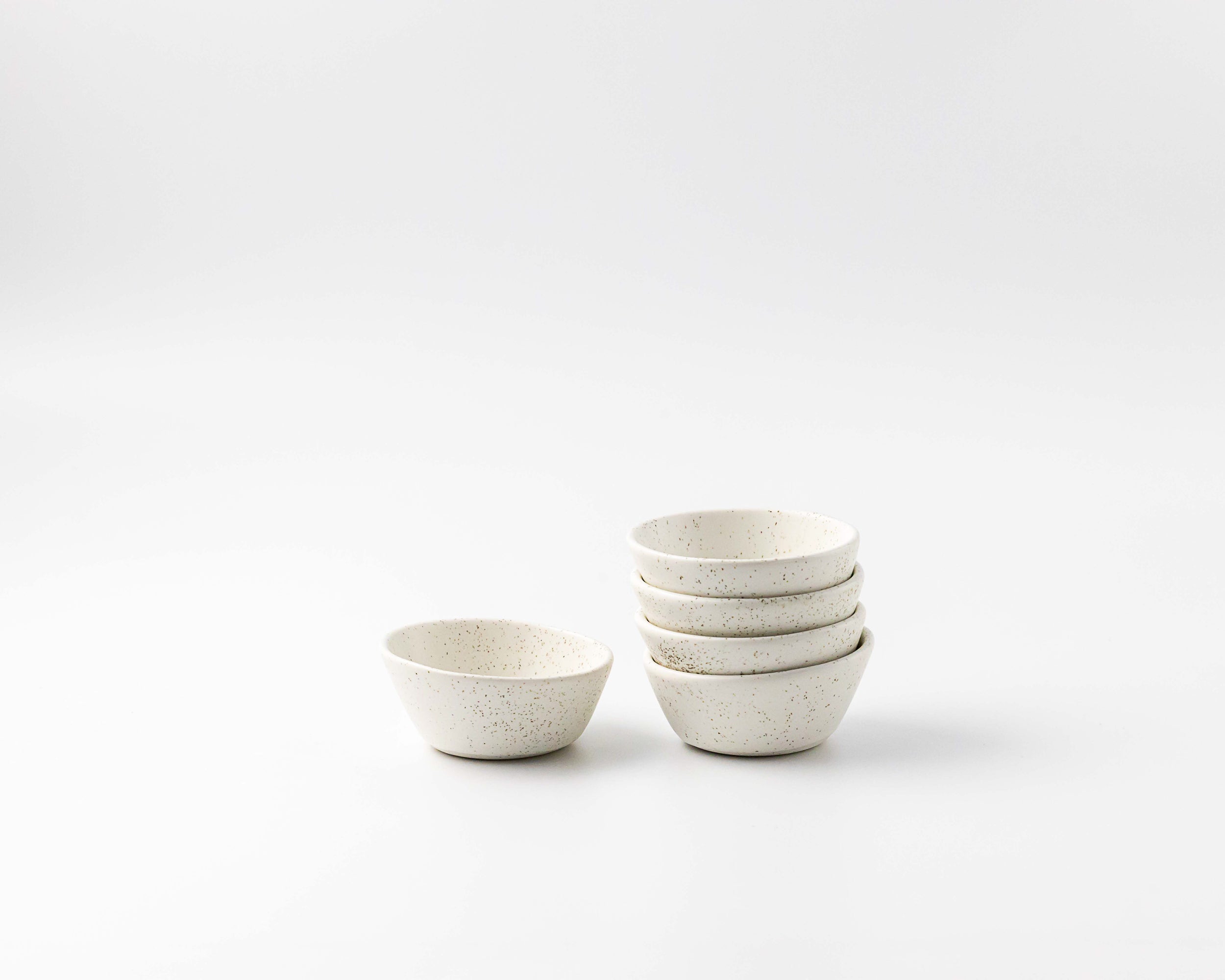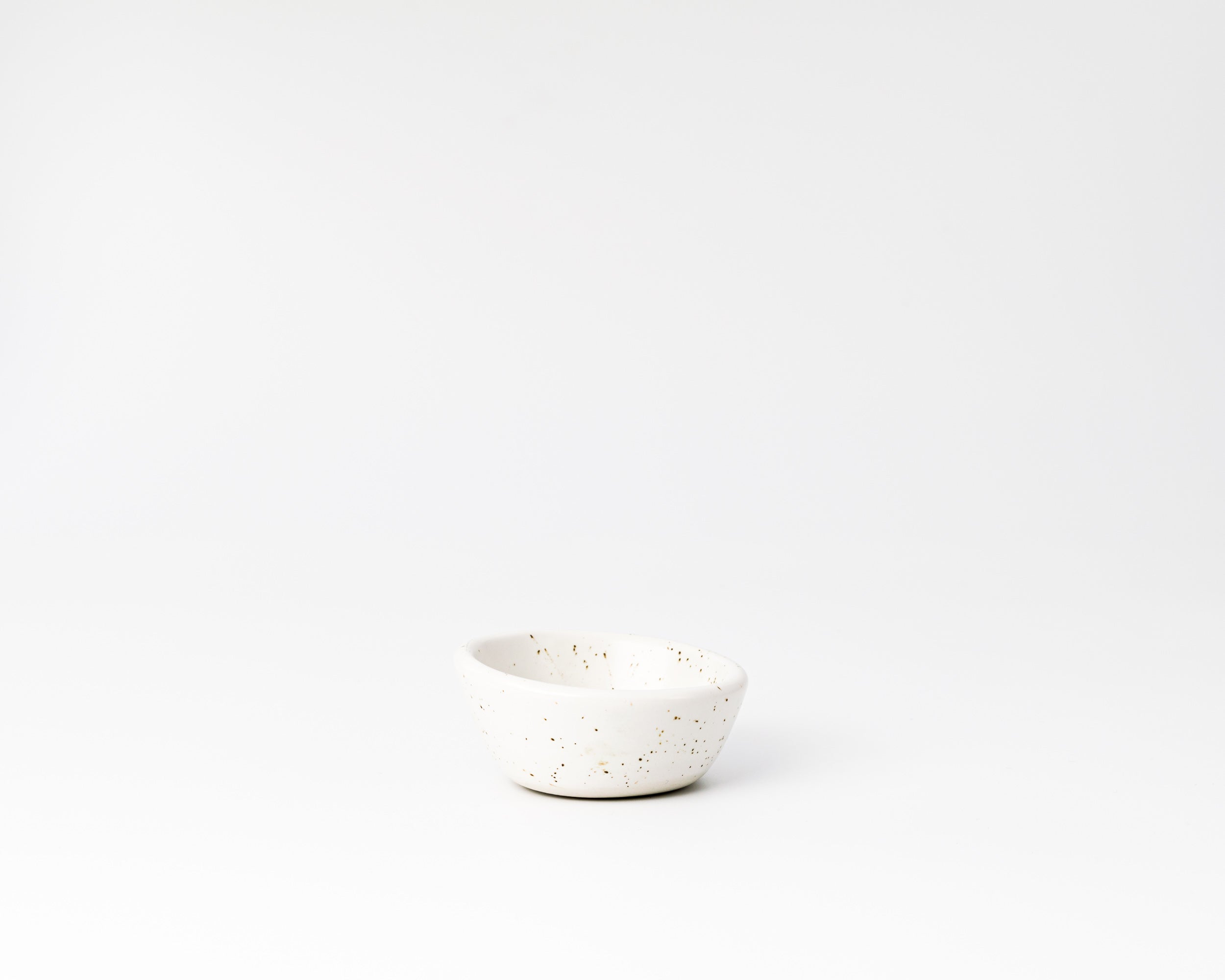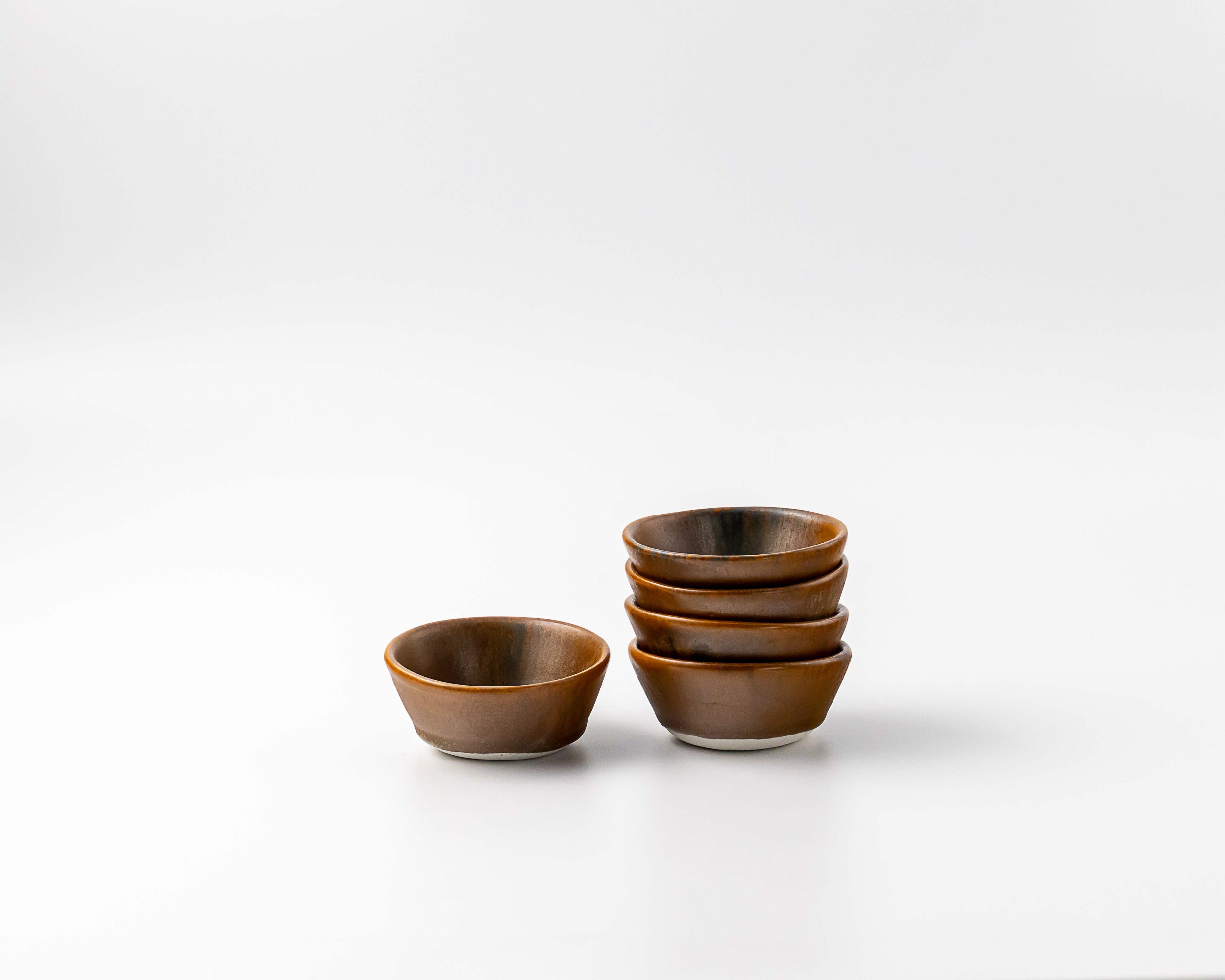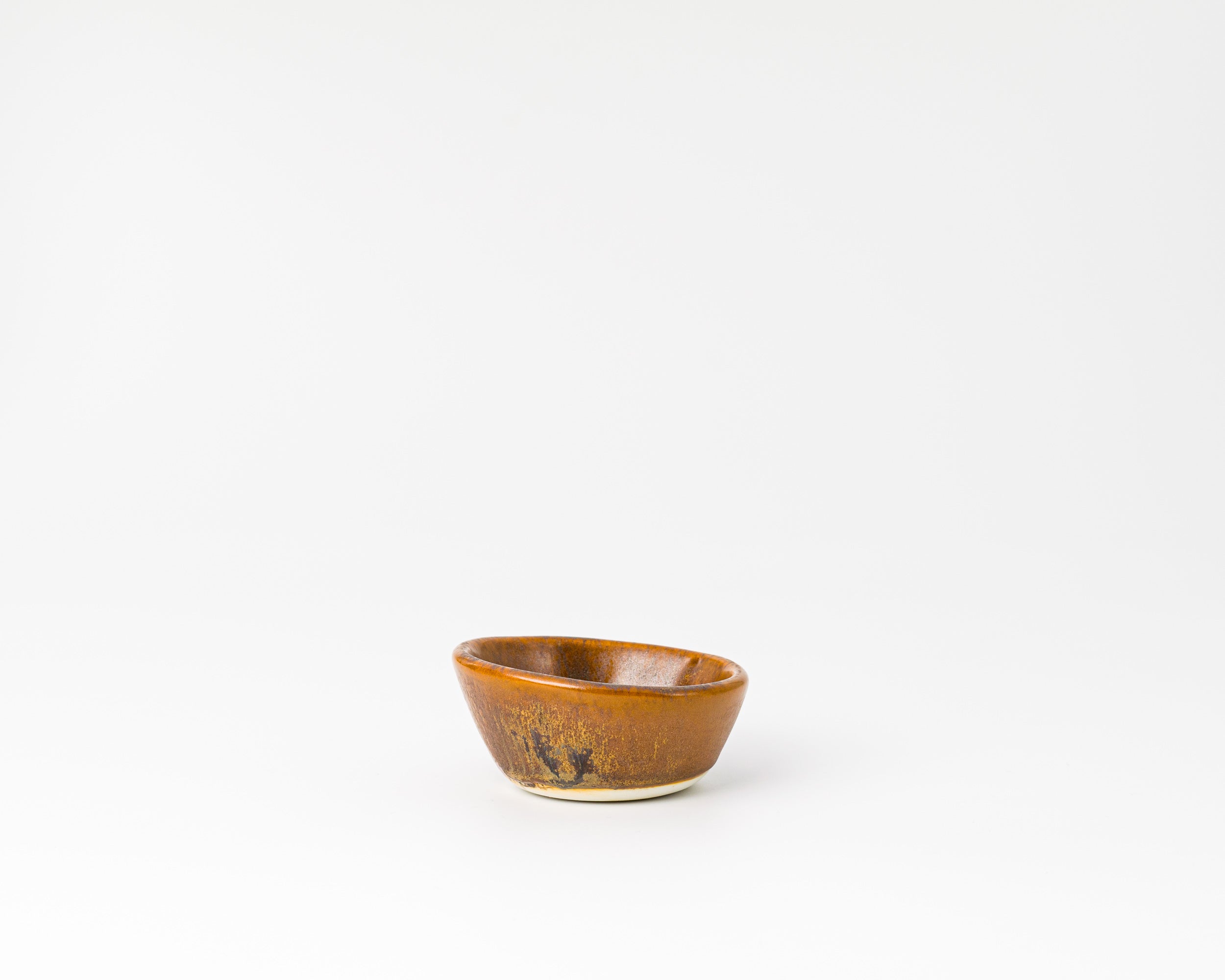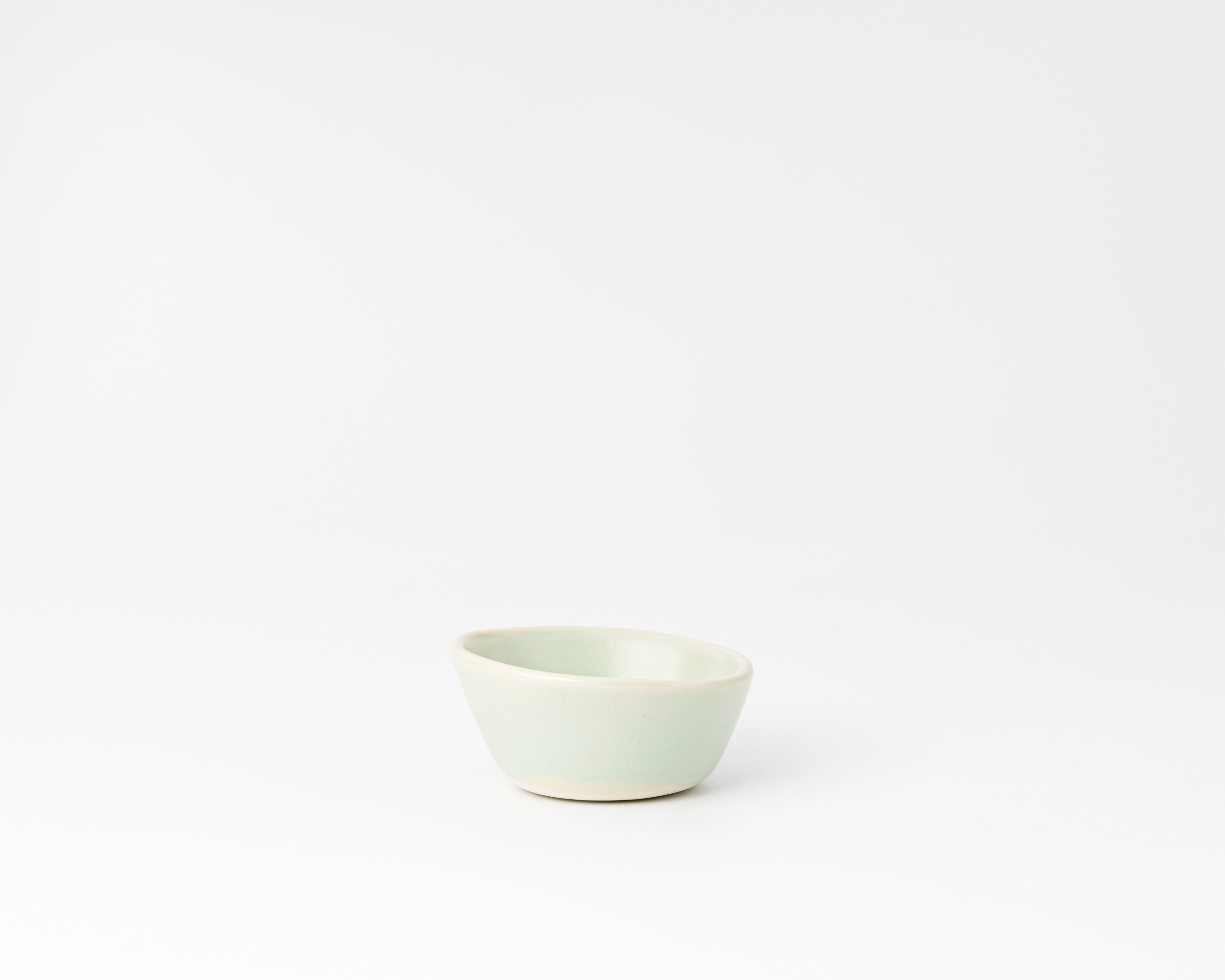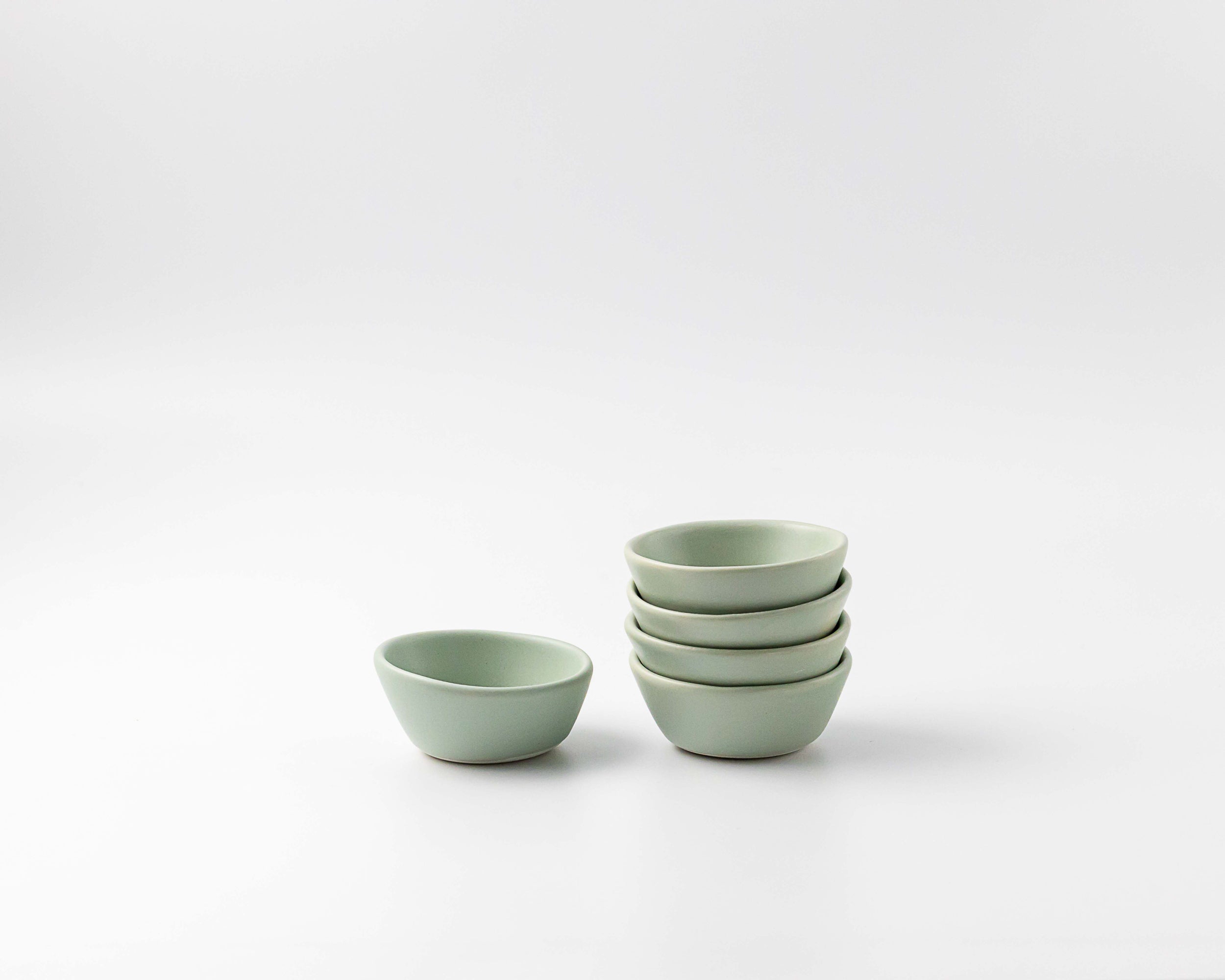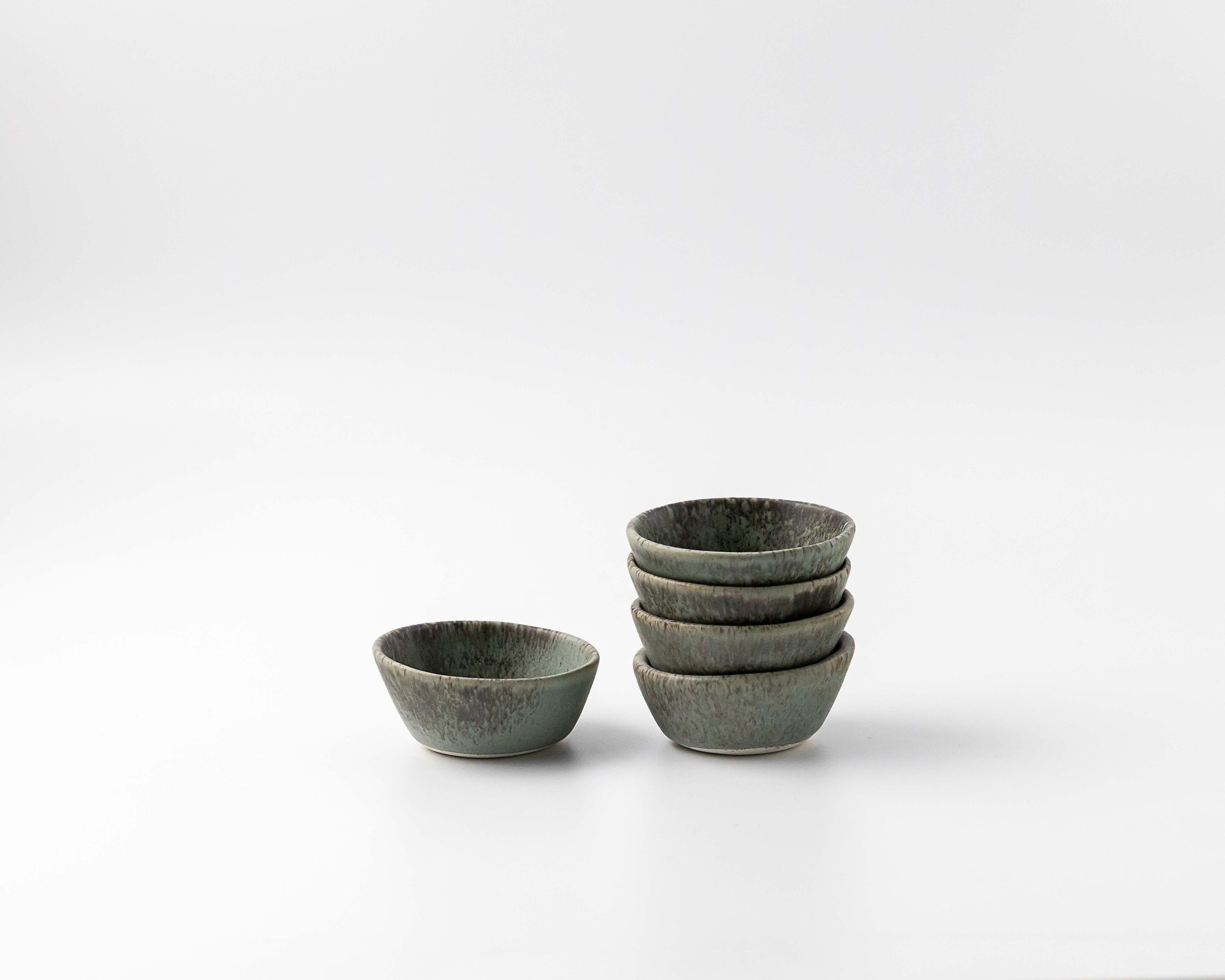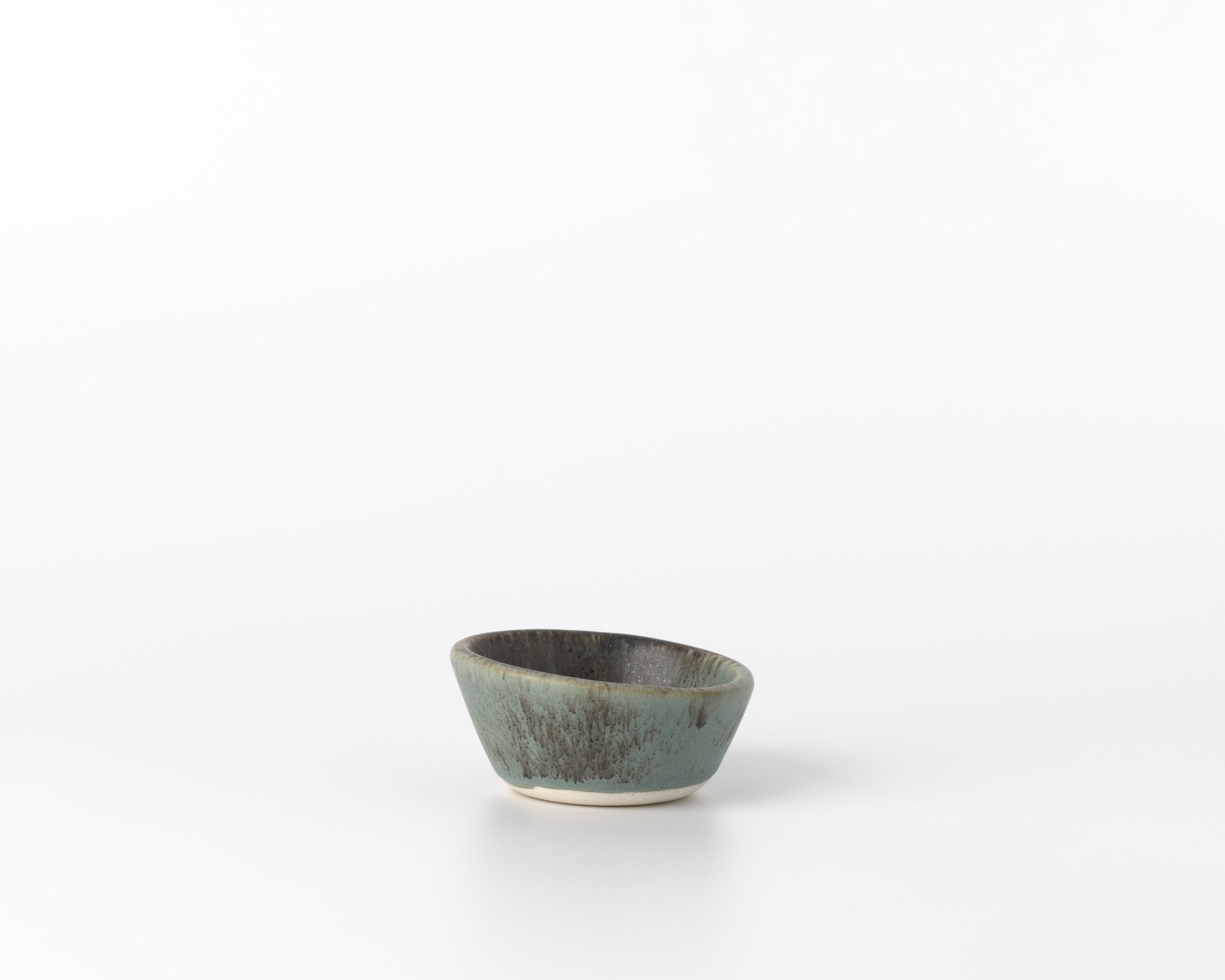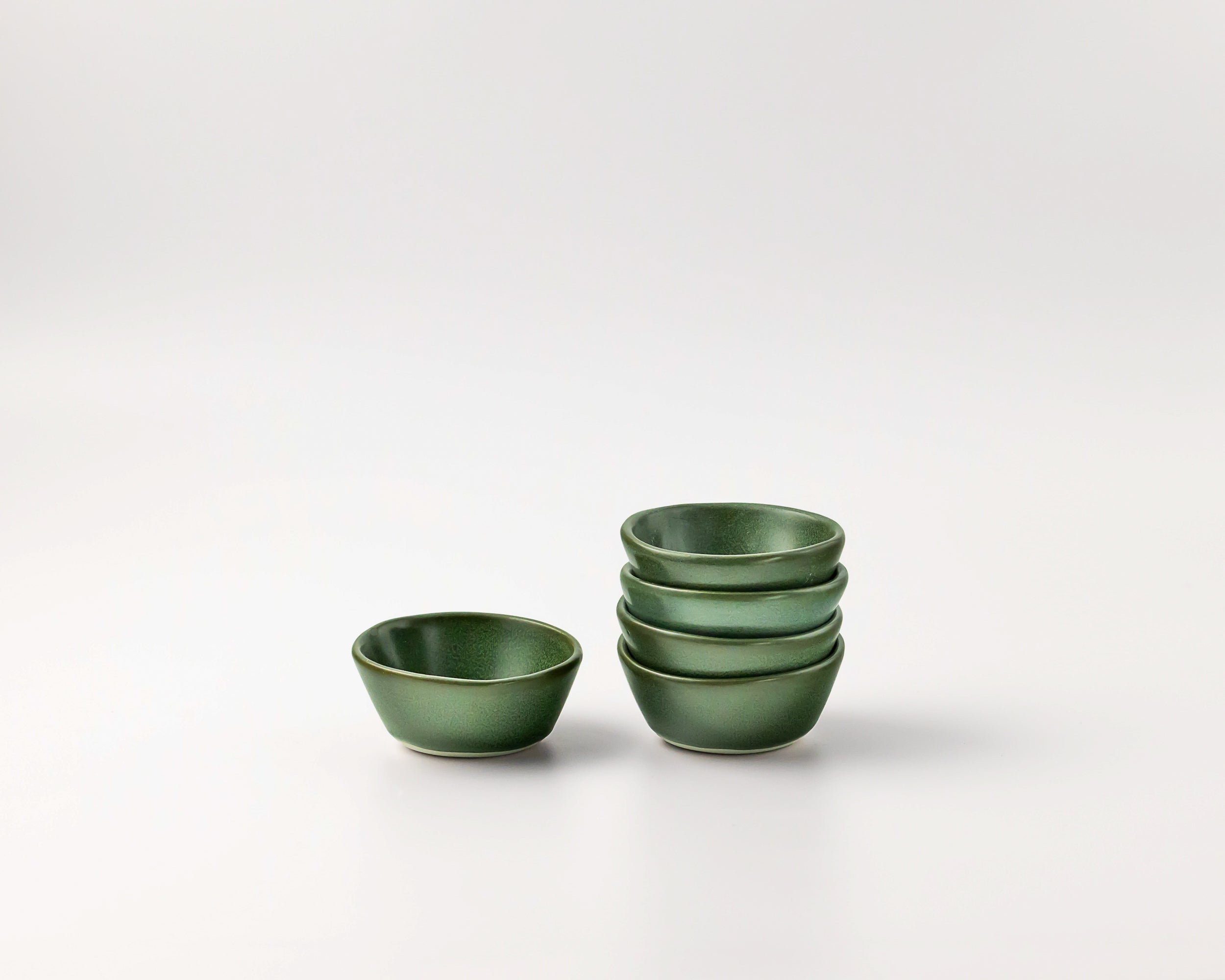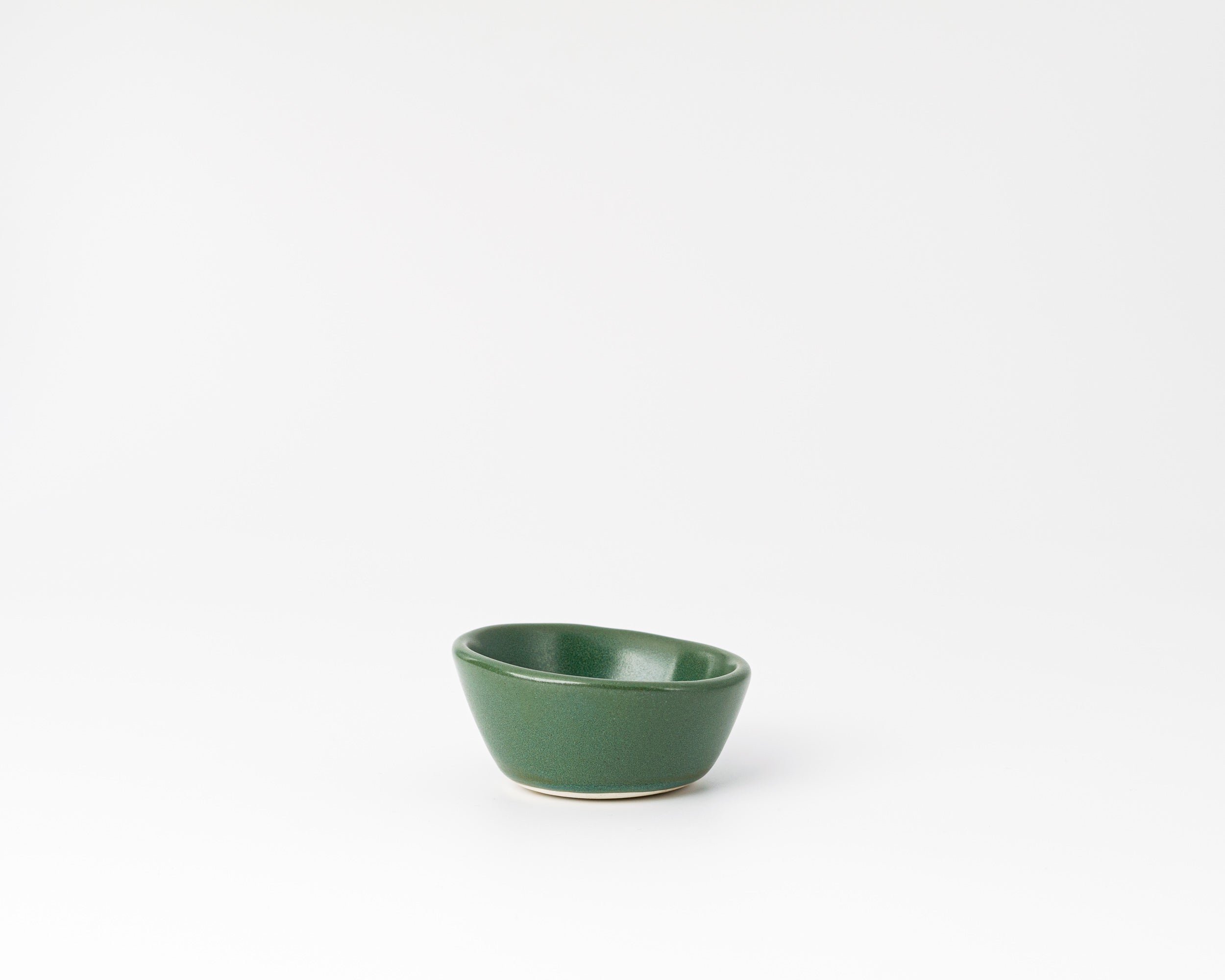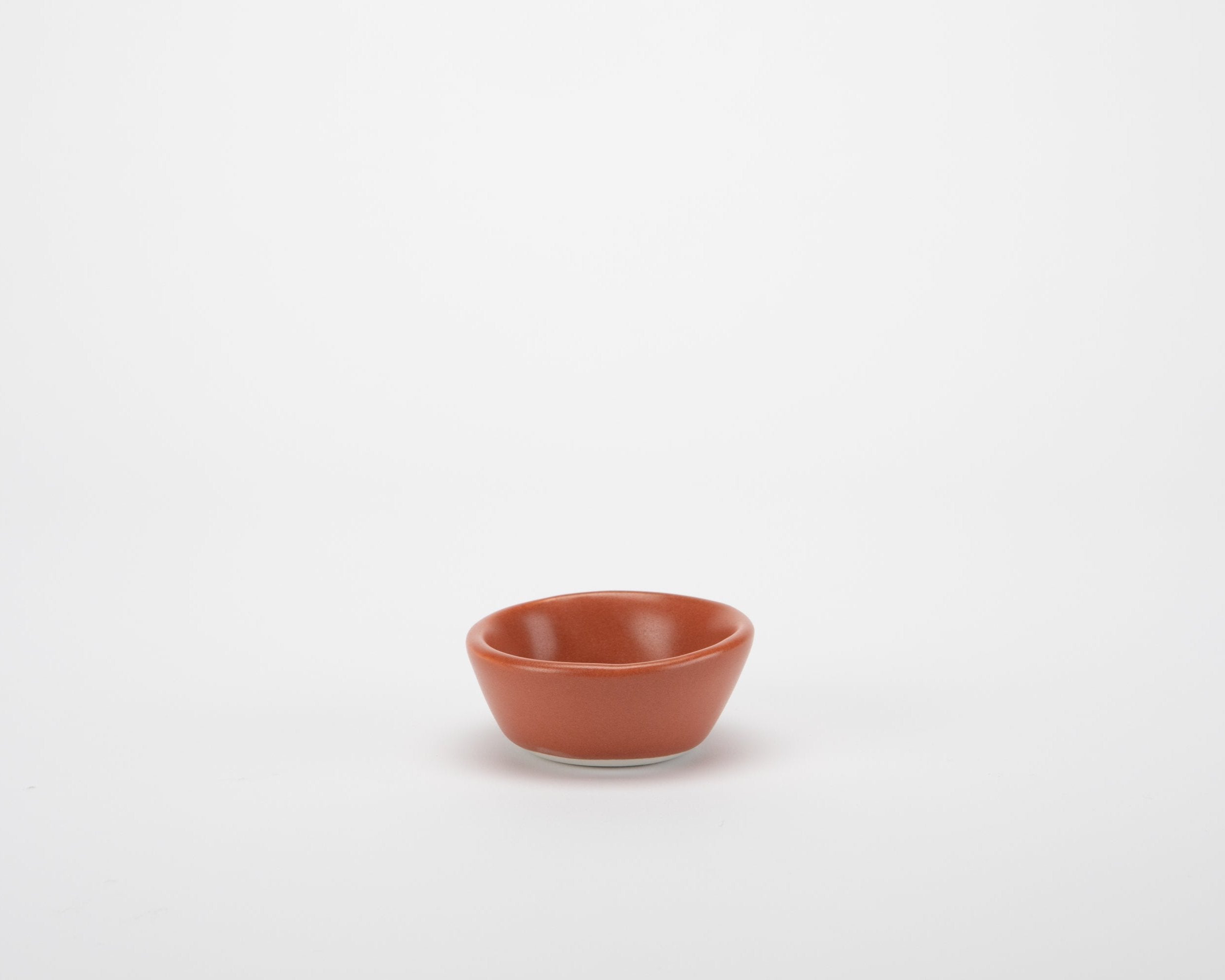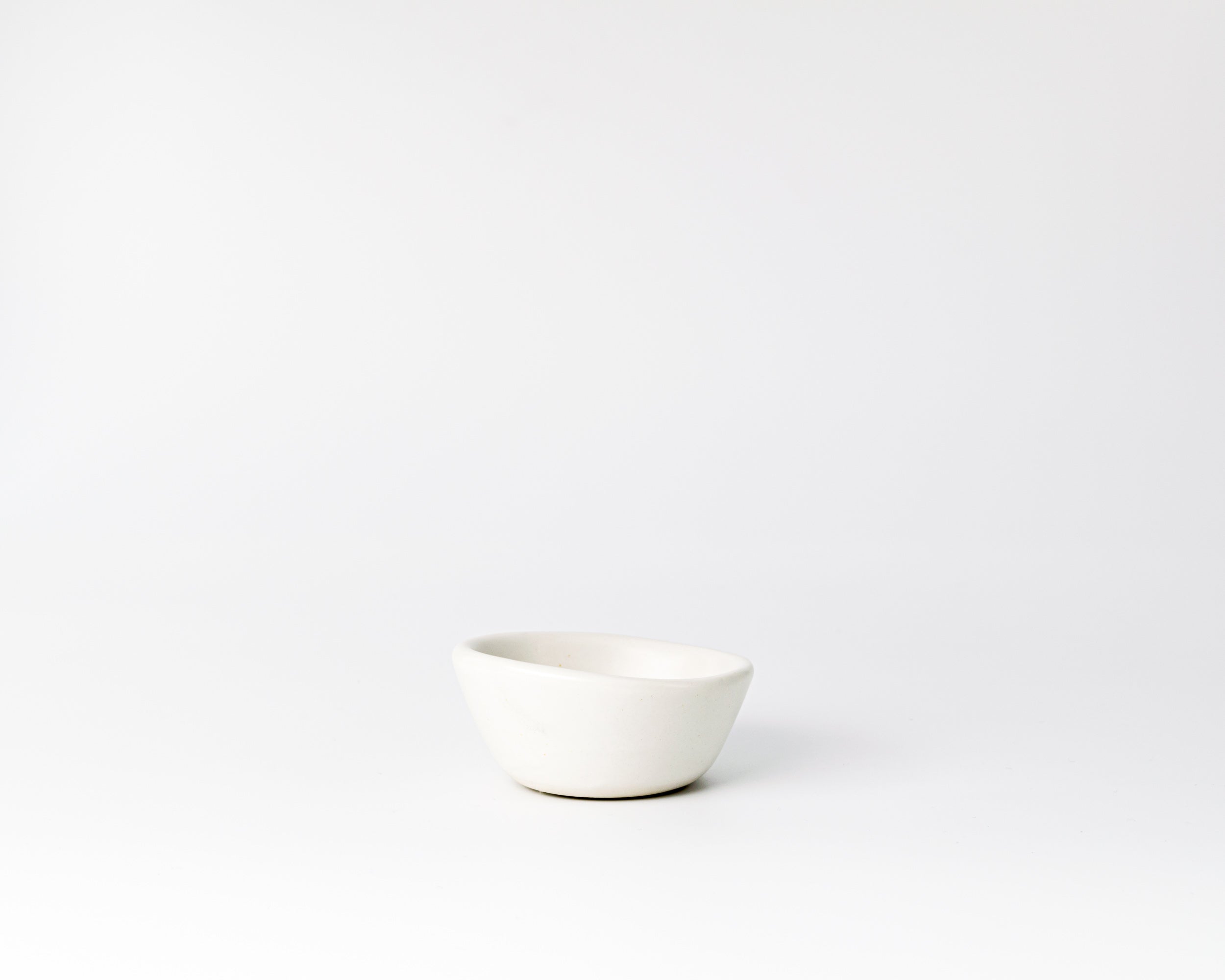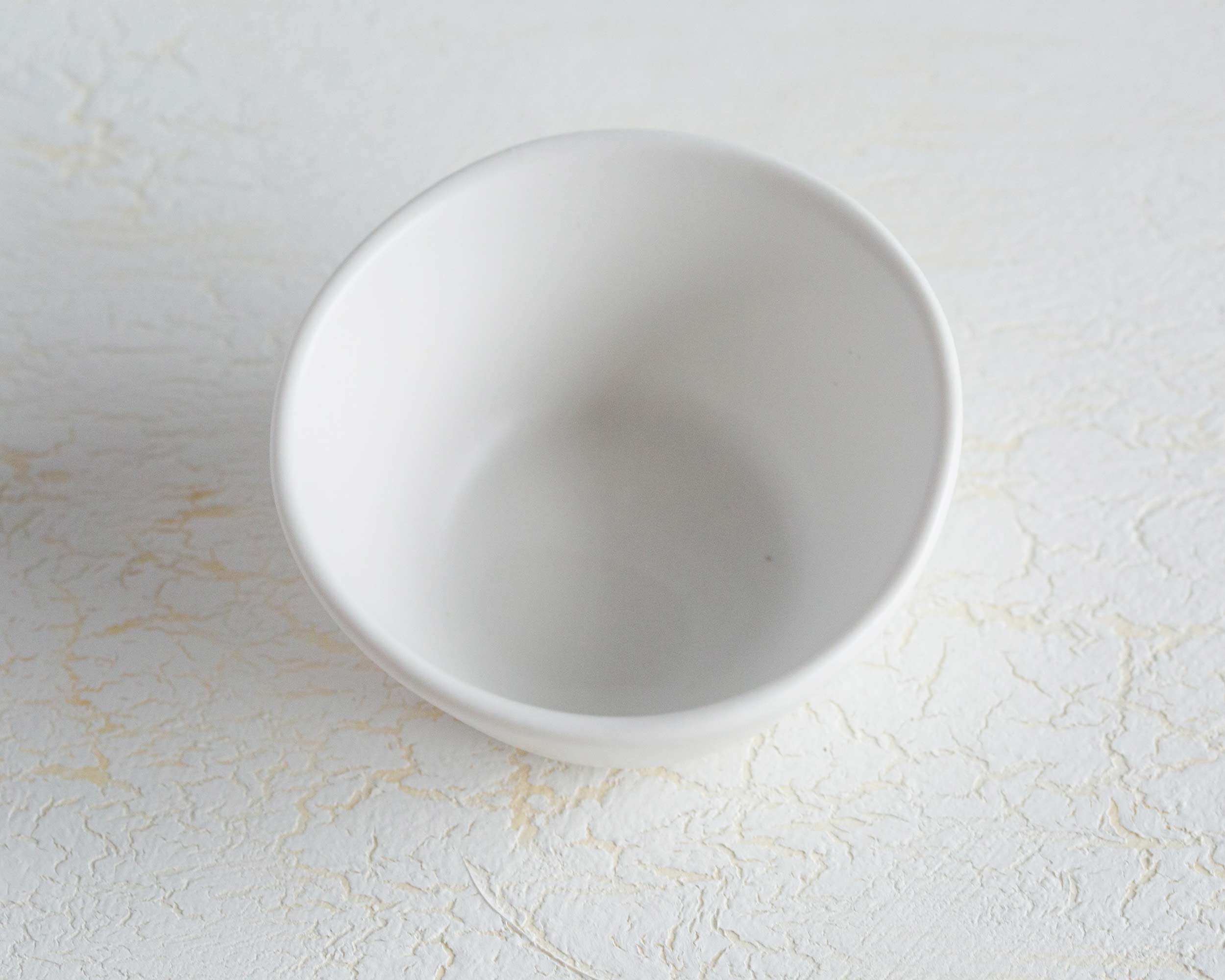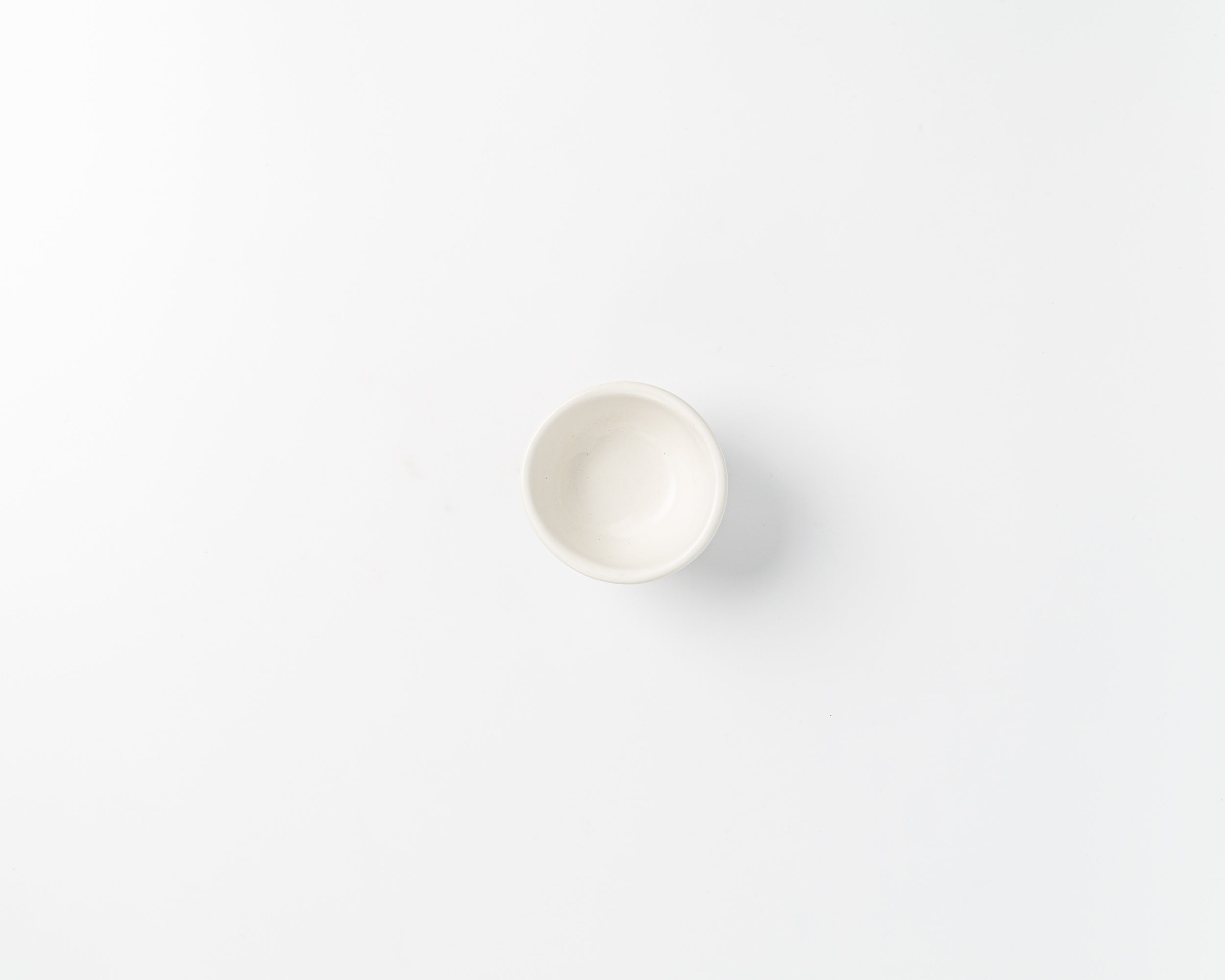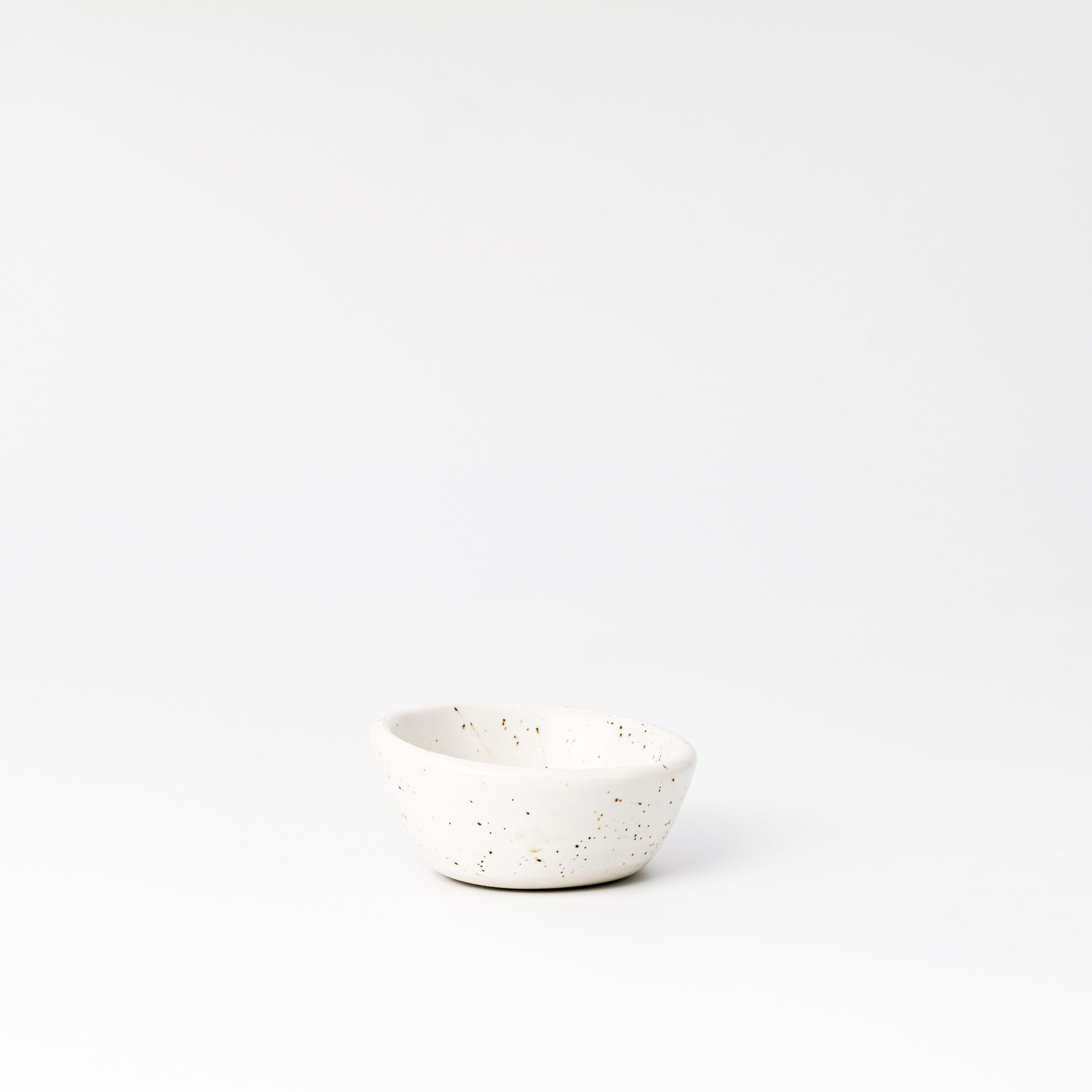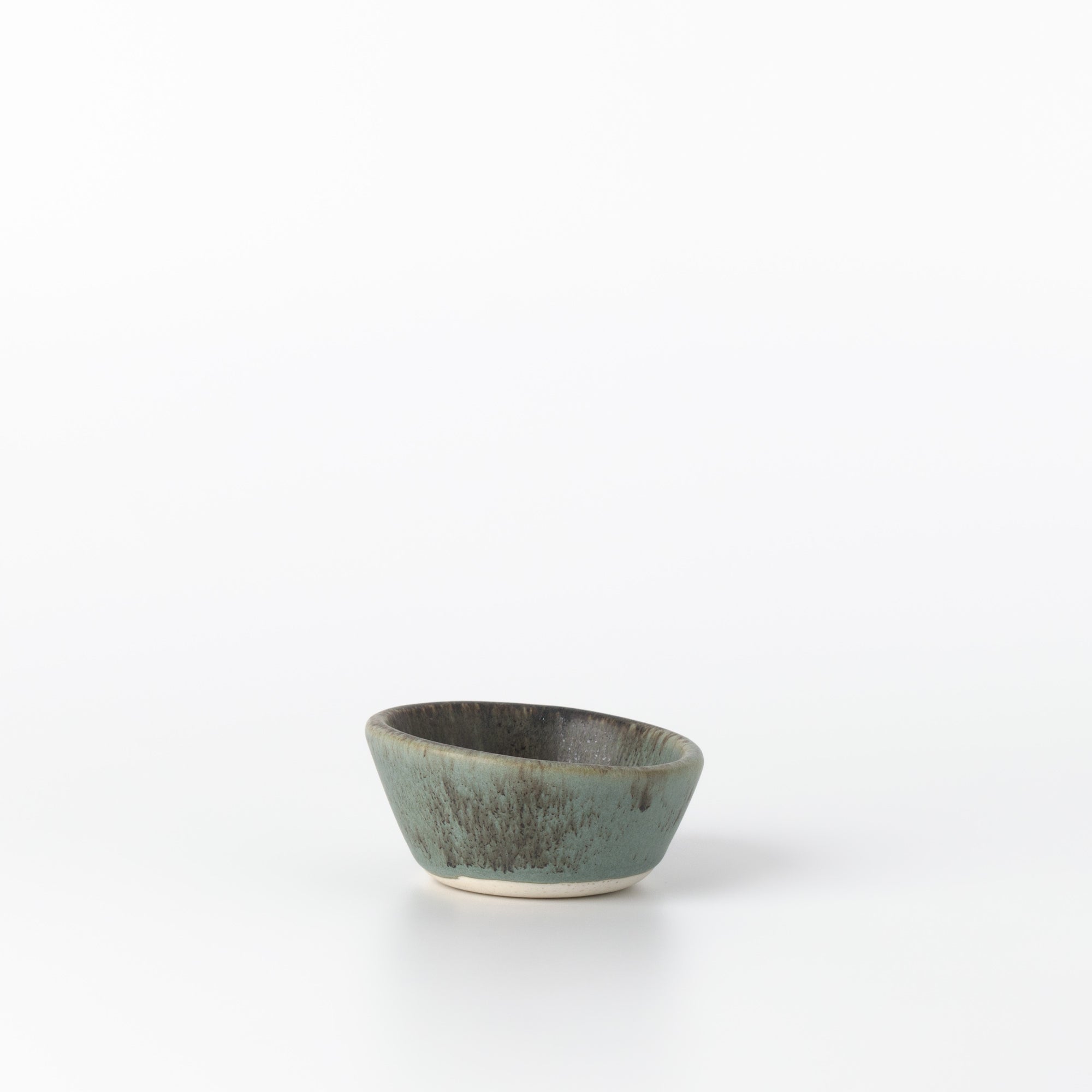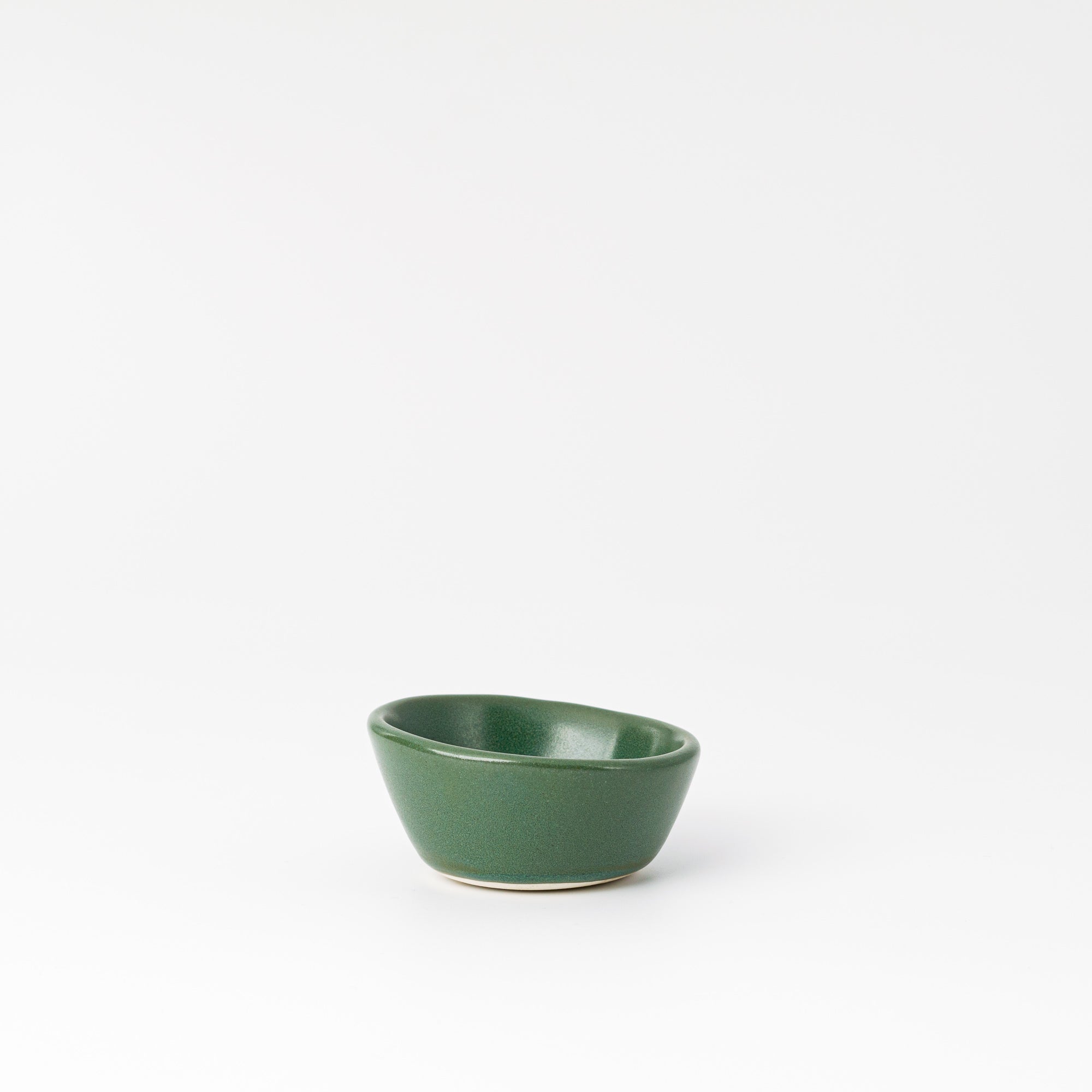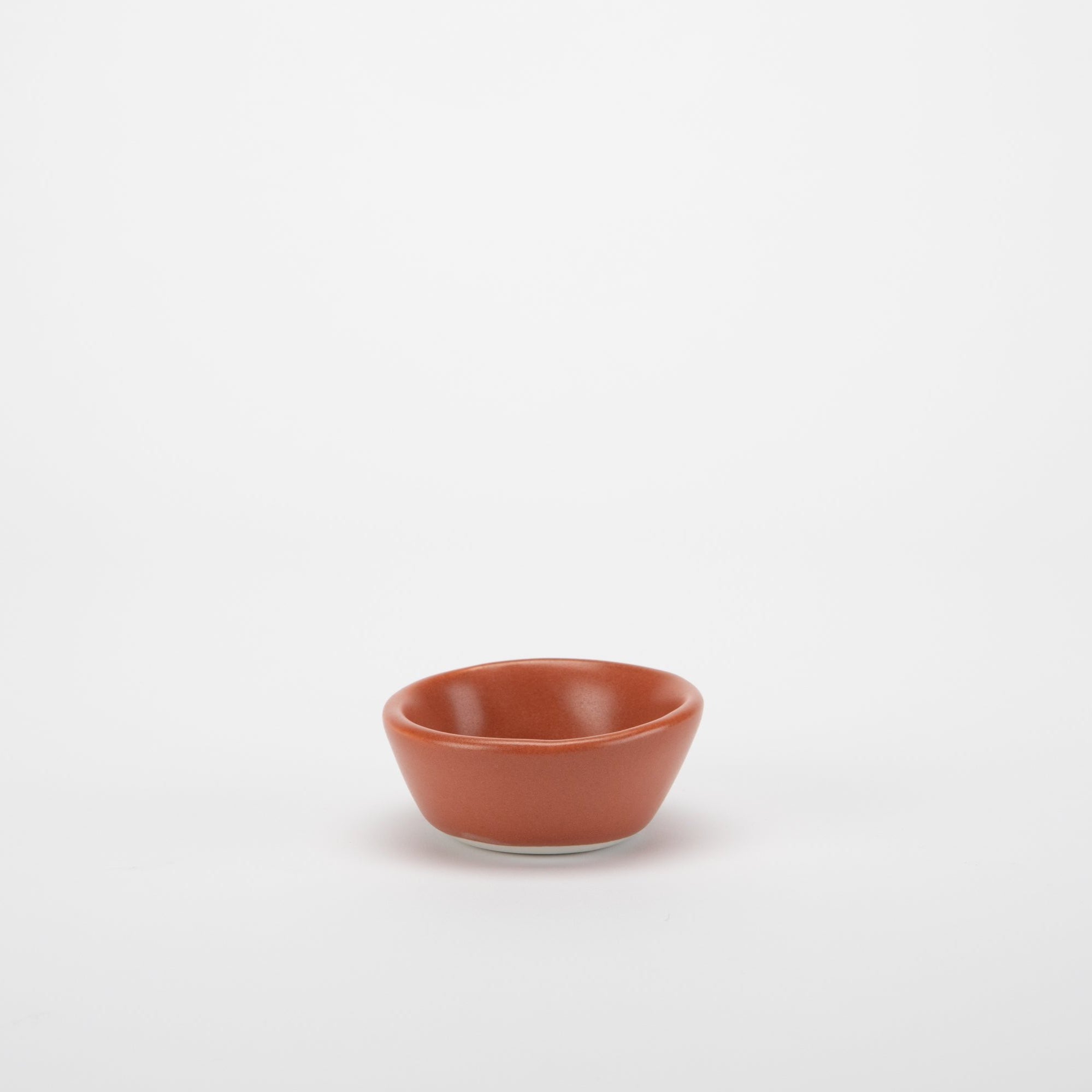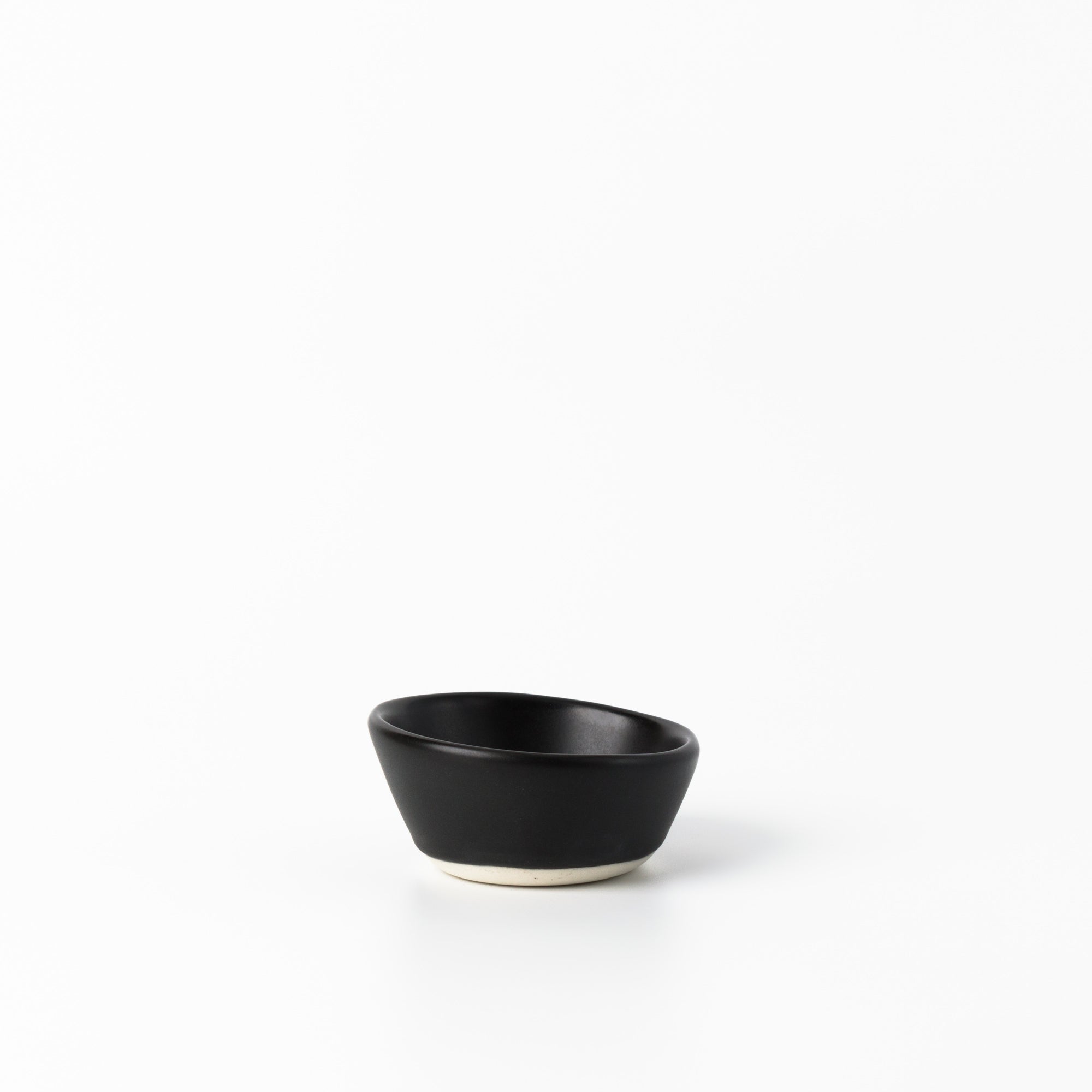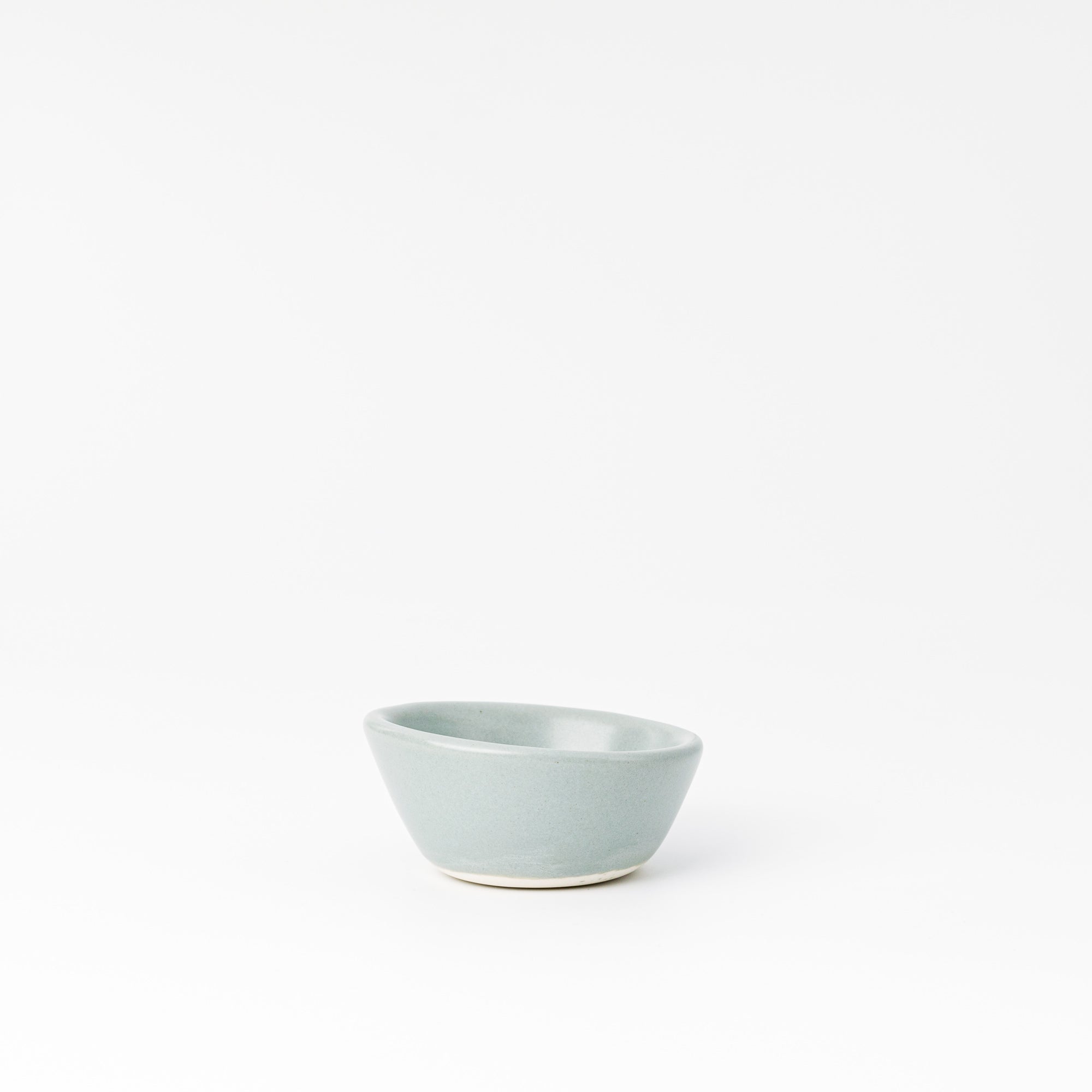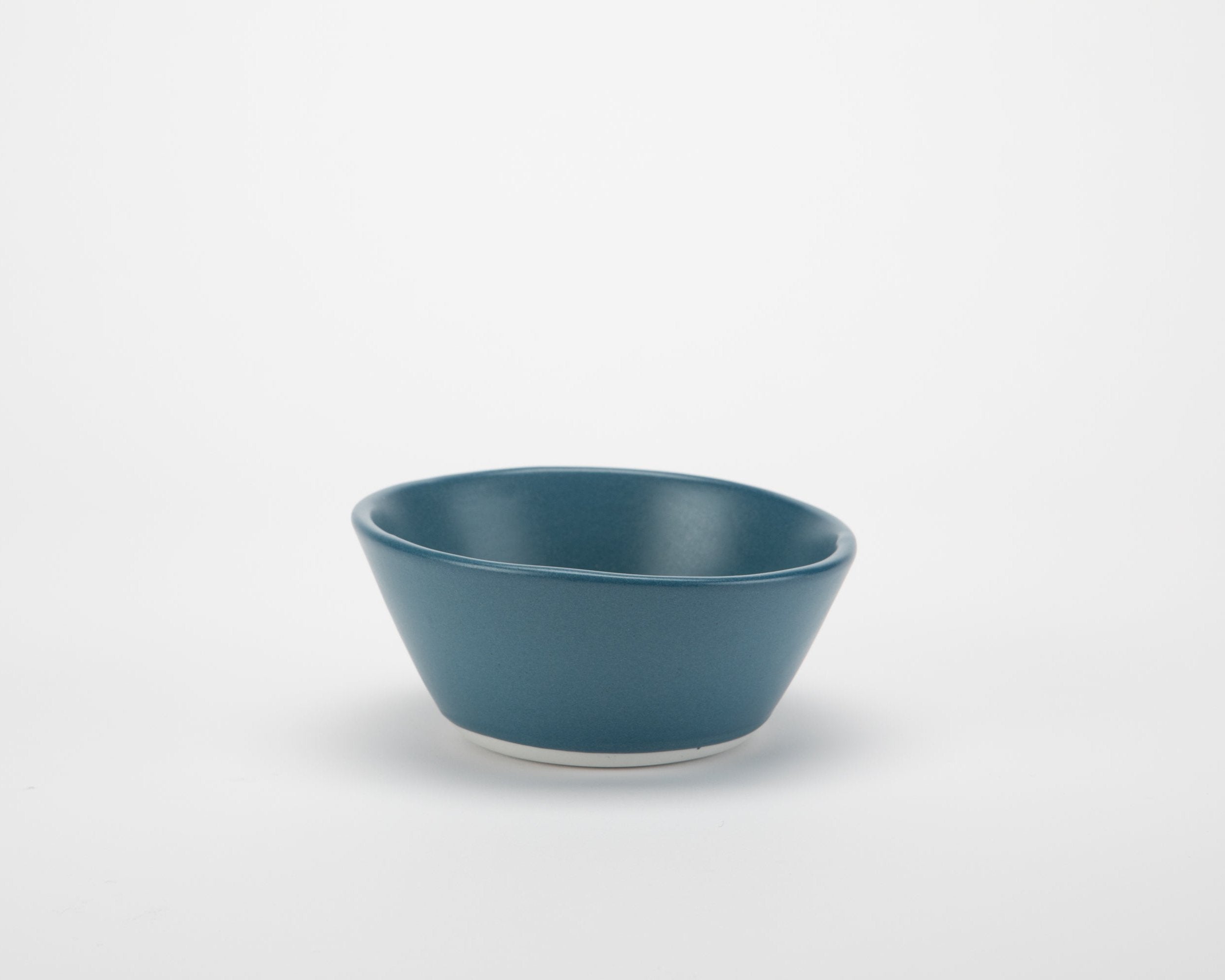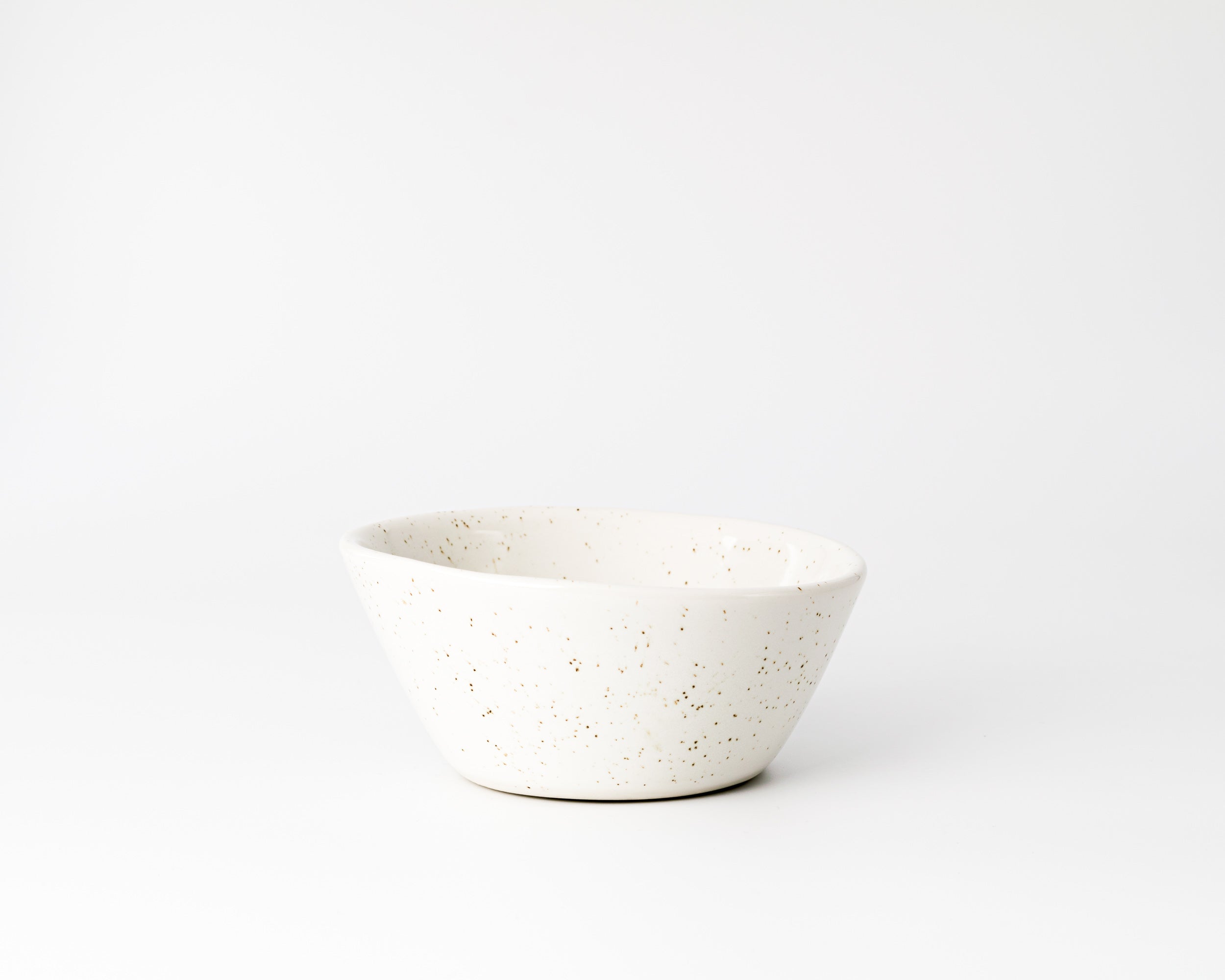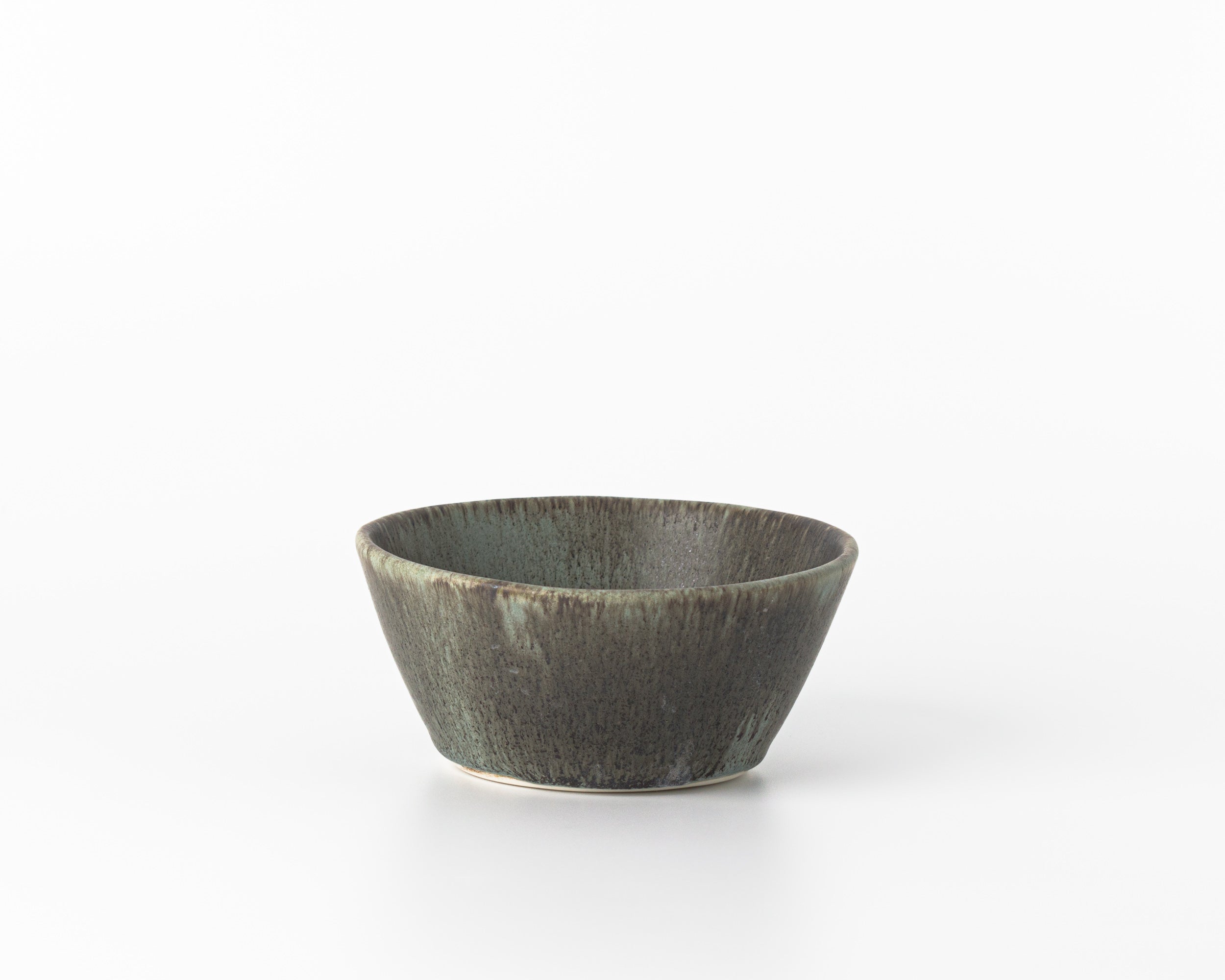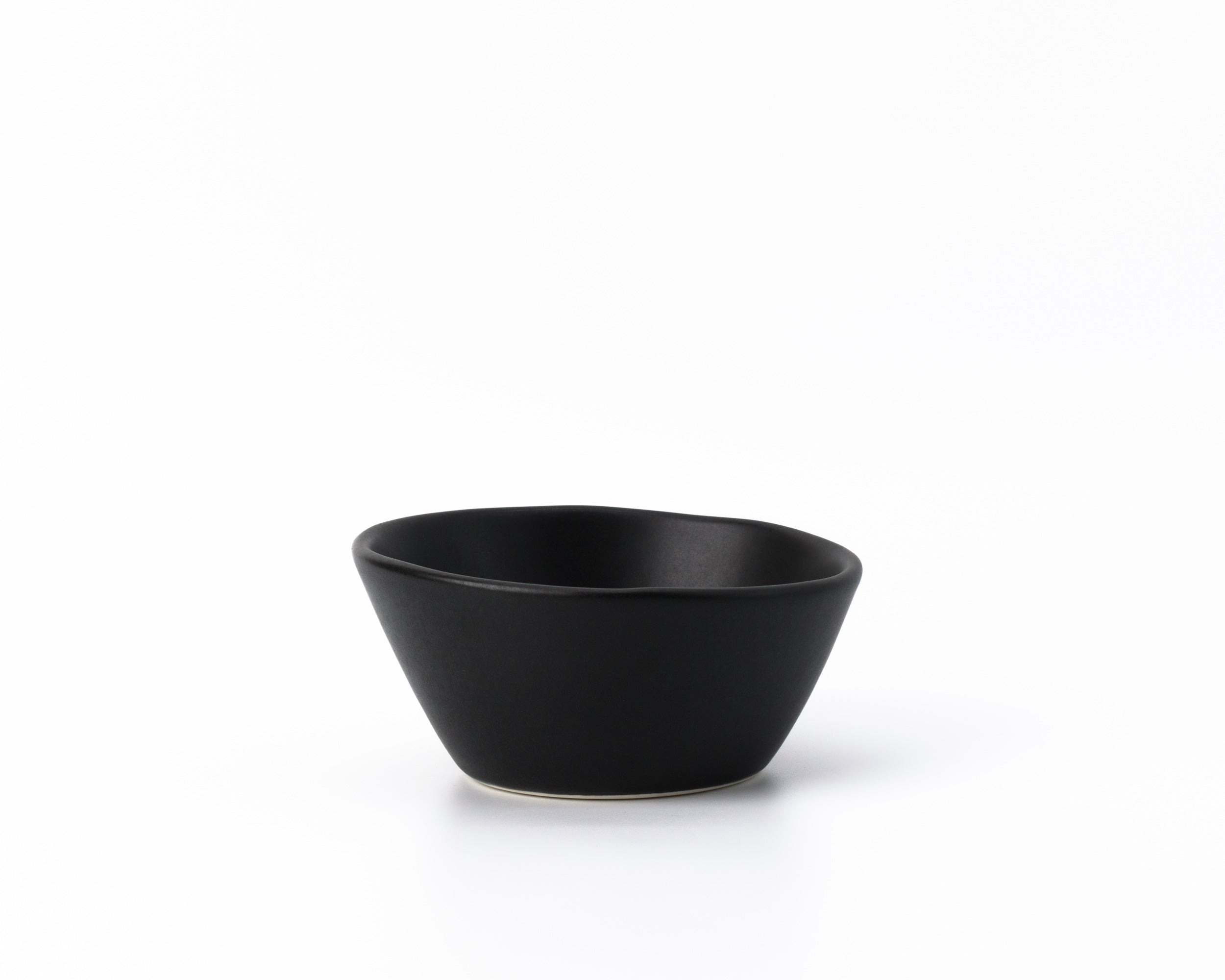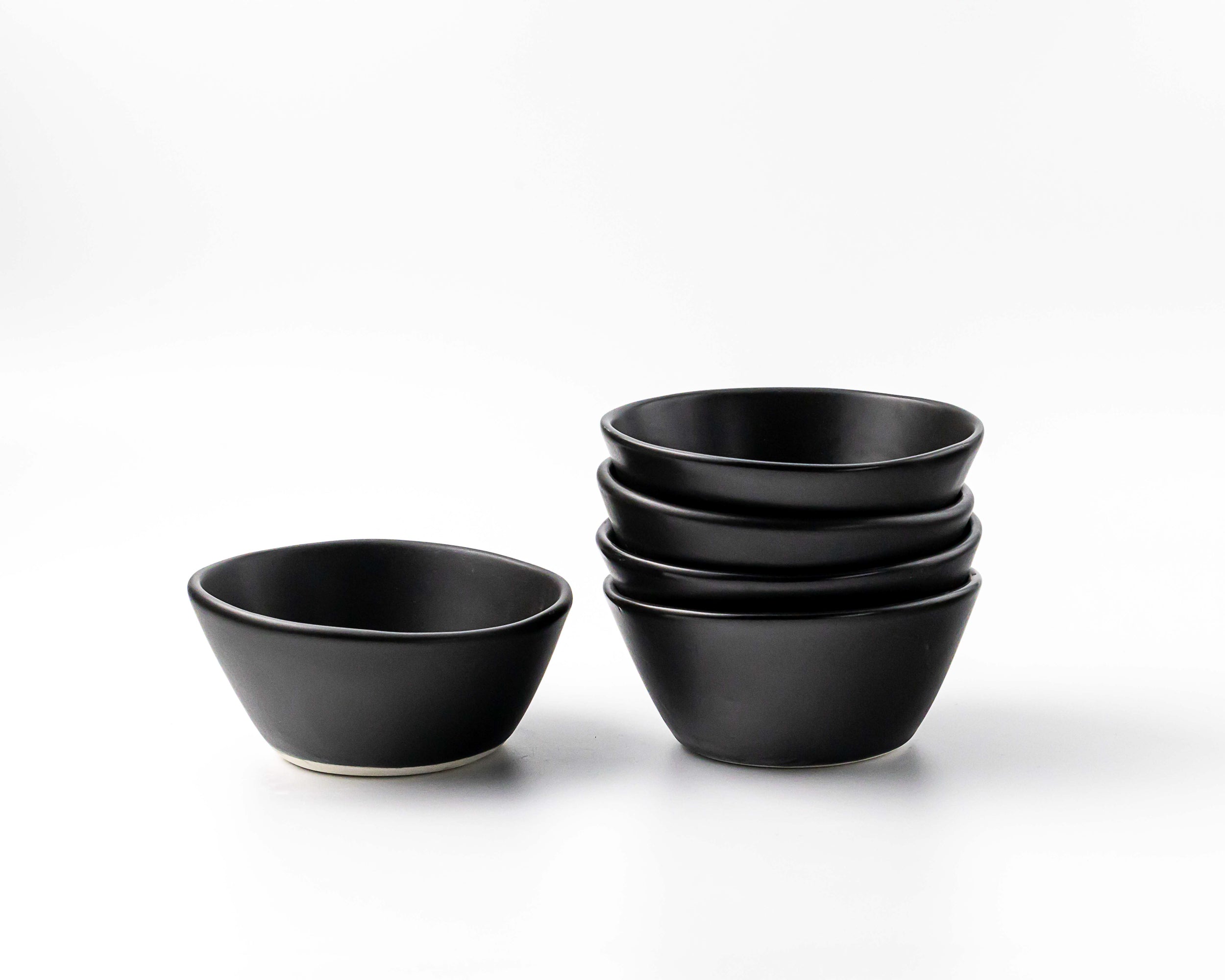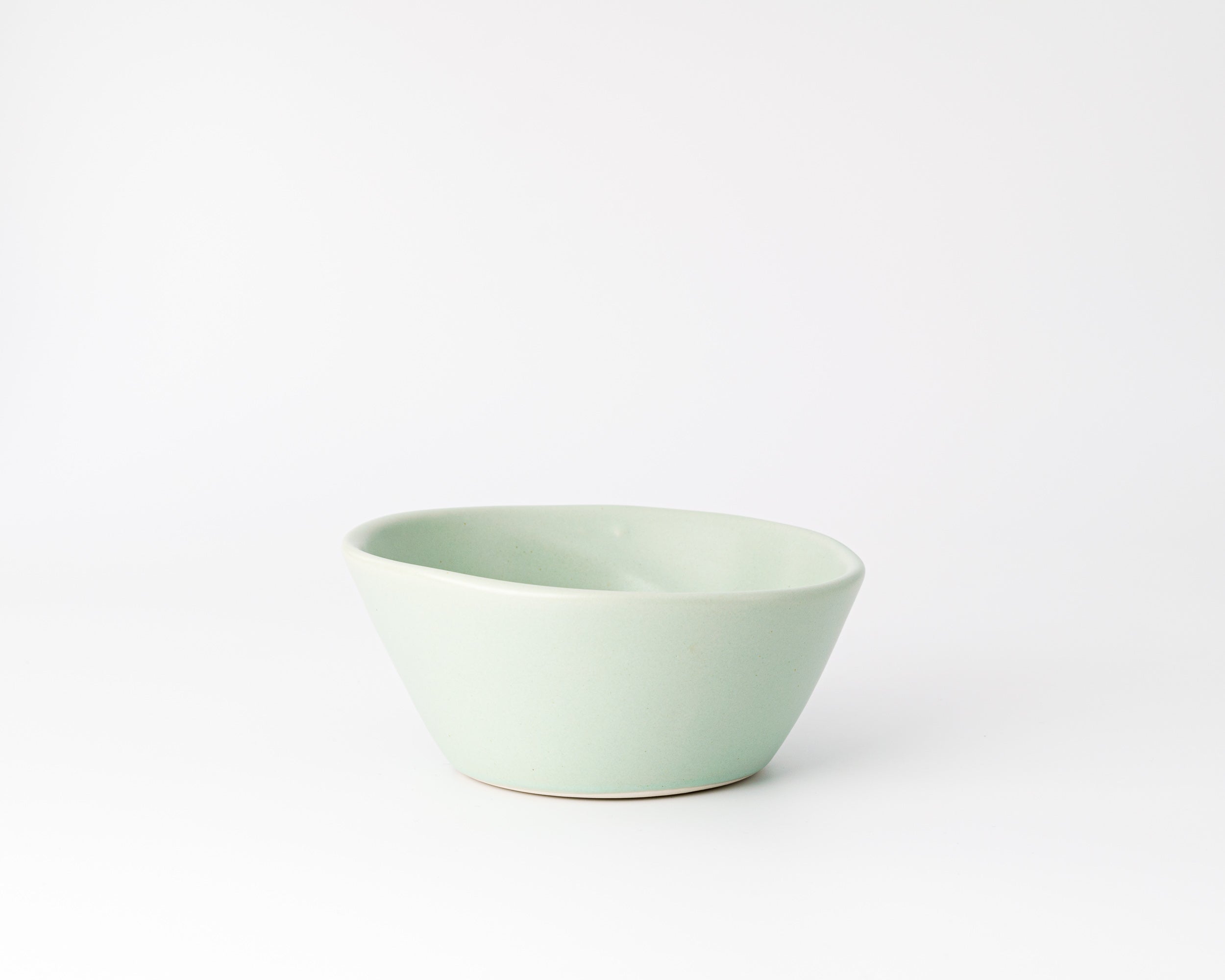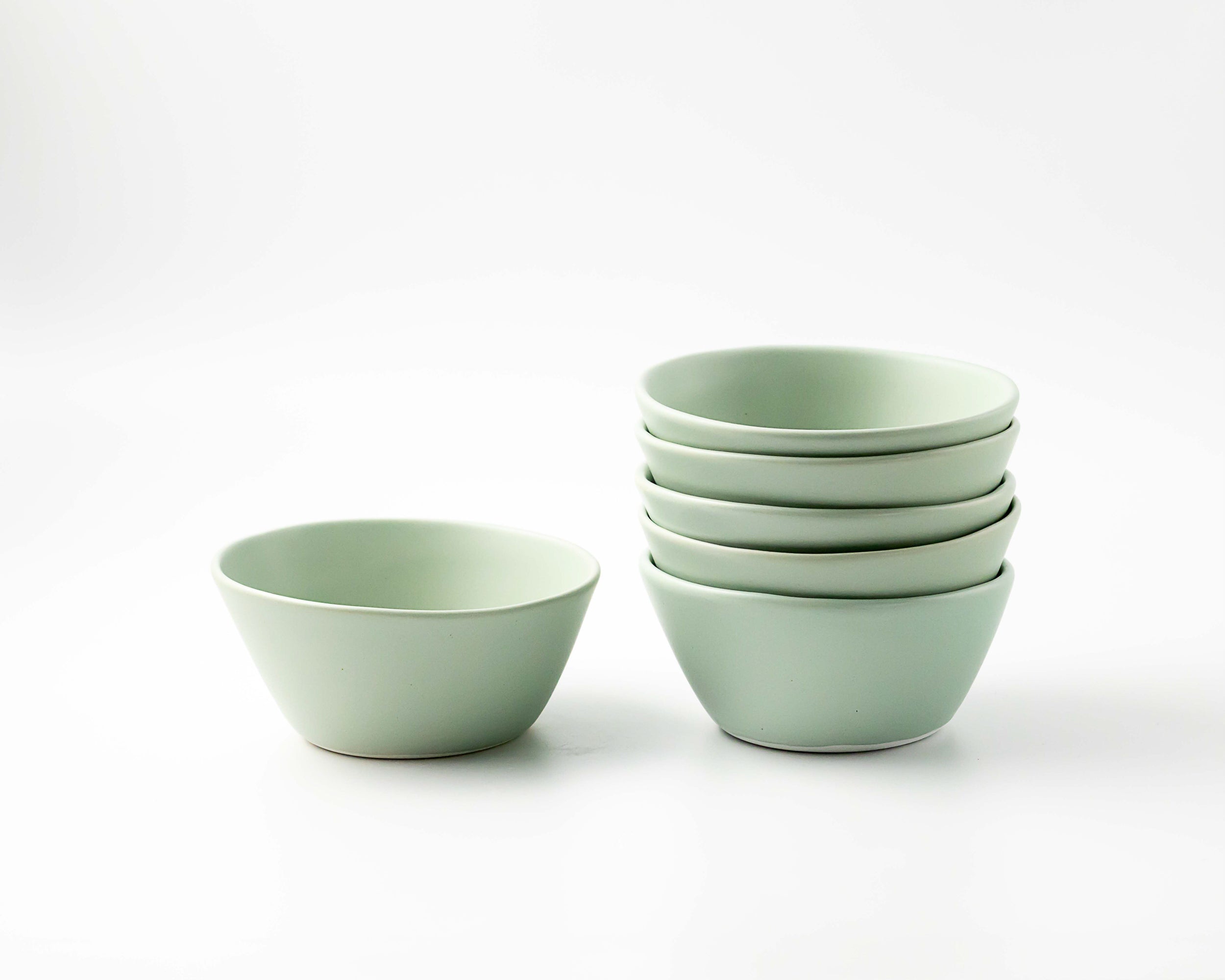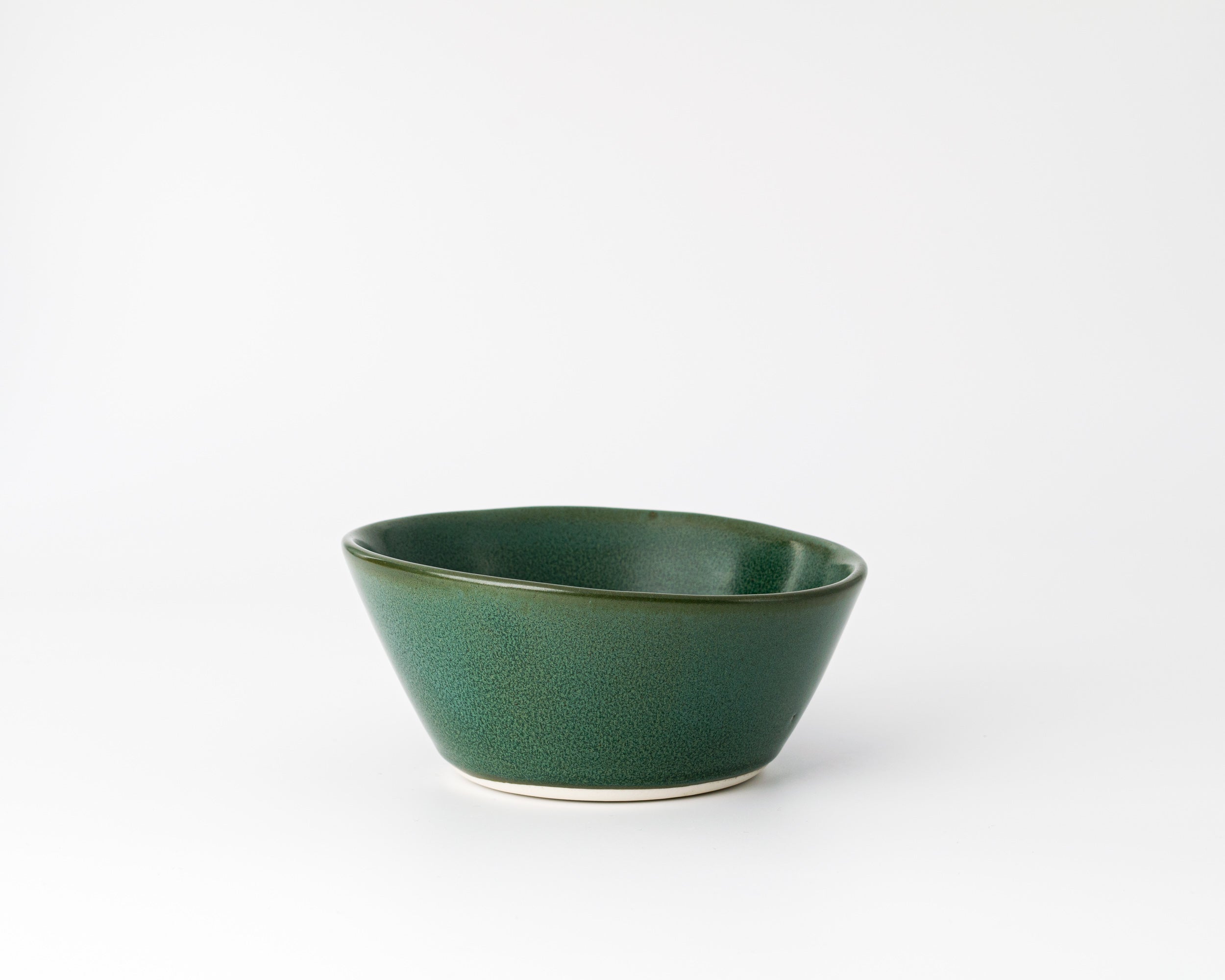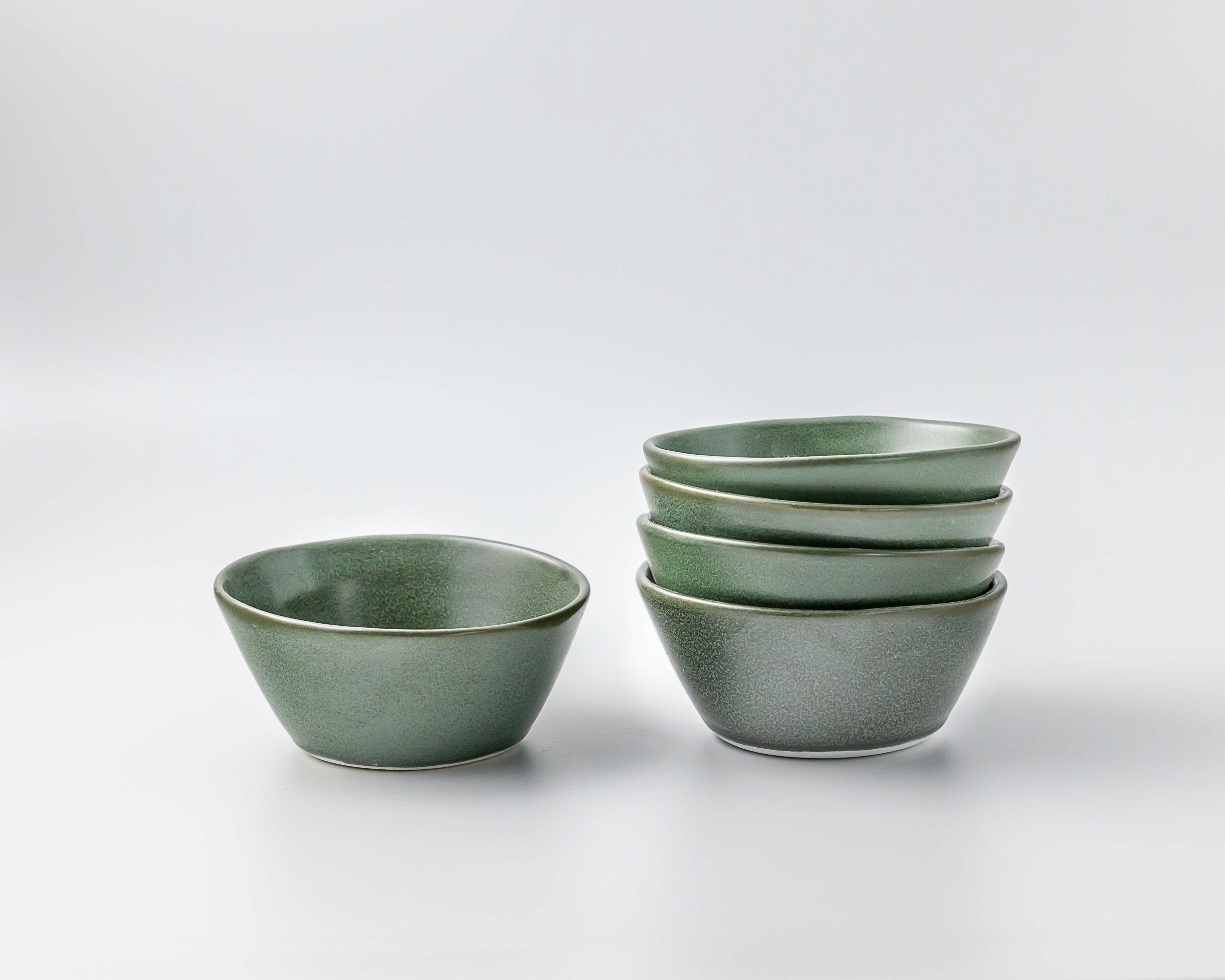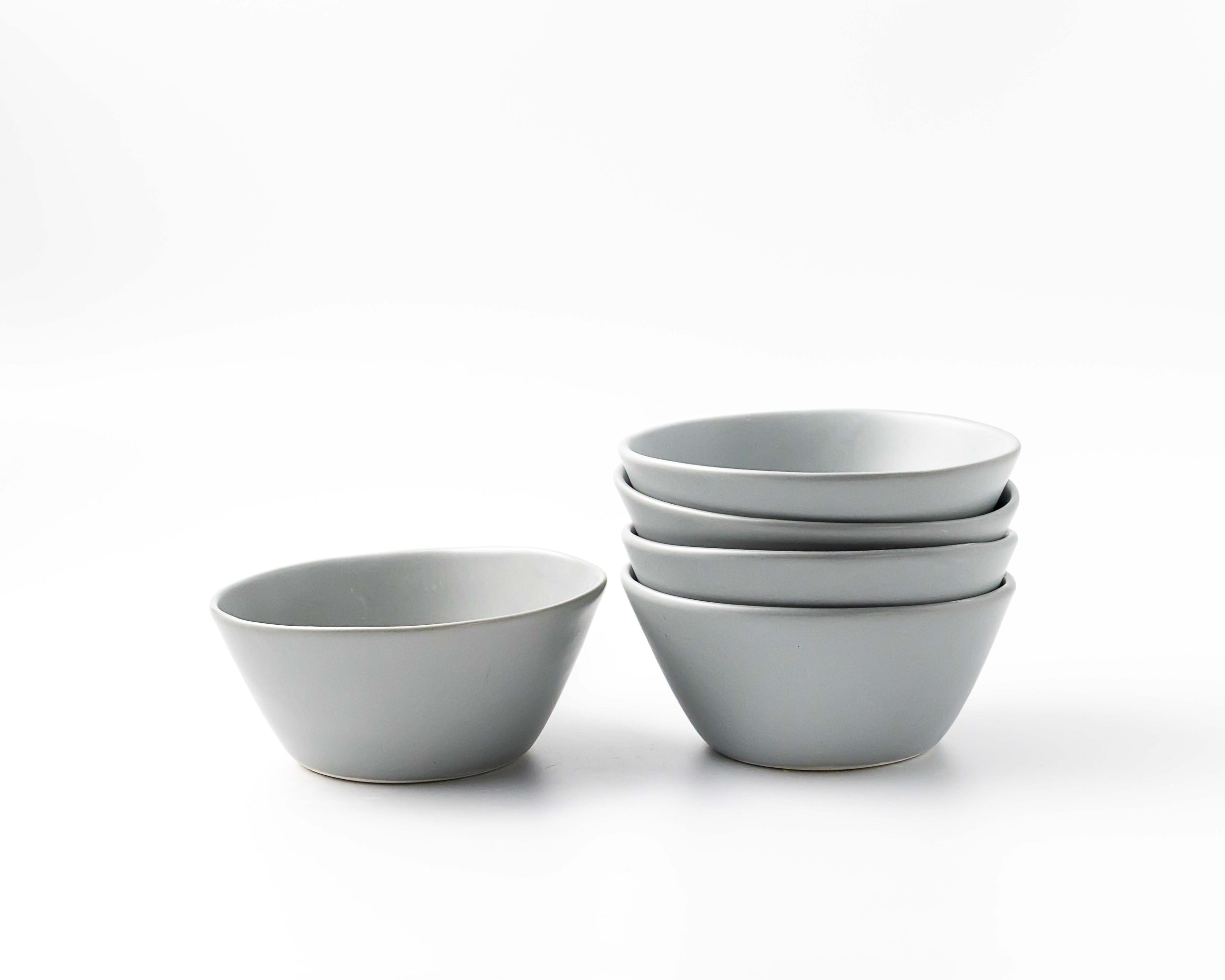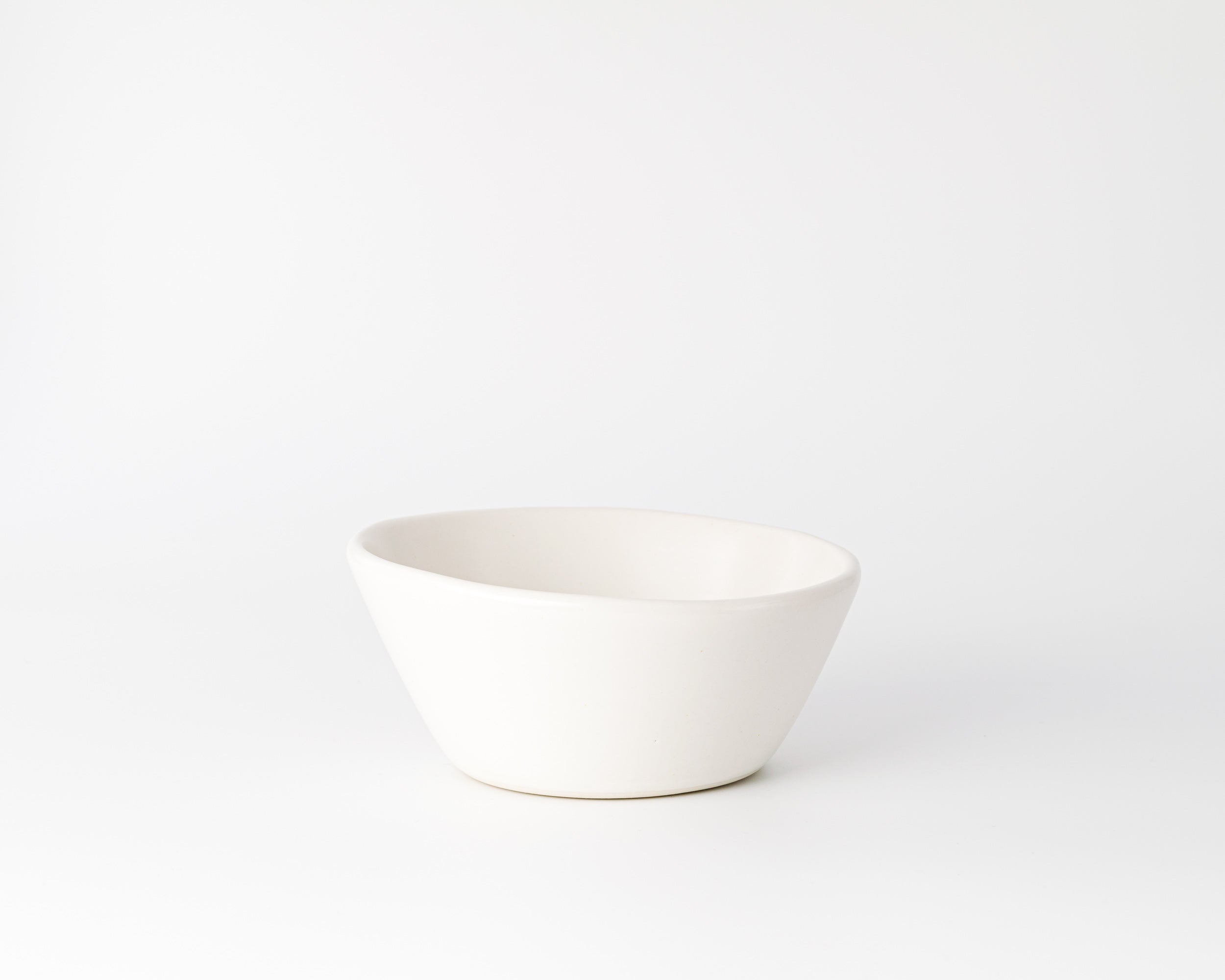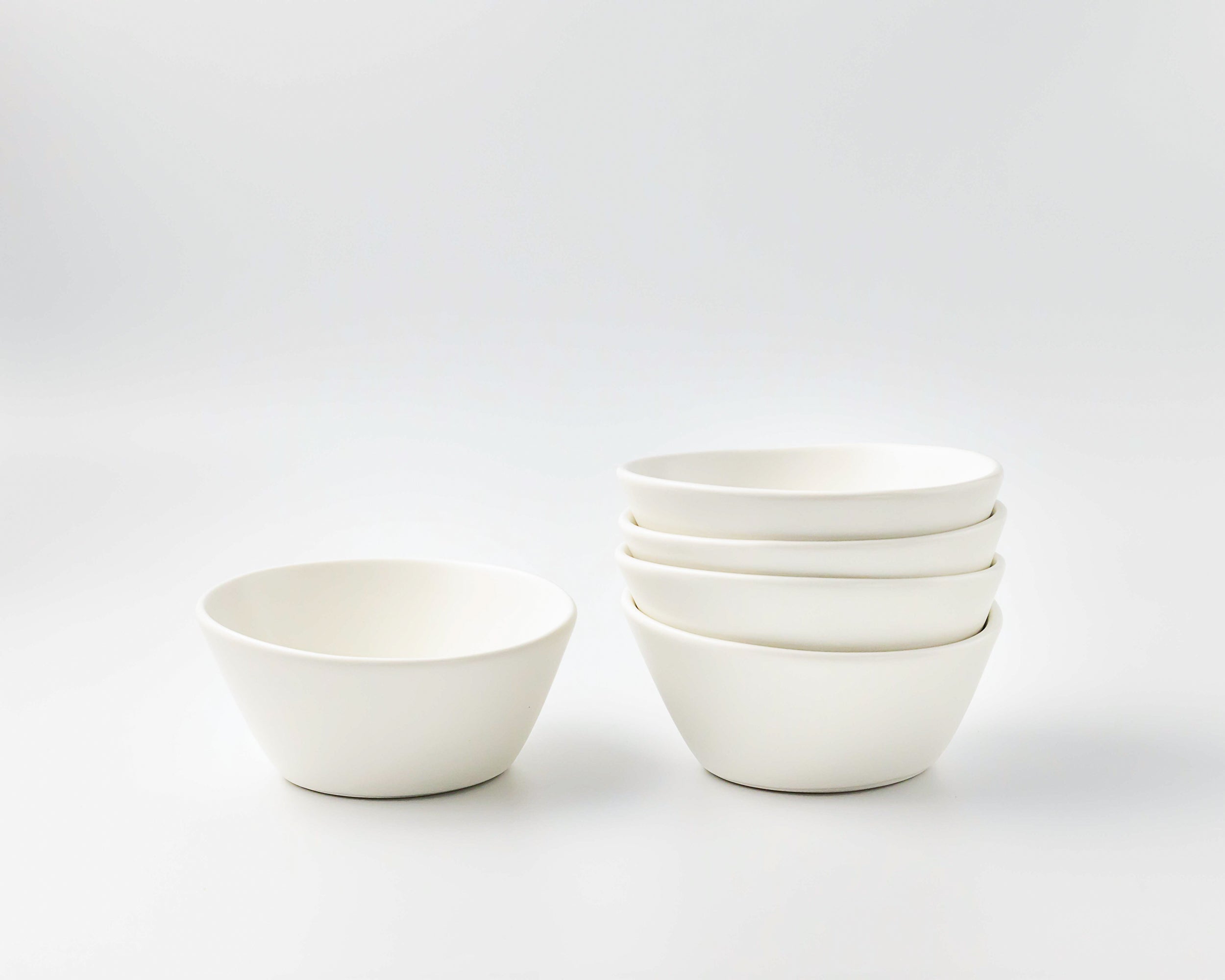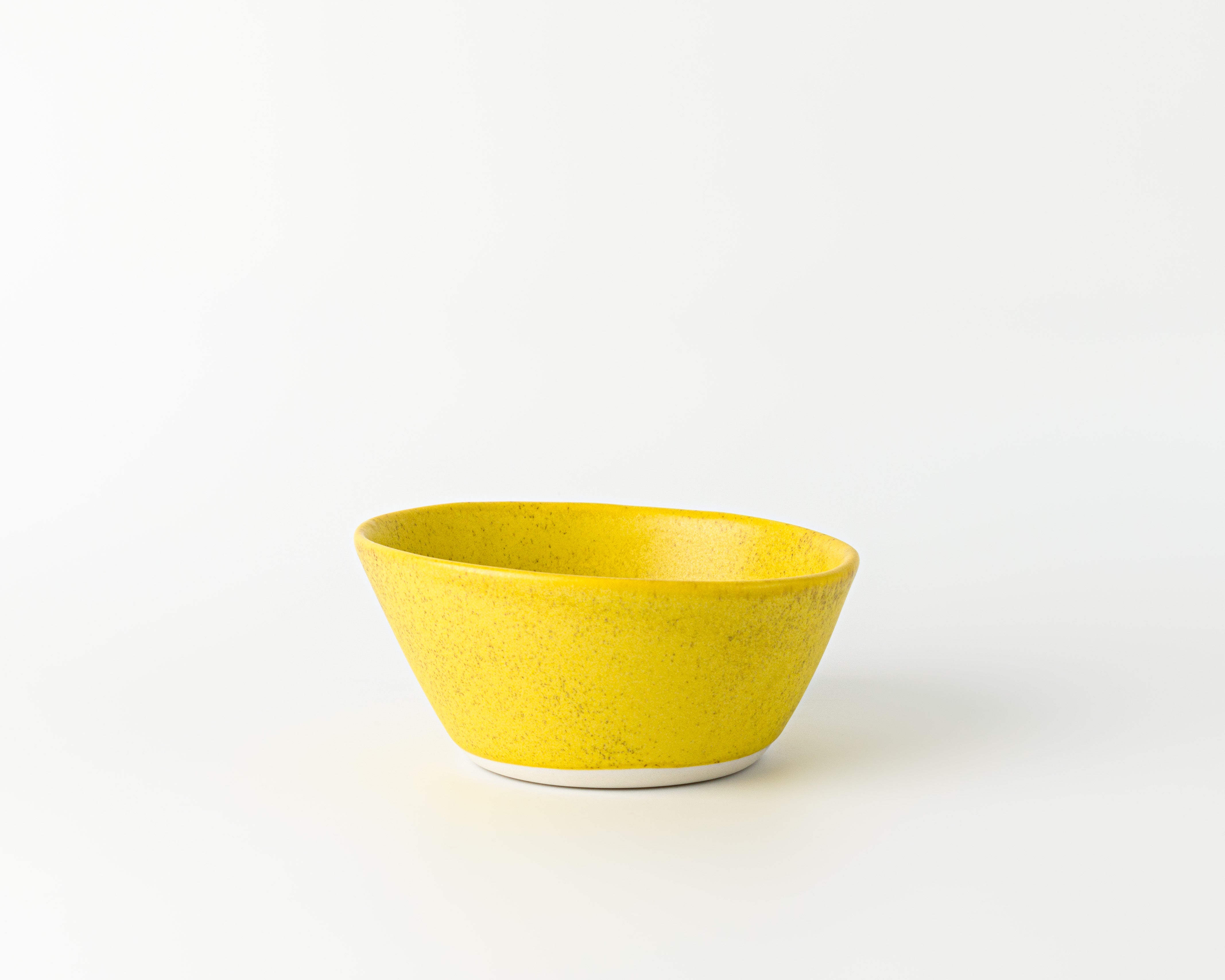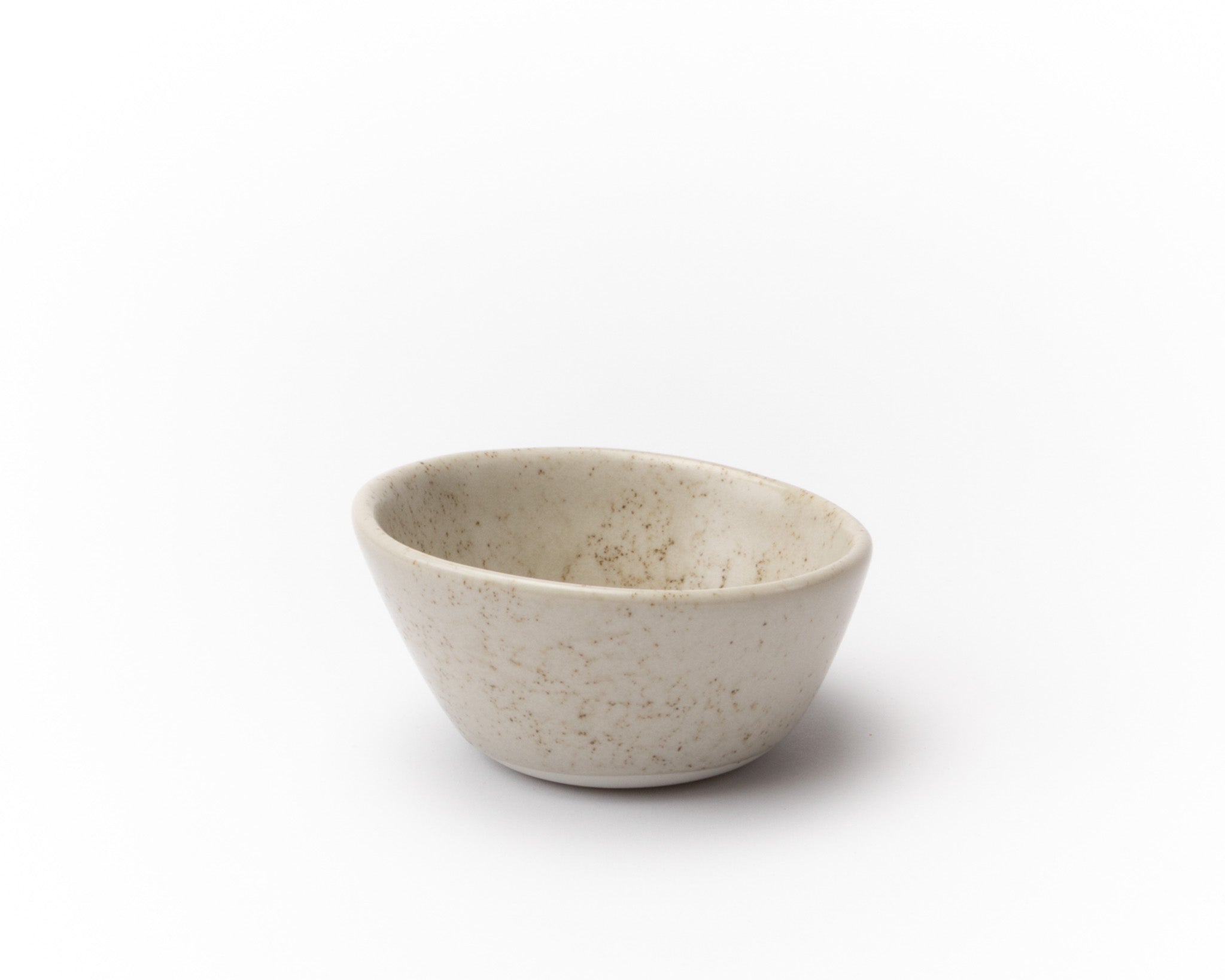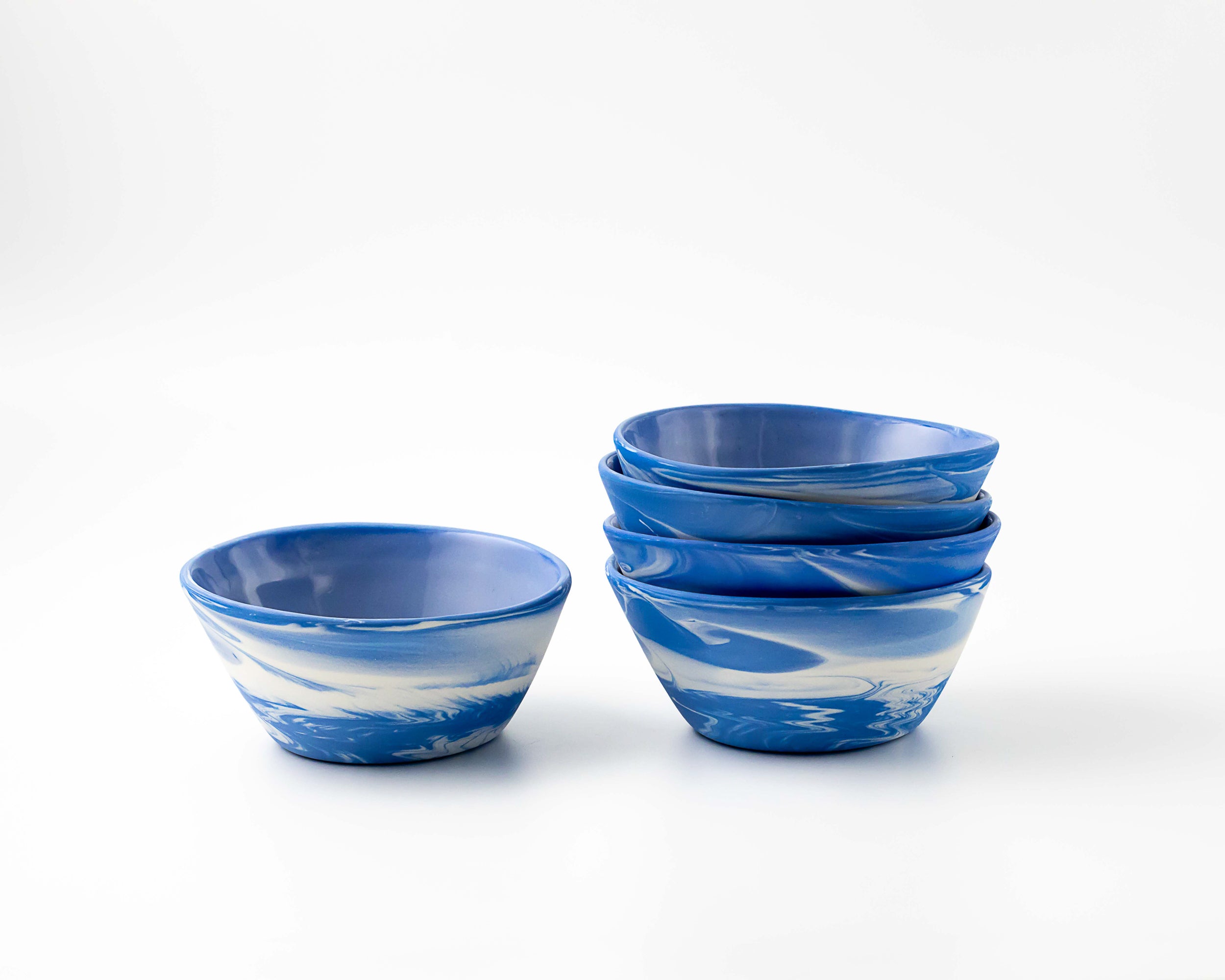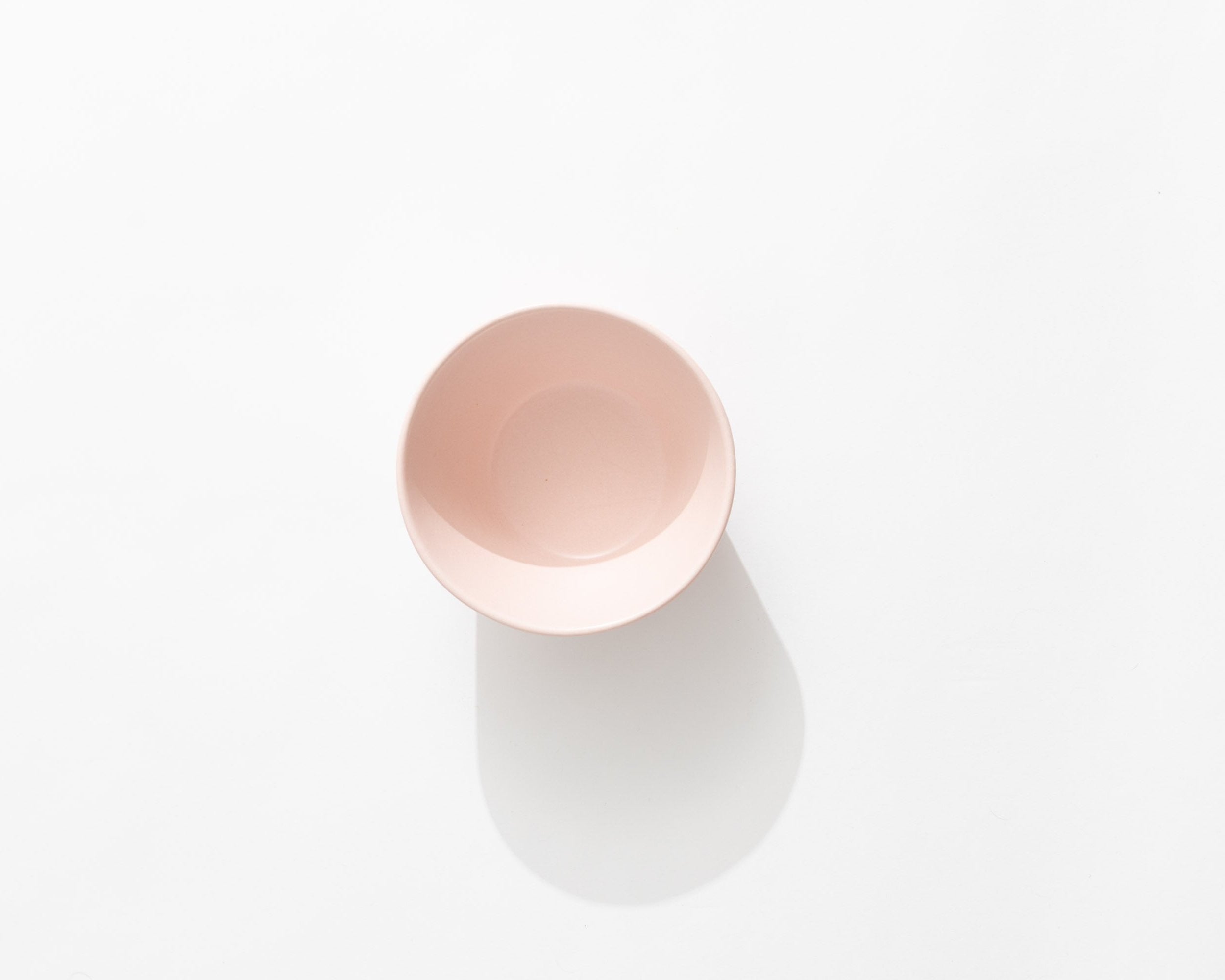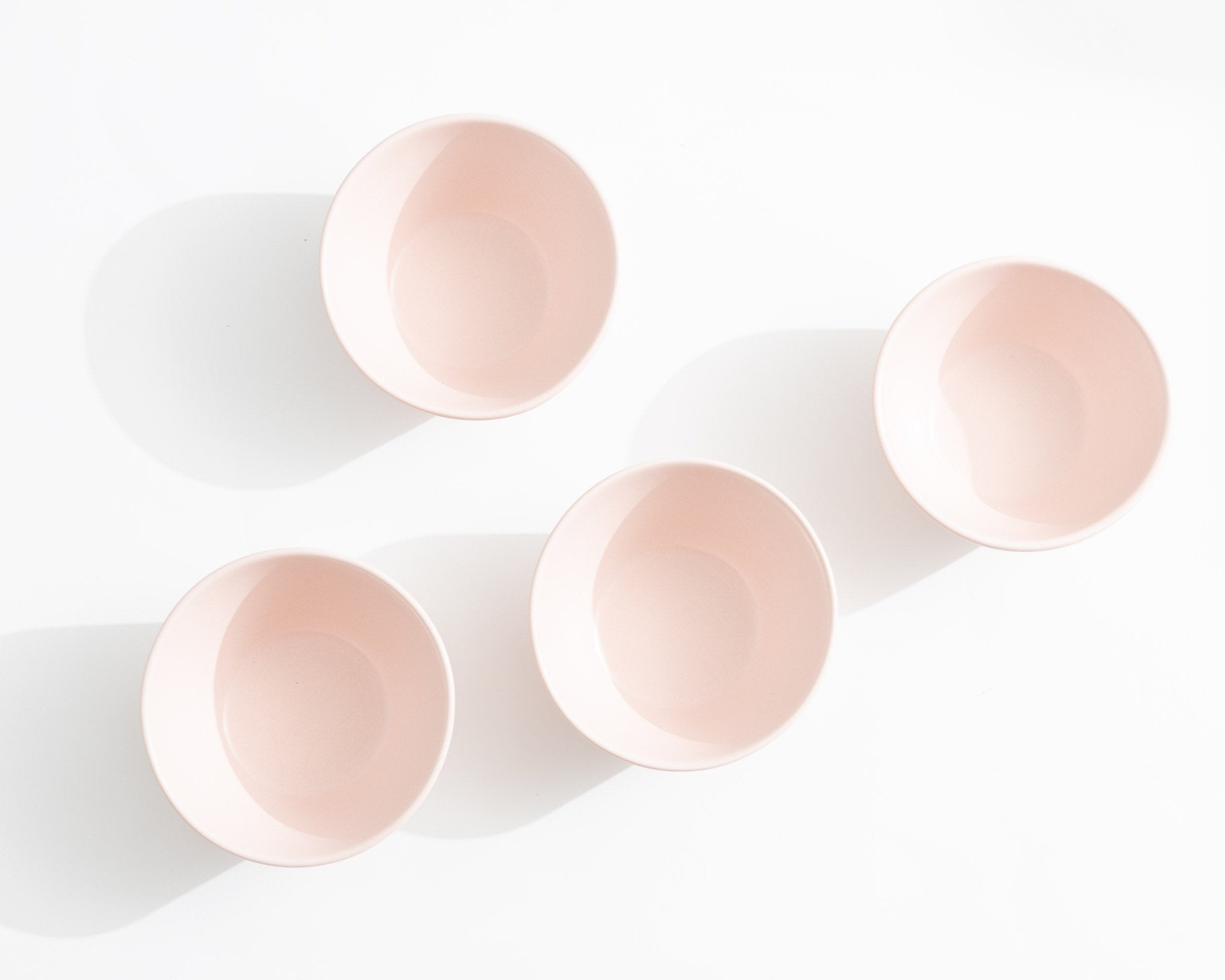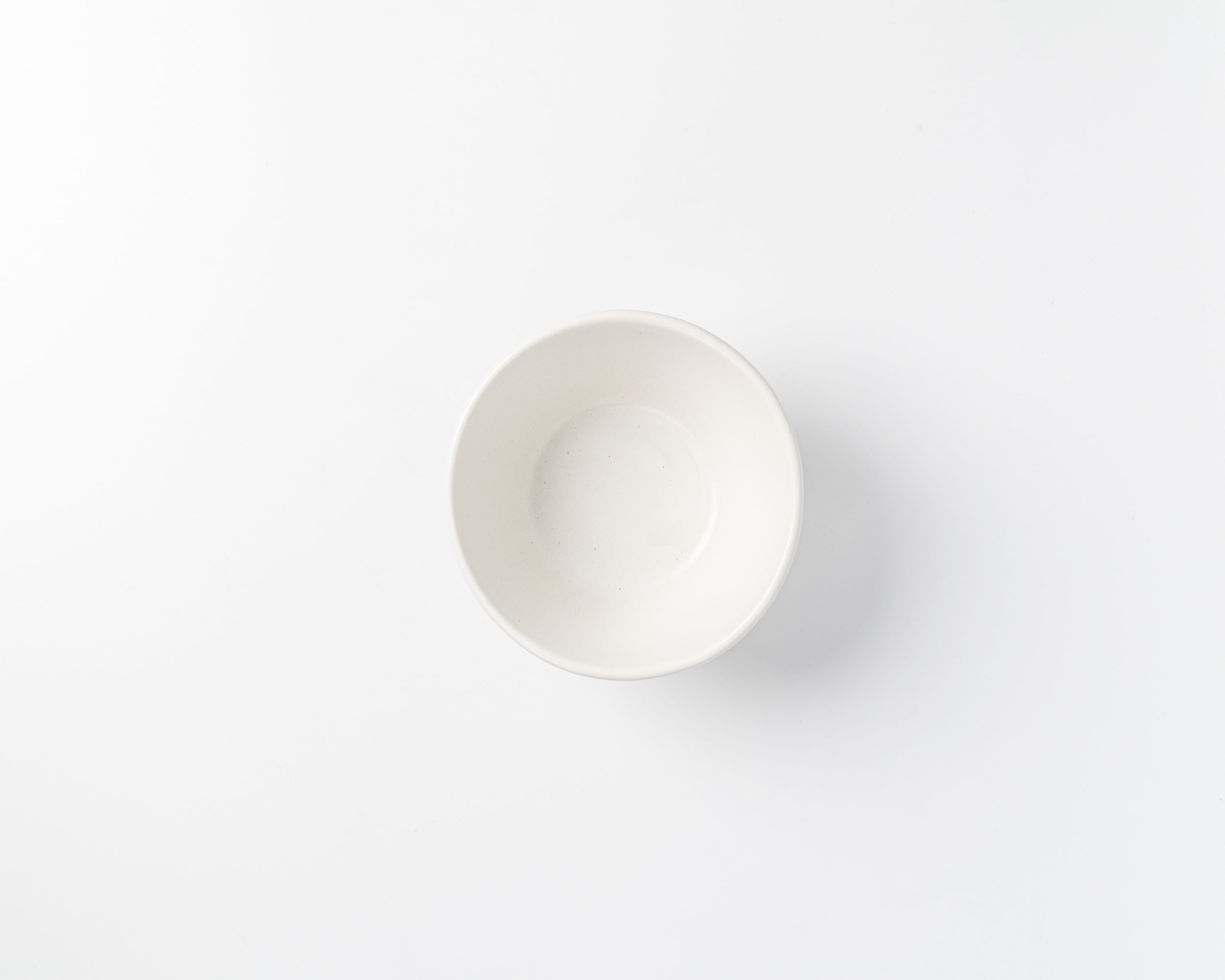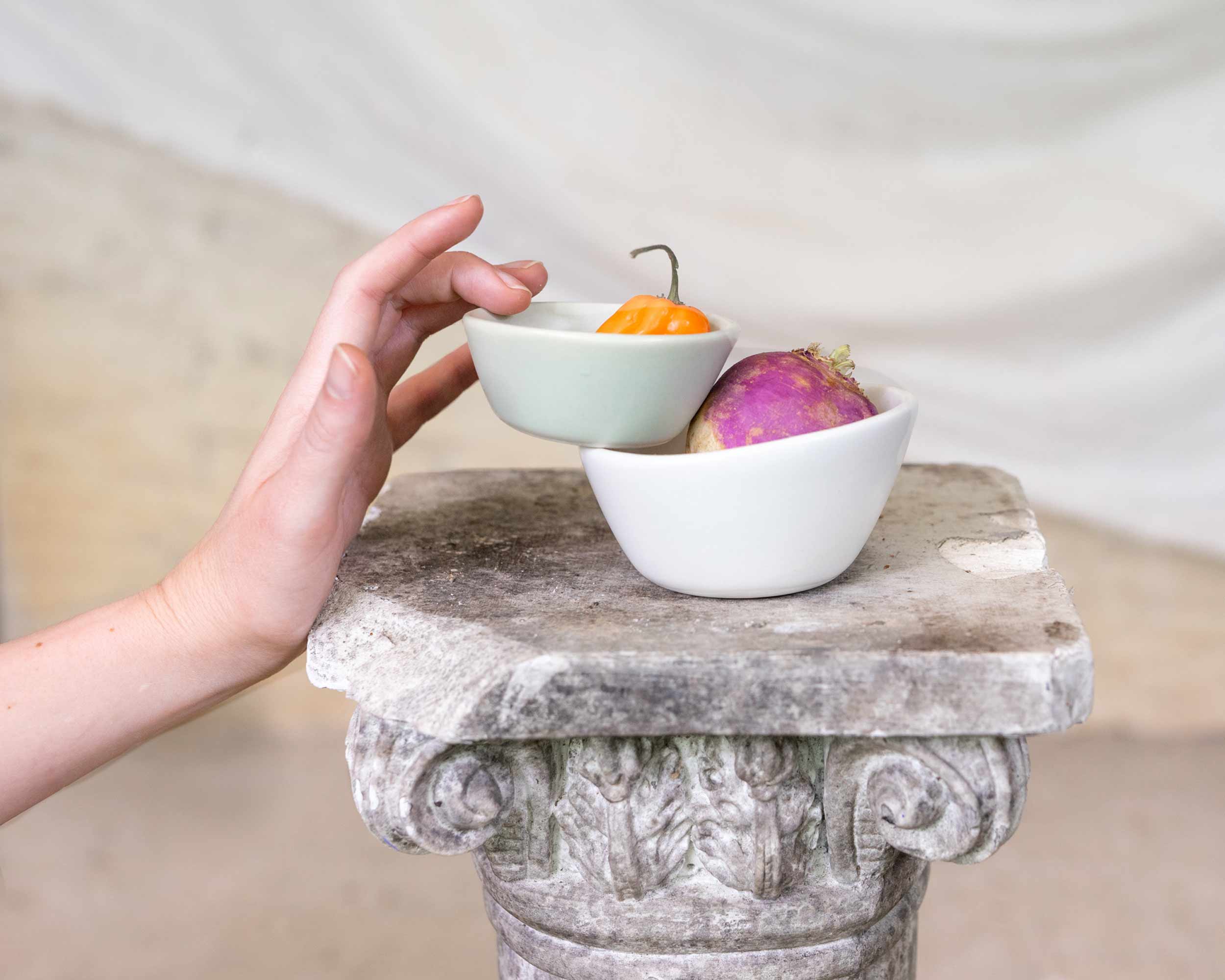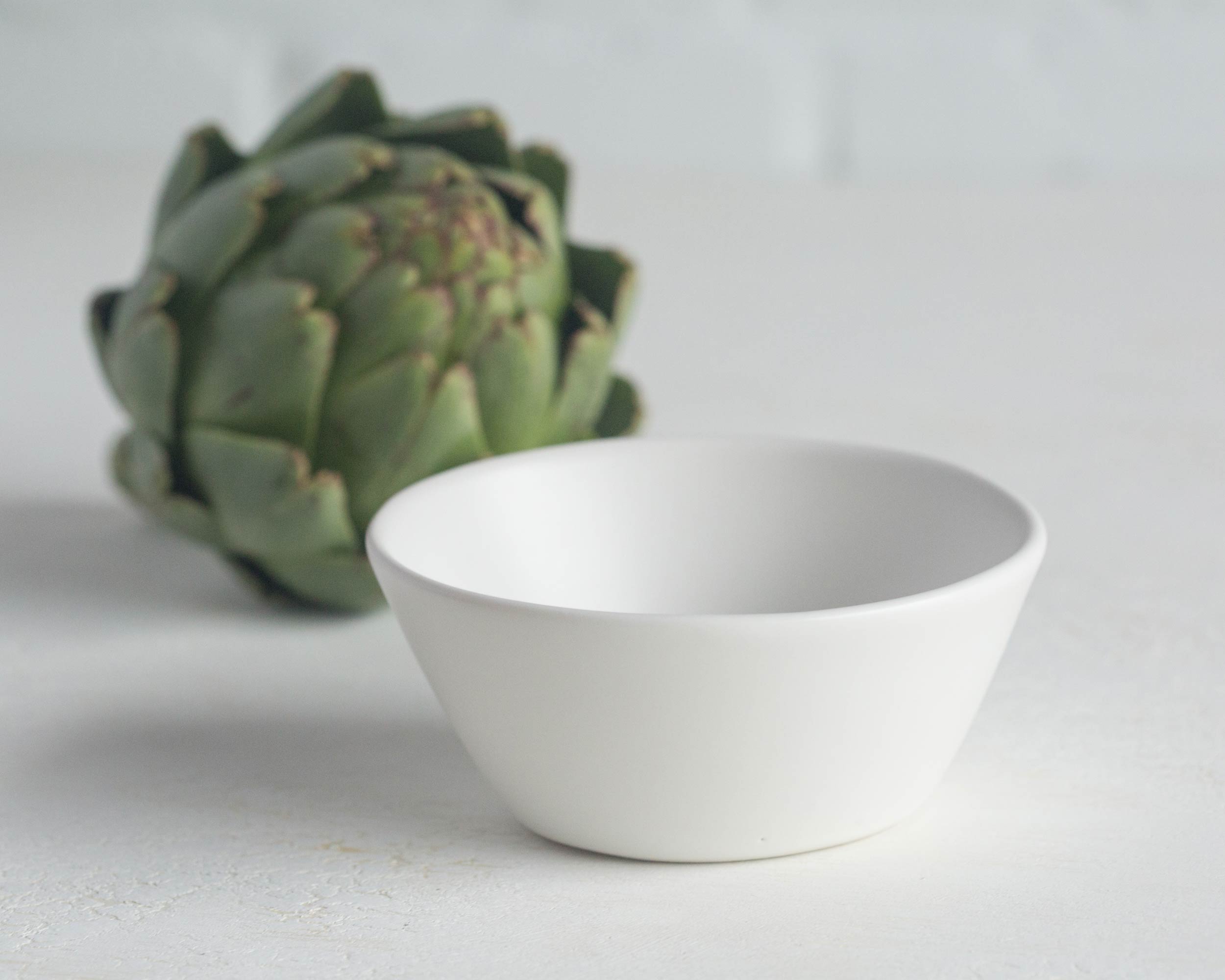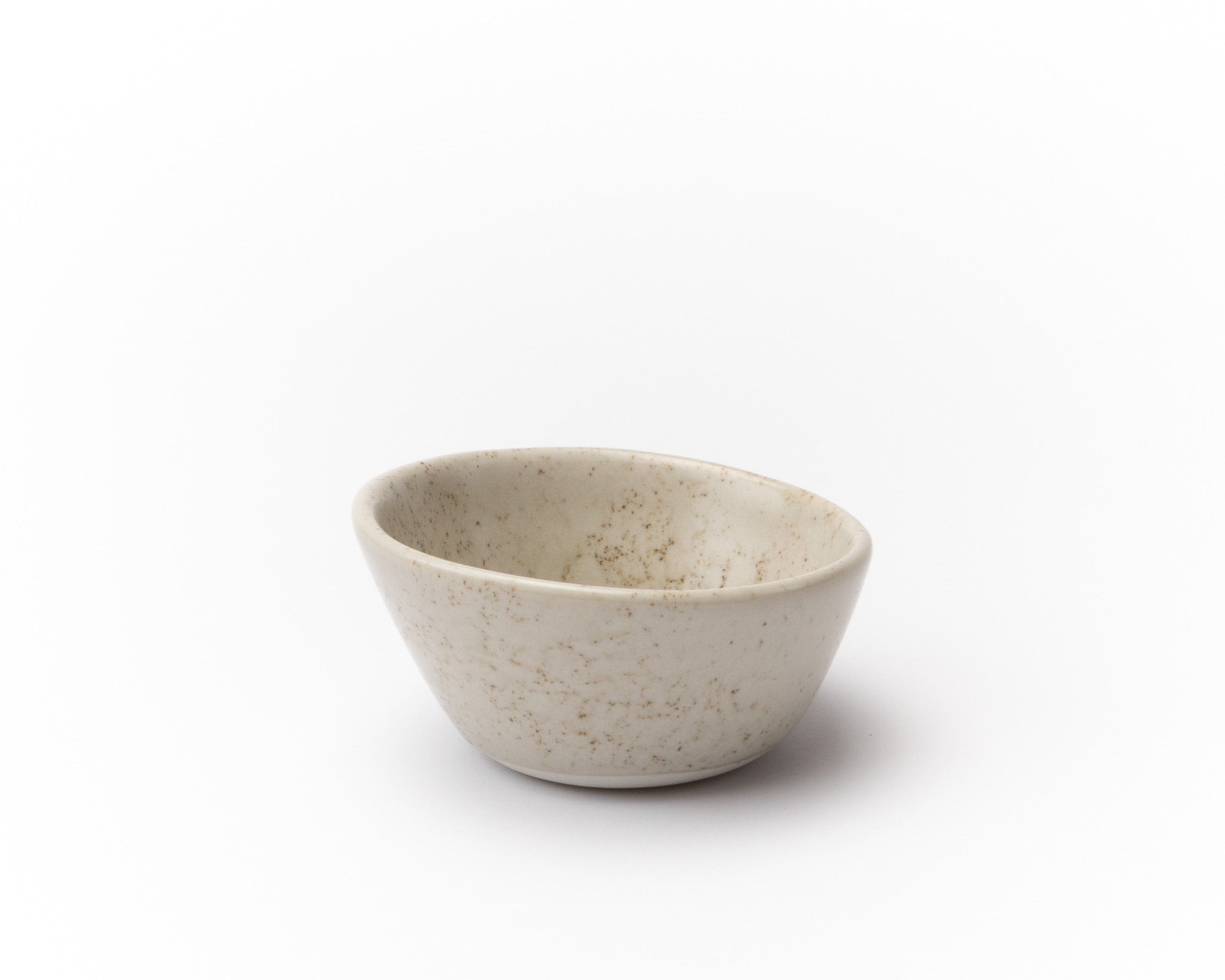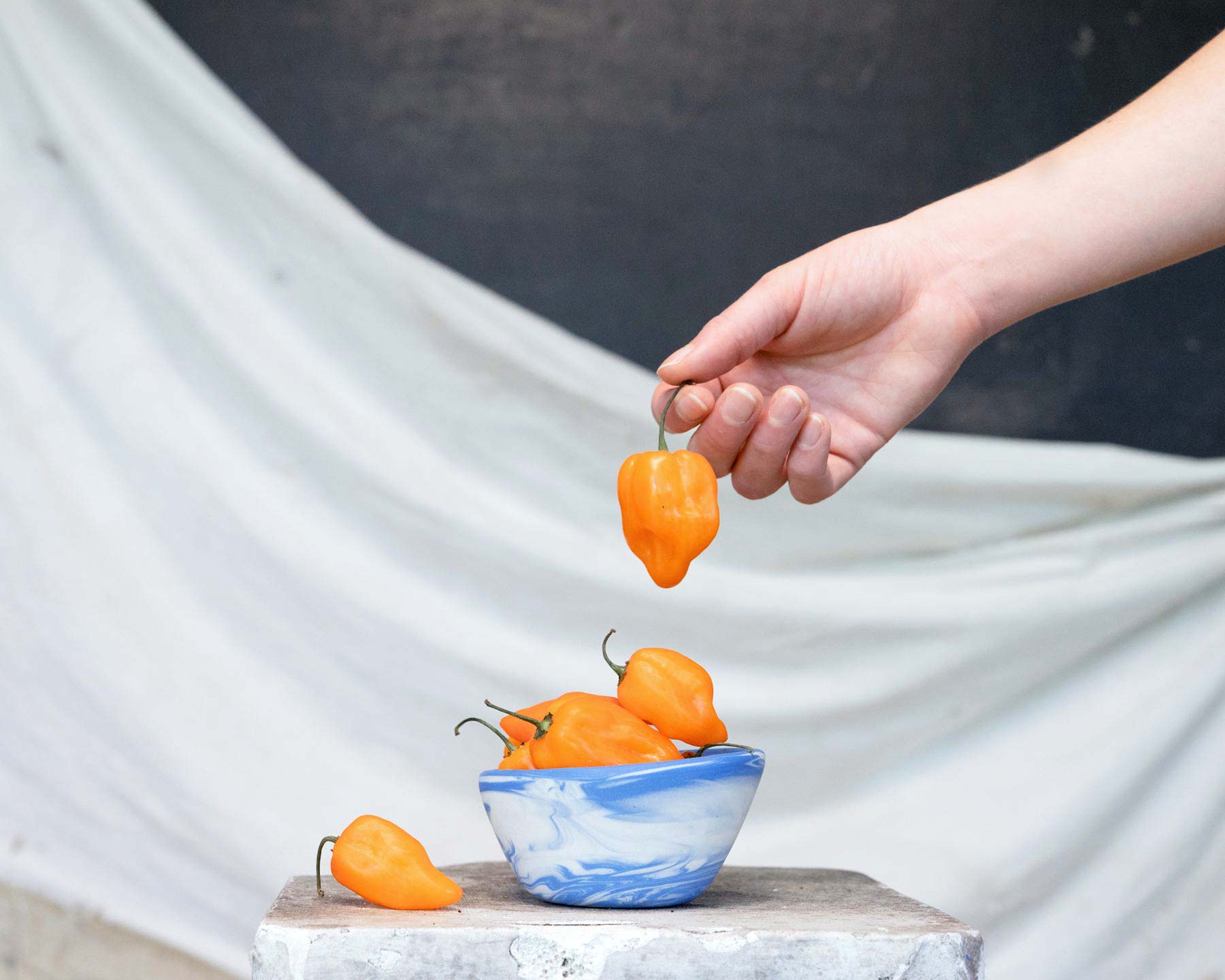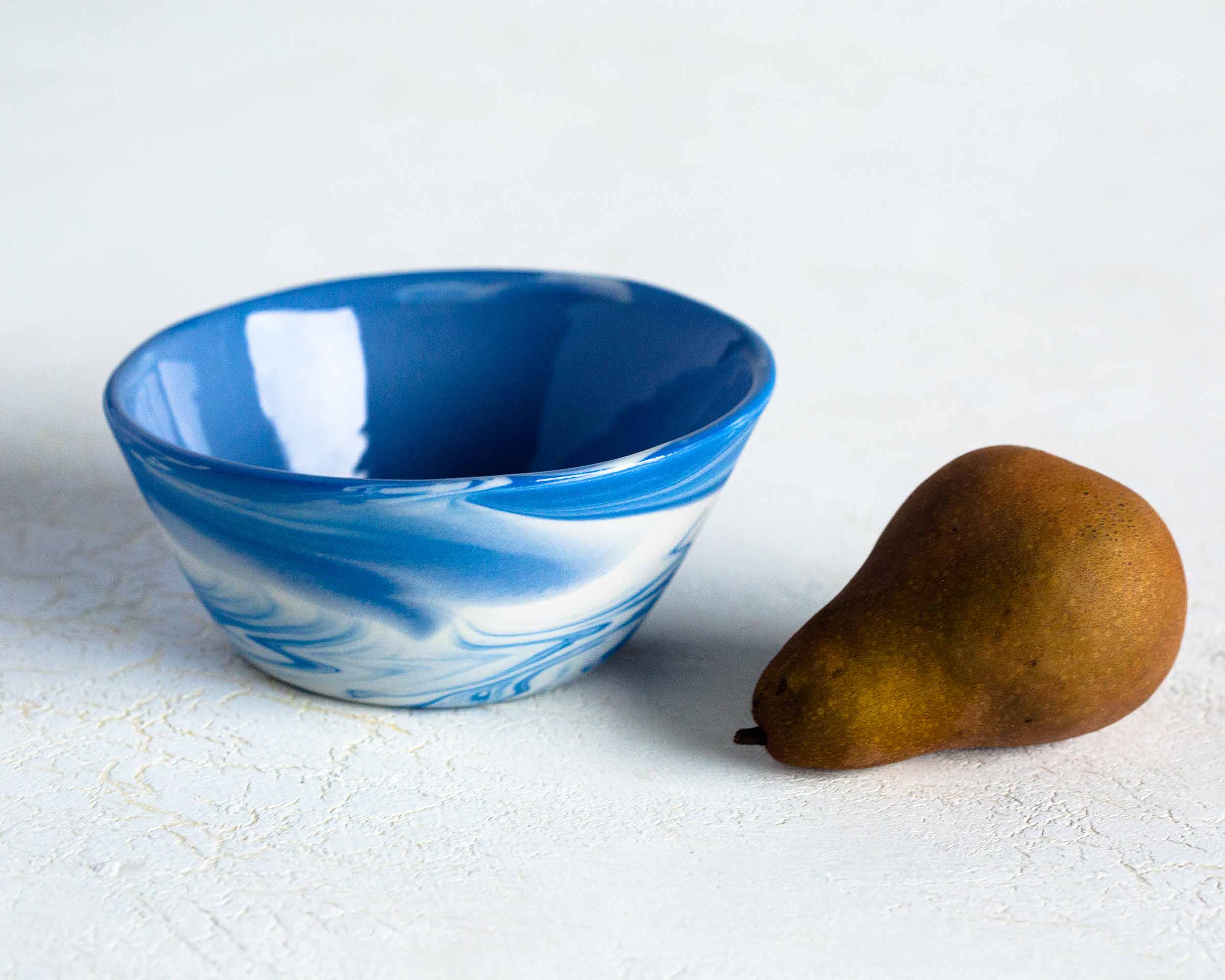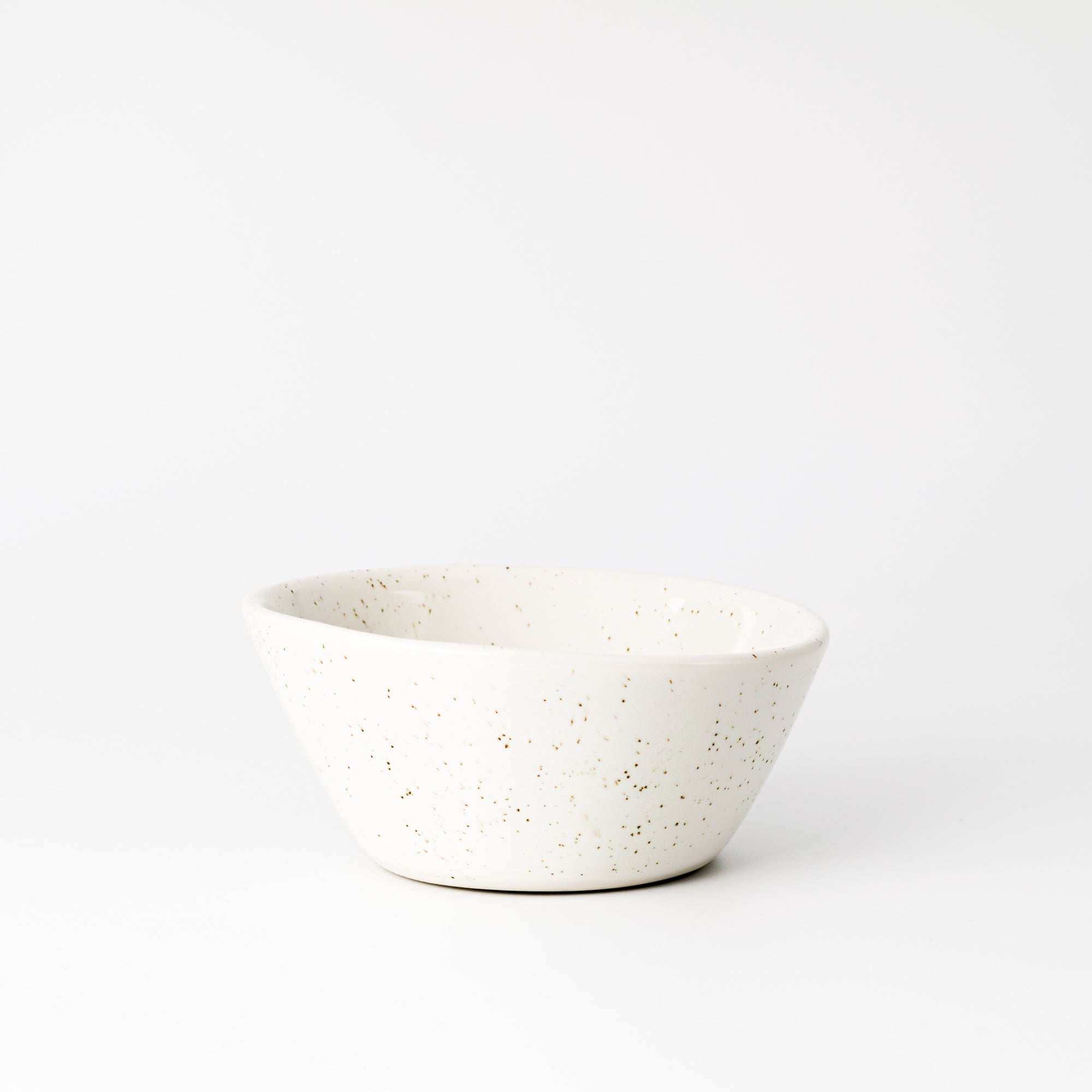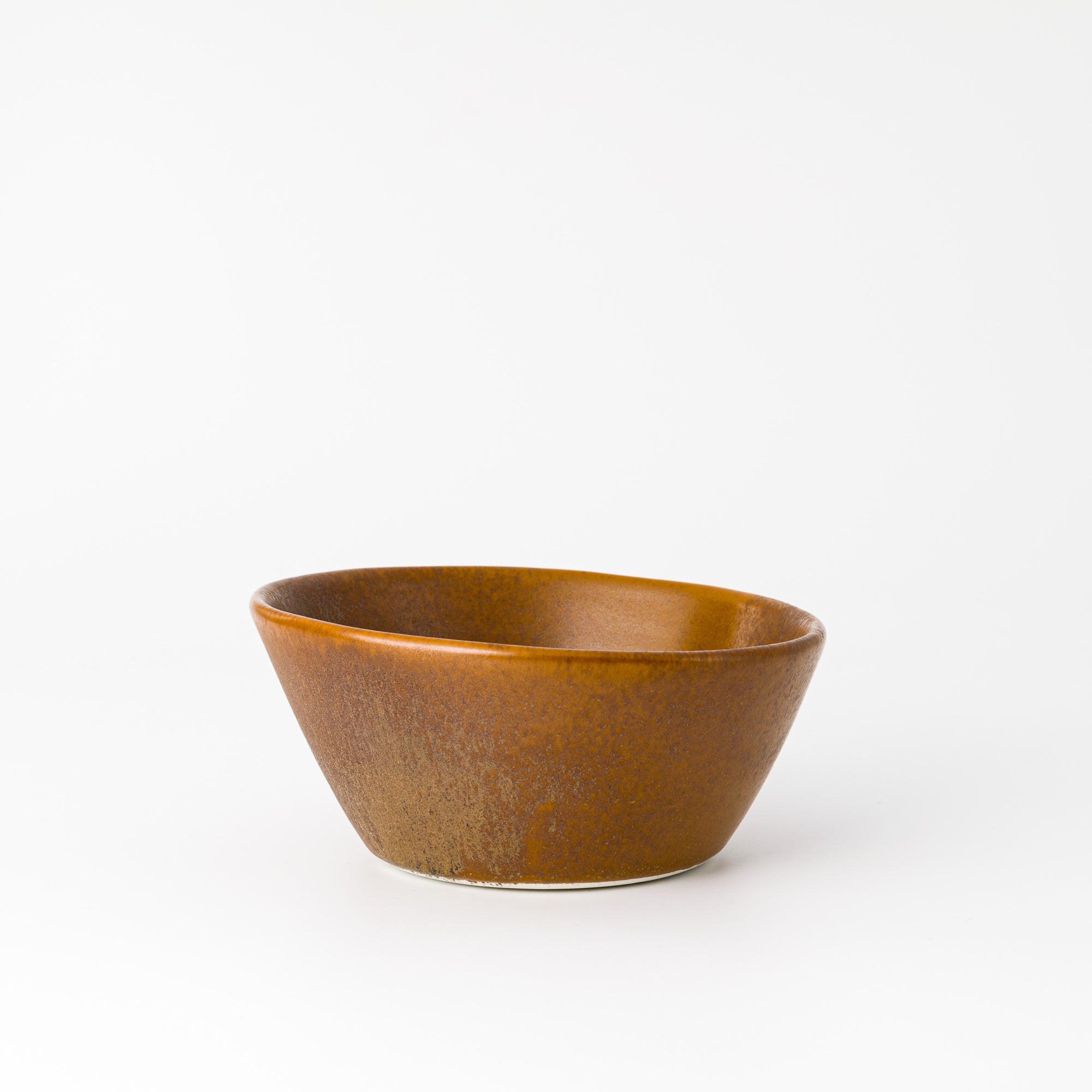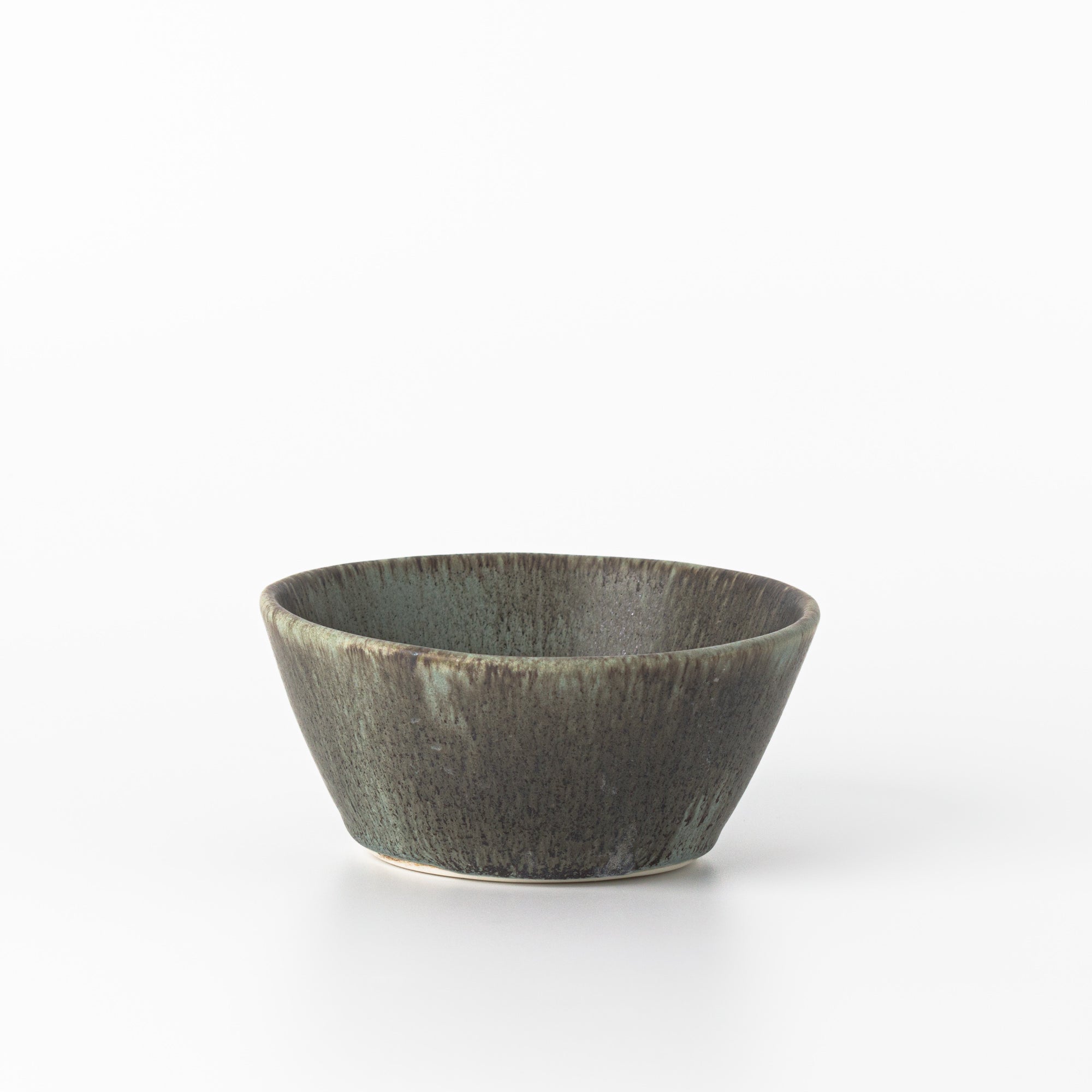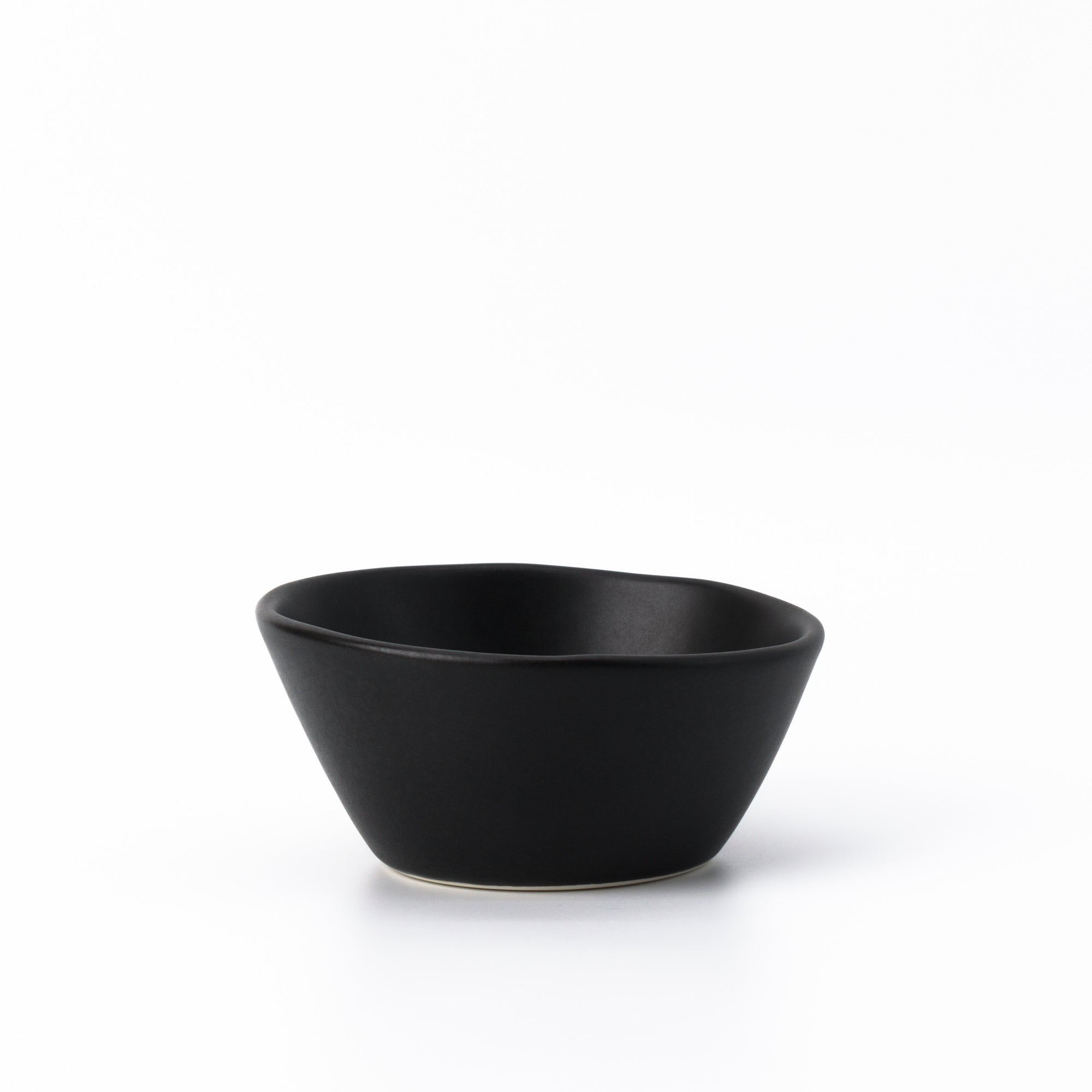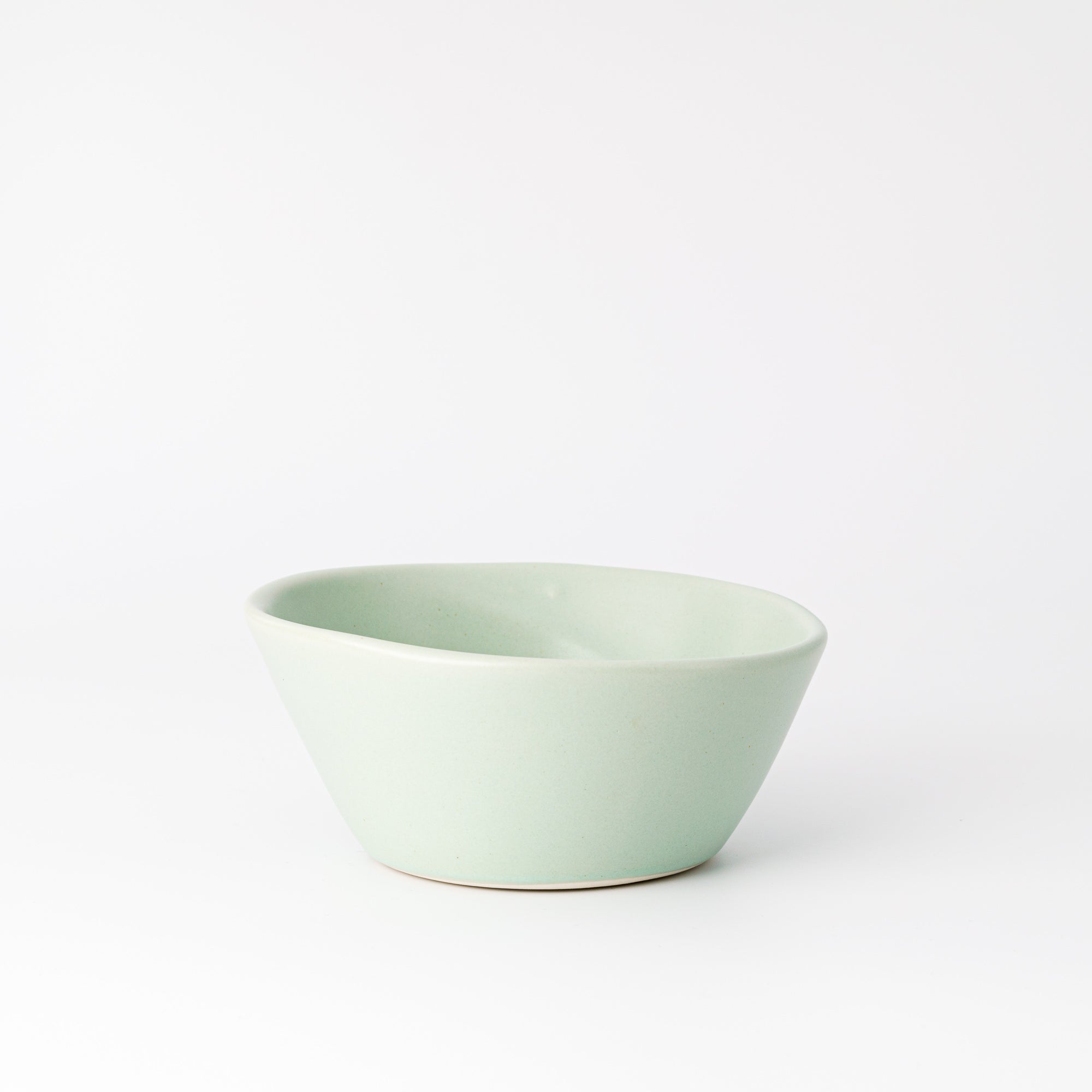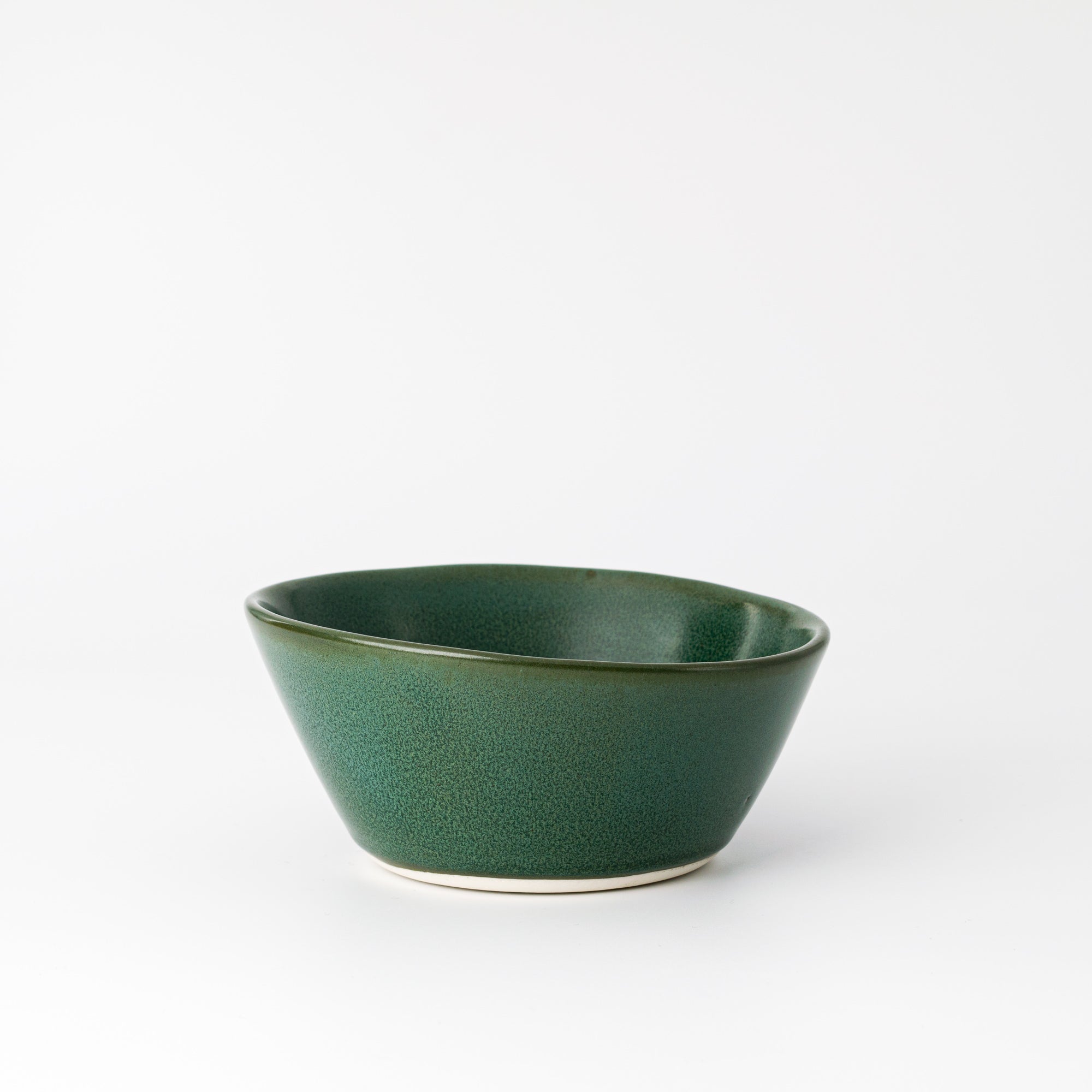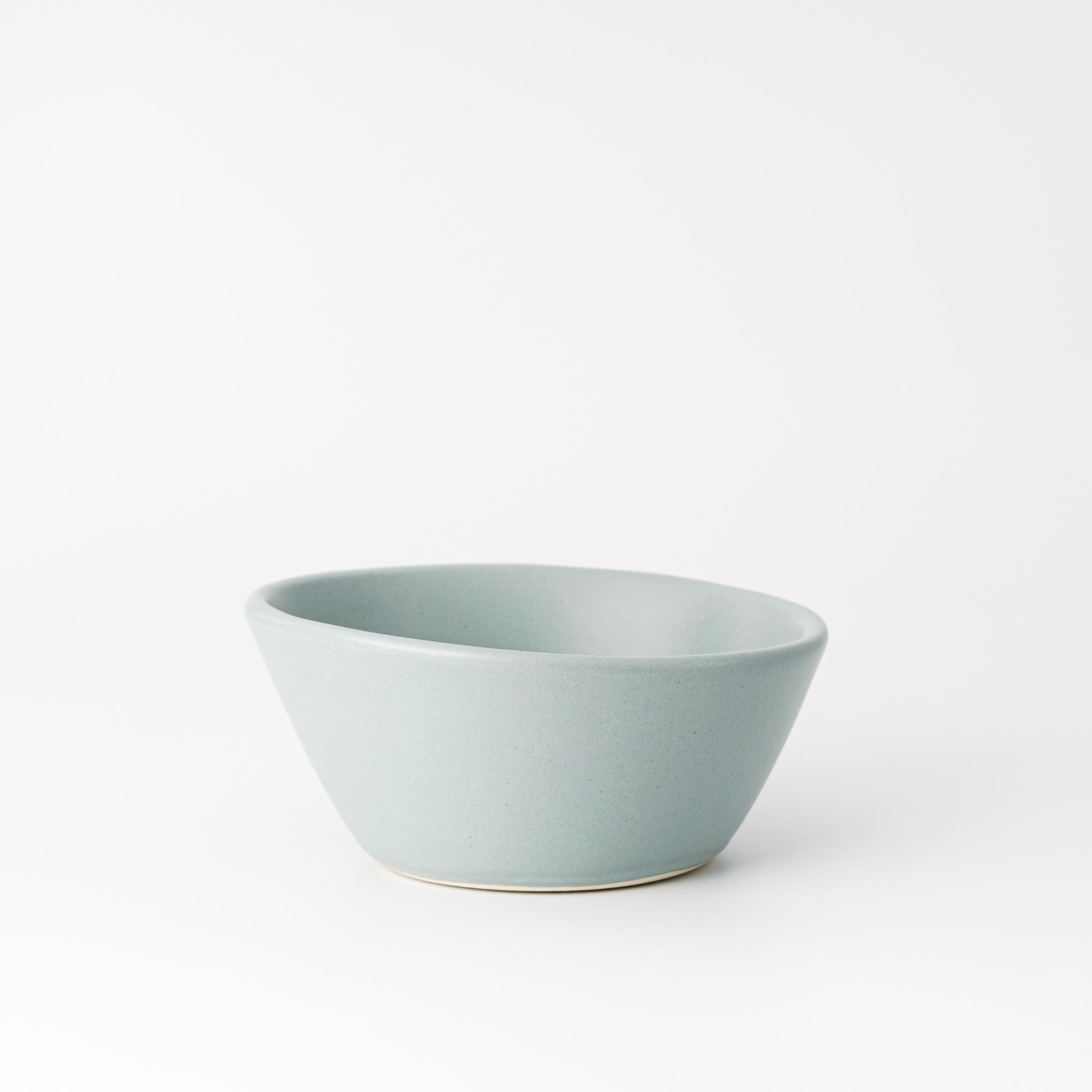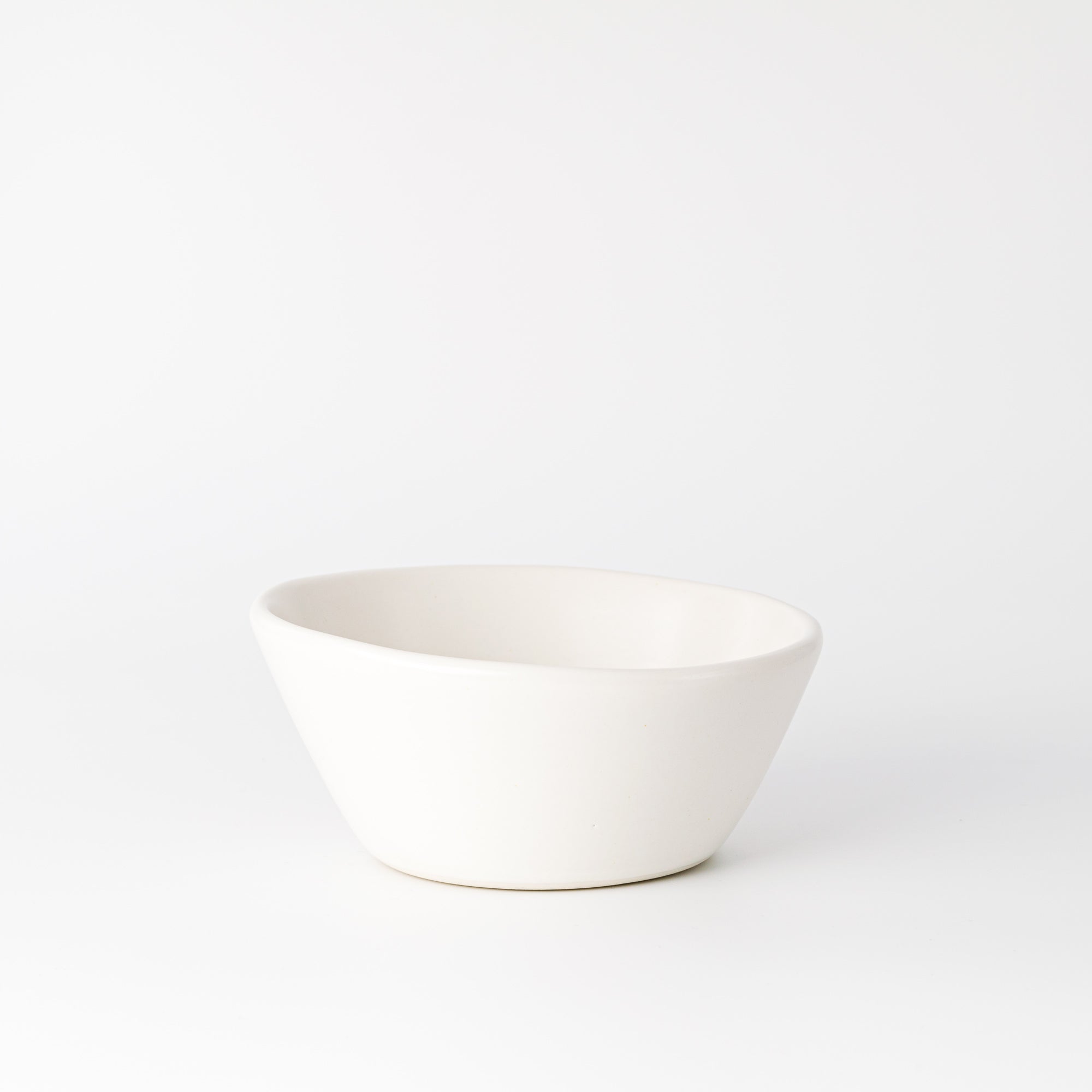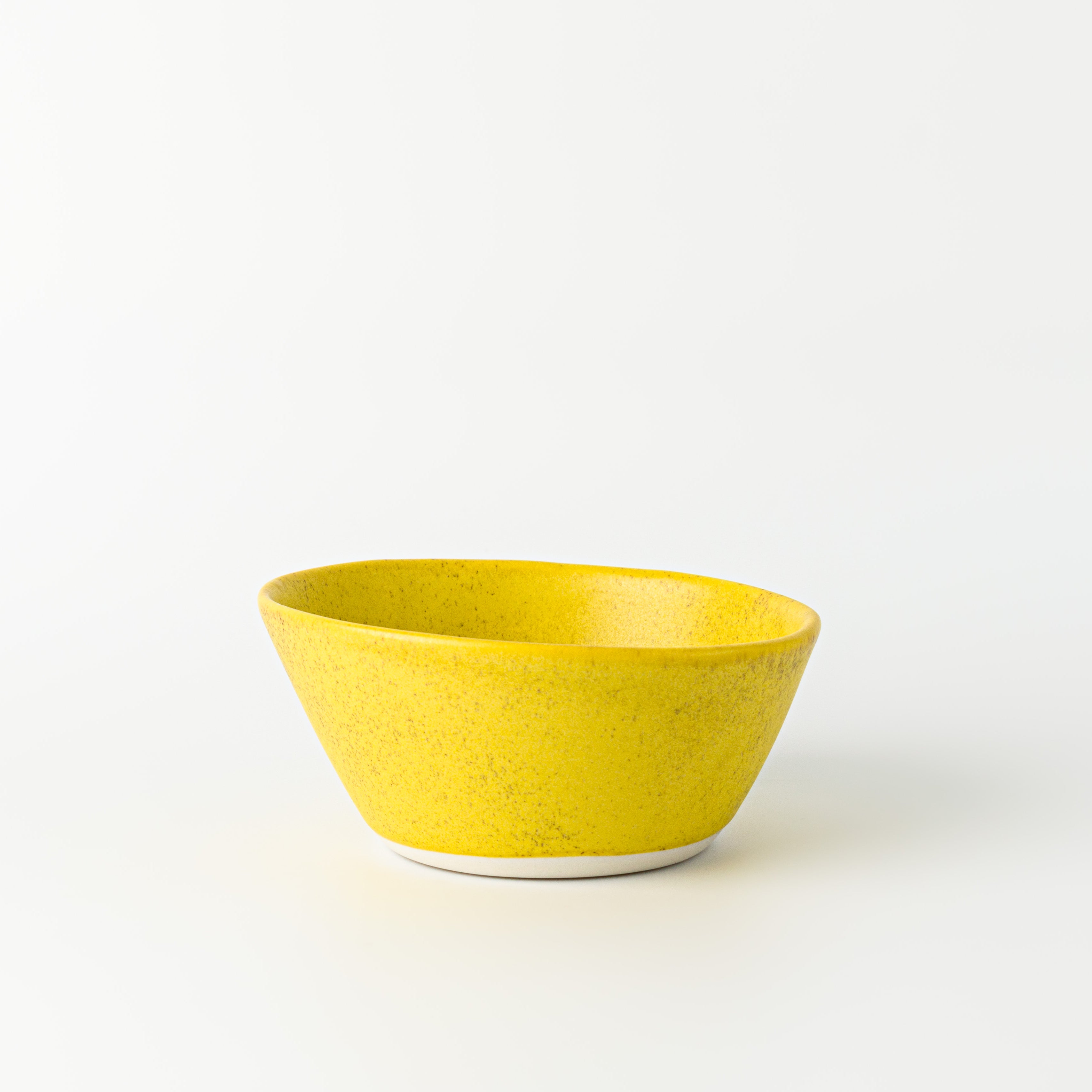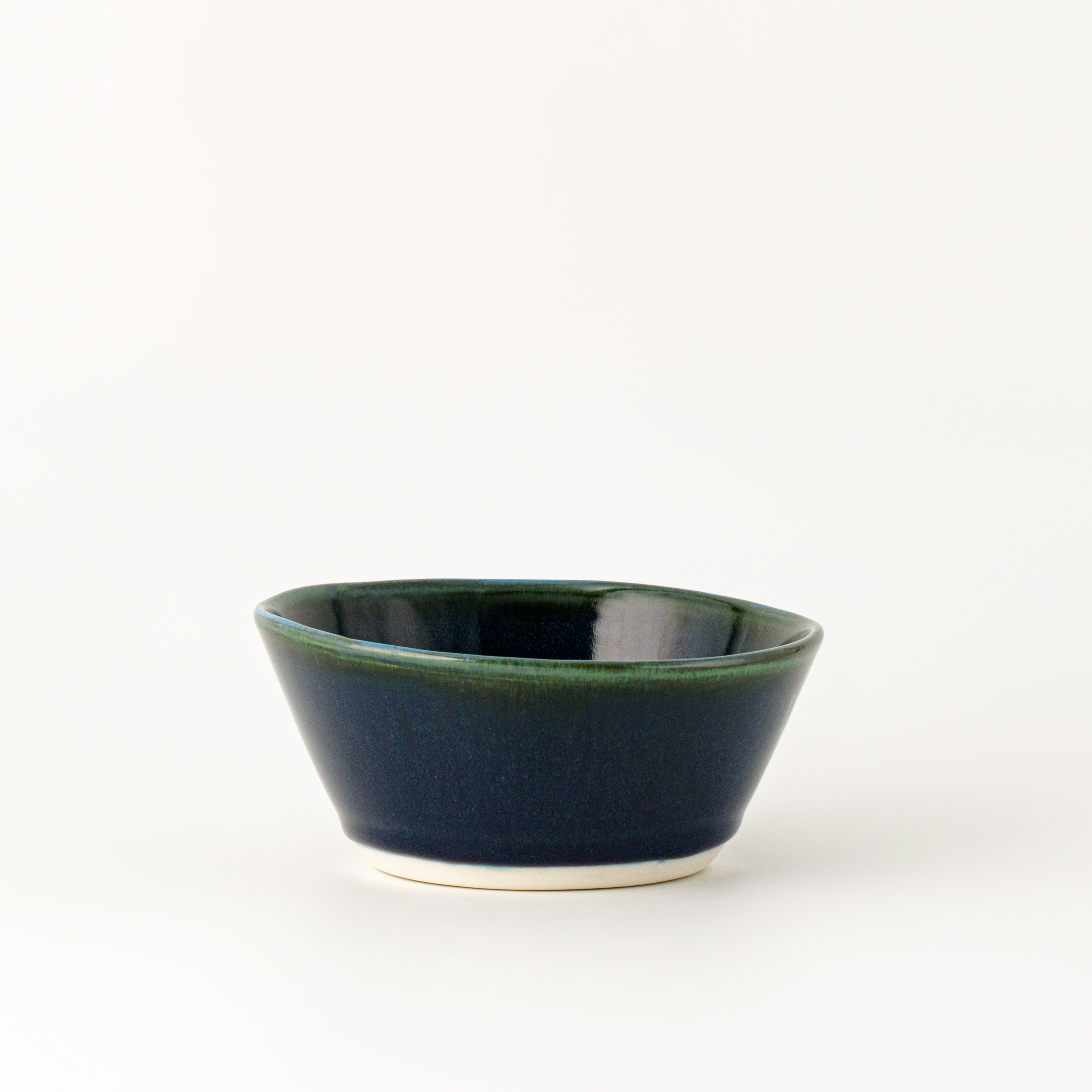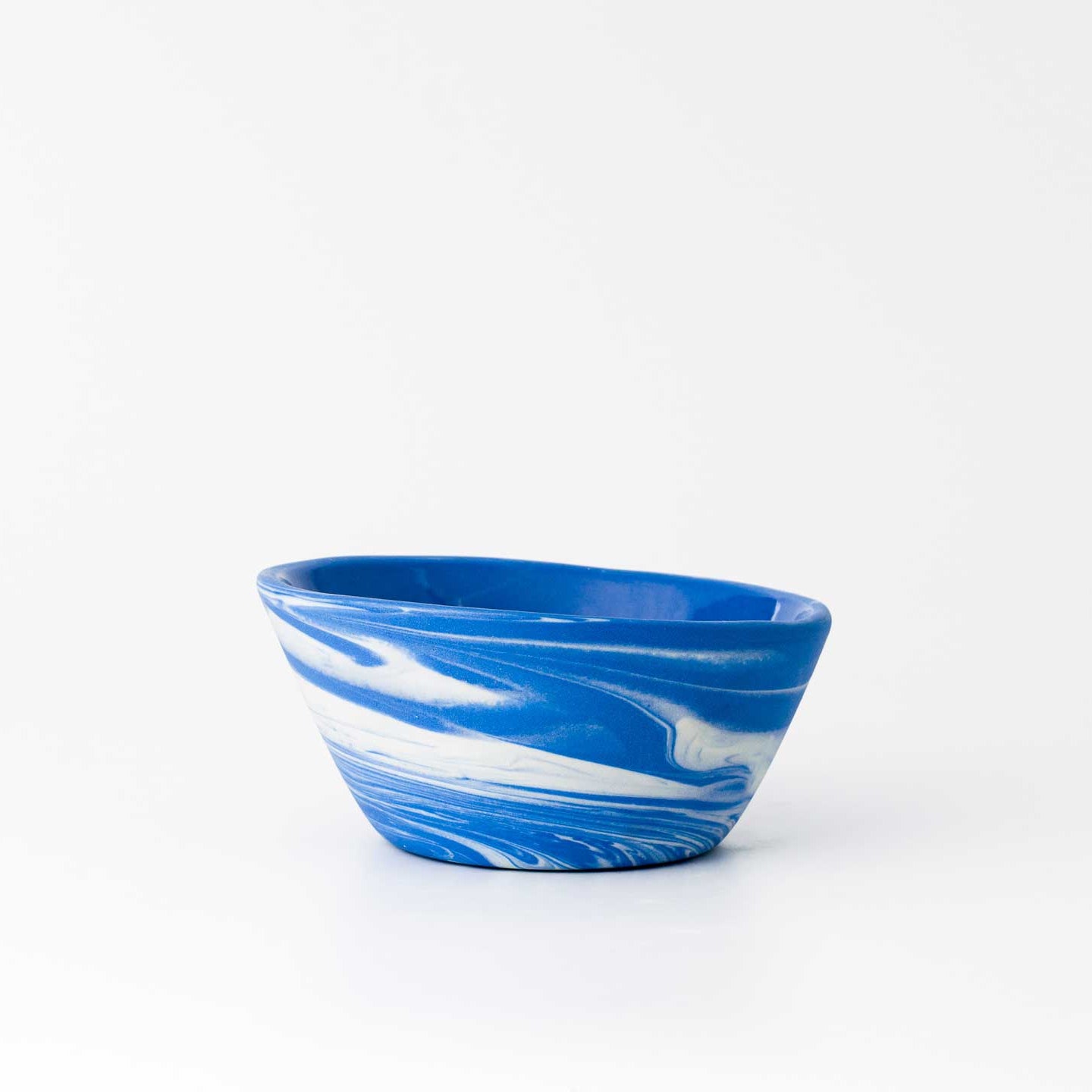Everyone knows that truffles are special, now let’s find out why...
A truffle is a type of mushroom - not to be confused with a chocolate truffle - that grows underground and is amongst one of the rarest, therefore priciest ingredients in the world. Most people know truffles to be very precious and expensive but have no idea why, so allow us to reintroduce the queen of mushrooms...
Before getting into the botanical specifics, let’s talk about the reasons why truffles are so loved. There are many truffle varieties with different flavor profiles and scents, but the most famous winter truffles (black and white) share a special taste and aroma. Nothing smells quite like a fresh truffle, and part of the experience of eating one starts with the nose. Not even the best truffle-infused products can reciprocate the tempting aroma of earthy, garlicky freshly shaved truffles, it’s overwhelming in the best way. On the palate, truffles are like mushrooms on steroids and bring deep, bold, savory notes. Winter truffles add umami to any dish, and given that umami is a core taste described as “essence of deliciousness”, it’s not hard to understand why people go crazy for truffles and seek them to find the perfect balance in popular dishes like pasta, risotto or eggs.
- The challenge of truffle cultivation
Now that we know why people are obsessed with truffles, let’s talk about the reasons why they are so precious, one being the fact that they can’t be directly planted. Farmers can plant host trees - on which truffles depend to get the right nutrients through the root - and hope for the diva of all mushrooms to show up 5 to 7 years later.
Many conditions must be met for a truffle to grow (with no guarantee that it will):
-The right soil: high PH, limestone, clay and chalk levels
-The right tree: oak and hazelnut trees ideally, inoculated with truffle spores for farming
-The right climate: temperate, Mediterranean
The most popular varieties of truffles are from Europe and grow in the wild or on farms in countries like France, Italy, Spain, Croatia, Bulgaria, Hungary and Romania. Cultivation in places where truffles aren’t native is possible, like in Australia or Chile, but only if the perfect balance between the elements mentioned above is reached. Plus a touch of magic...always.
Once a land is blessed with truffles, you still have to master the art of truffle hunting. The most common method to dig out truffles is with the help of a truffle dog (although some still use pigs). Truffle dogs are trained to spot the truffle thanks to their highly developed sense of smell and dig it out of the ground. Although it is a two-person job to properly excavate a truffle, if you don’t want it broken by the dog’s nails or simply vanished because your pup got hungry while digging. Truffle hunting is a labor of love that takes a lot of time and energy, and there is no way to know ahead of time how fruitful it will be. It’s usually practiced by people who know every corner of the land, armed with legendary patience and passion for the process.
You may have heard people say “the truffles are great this season” or “the prices have jumped this year”, without knowing what they were talking about. Well, each year, the quantity and quality of the truffles harvested vary, which can mainly be explained by the weather and to an extent, climate change. For the winter truffle season to be a good one, the weather during the summer of the same year must be somewhat temperate with no heat wave or drought, and some rain mid-July and mid-August. But even when the summer weather is promising, weekly weather events such as heavy rain, frost or heat waves during the winter season can affect the truffle global market. These circumstances can either make it very difficult for hunters and dogs to go out, the soil becoming too hard or too muddy to dig. Extreme weather changes can also affect the quality of truffles, whether it’s making them too dry or too spongy, or filled with worms. This explains why pricing can vary so much from one year to the next: the less truffles on the market, the more they end up costing and the more difficult it will be to get the best quality.
To make things even more challenging, the demand for truffles is at the highest around winter holidays, which coincides with the beginning of Black Winter Truffle and the end of White Winter Truffles seasons. In the beginning and end of any truffle season, the yield is always limited, which means the truffle demand is at the highest when the supply is at the lowest, specifically for White Alba Truffles. This explains truffle prices skyrocketing around Christmas or New Year’s Eve.
- The short shelf life of a truffle
At this point, you’re probably wondering why anyone chooses to start a truffle business with this many hurdles - it’s a fair question, but the truffle love always wins! Well, there’s one other reason why truffles are so precious: their fragility. Truffles’ shelf life is very short: once they’re out of the ground, hunters or farmers need to sell their truffles to dealers immediately, who then have a few days to supply restaurants and retailers, leaving diners or private customers a week on average to enjoy these same truffles. White truffles are the most delicate and should be consumed within a few days after purchasing them, while black winter truffles and summer truffles can last up to 10 days. If not stored properly during transport (too hot or too cold), truffles can simply be ruined before making it to their destination.
Knowing what truffles are means knowing what makes them so special. Now you know that the true value of a truffle lies not just in its unique flavor and scent, but in the miraculous aspect of its appearance and challenging journey to your plate.
Want to enjoy the highest-quality truffles in your own kitchen?

